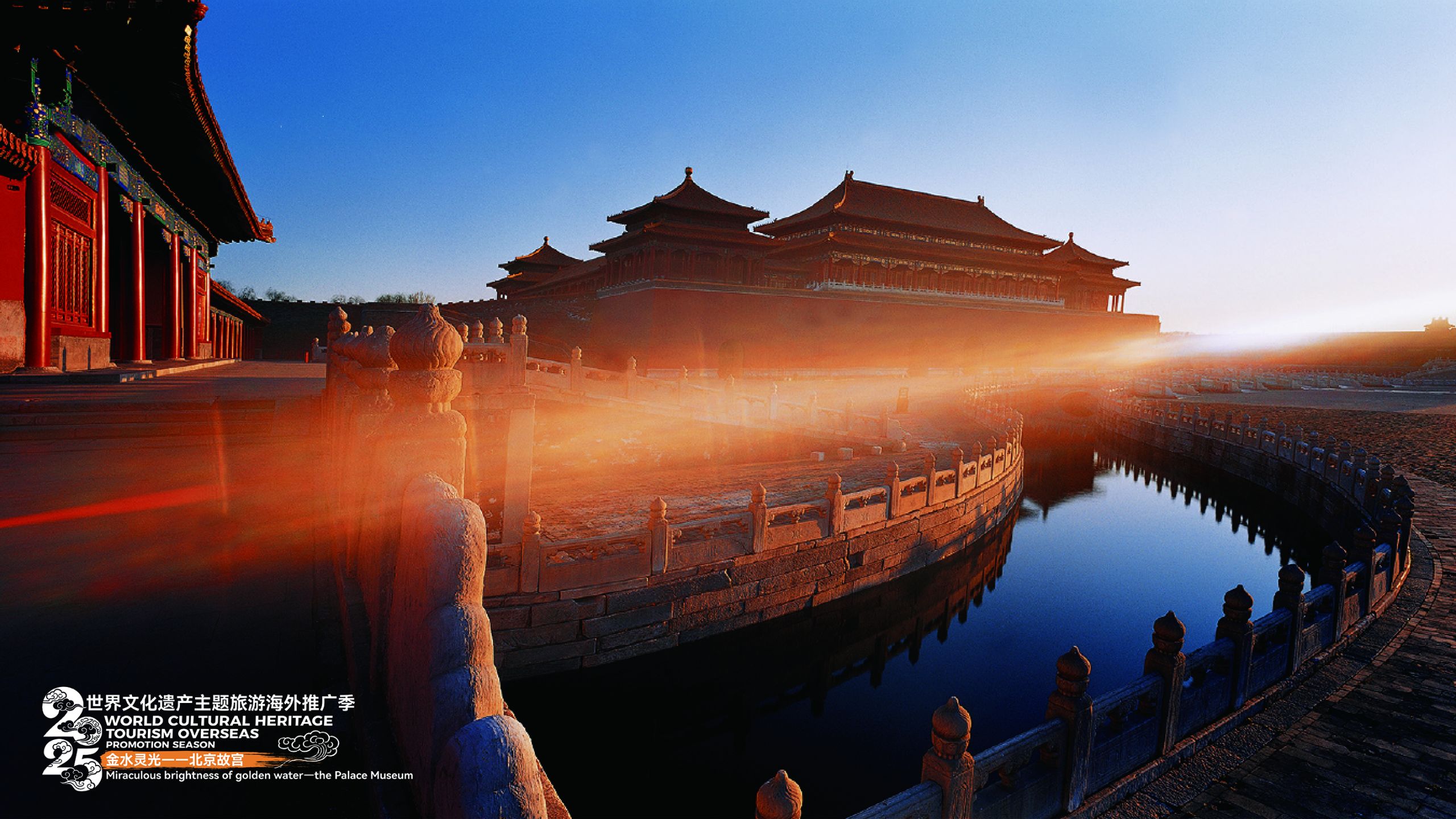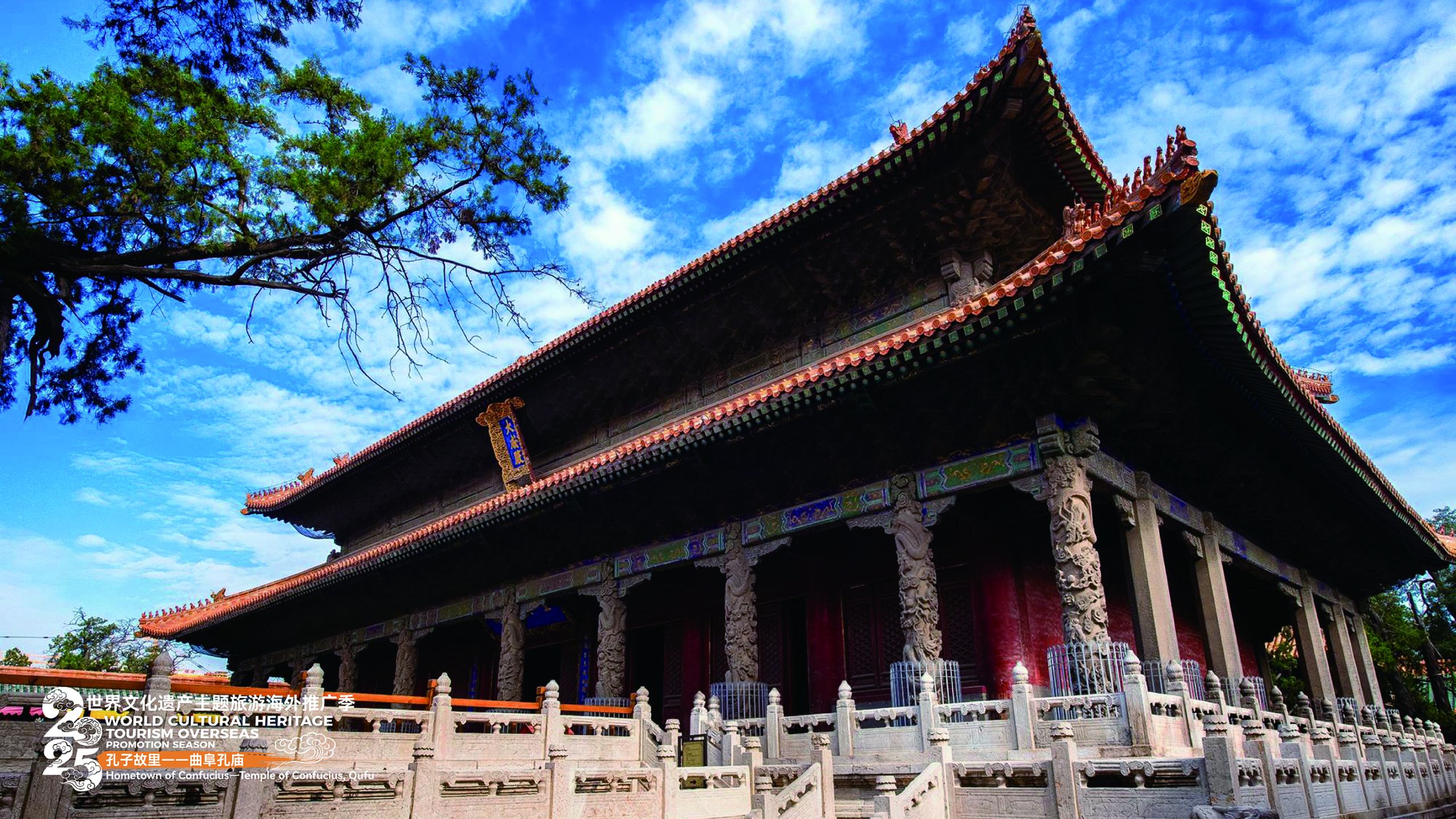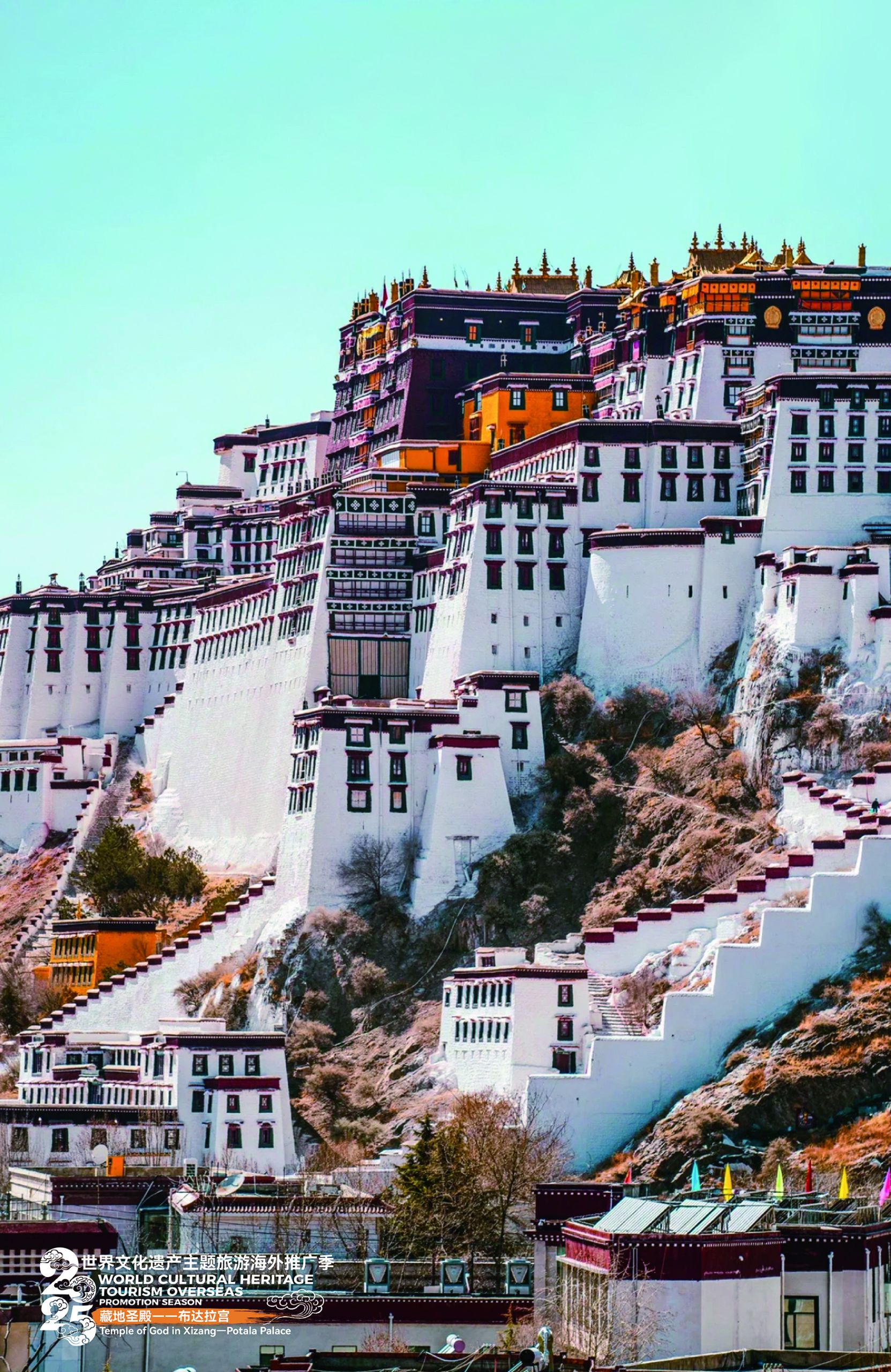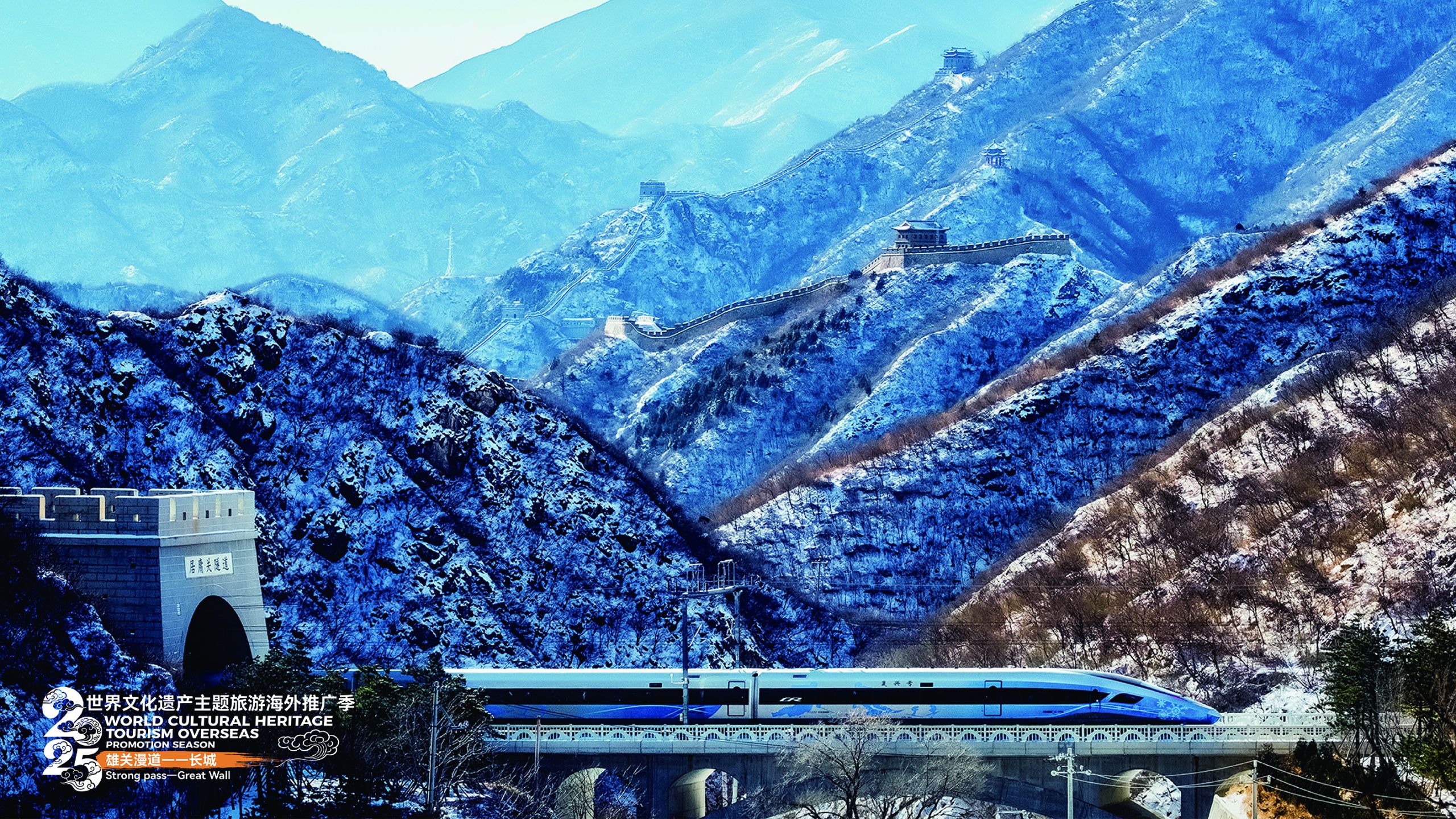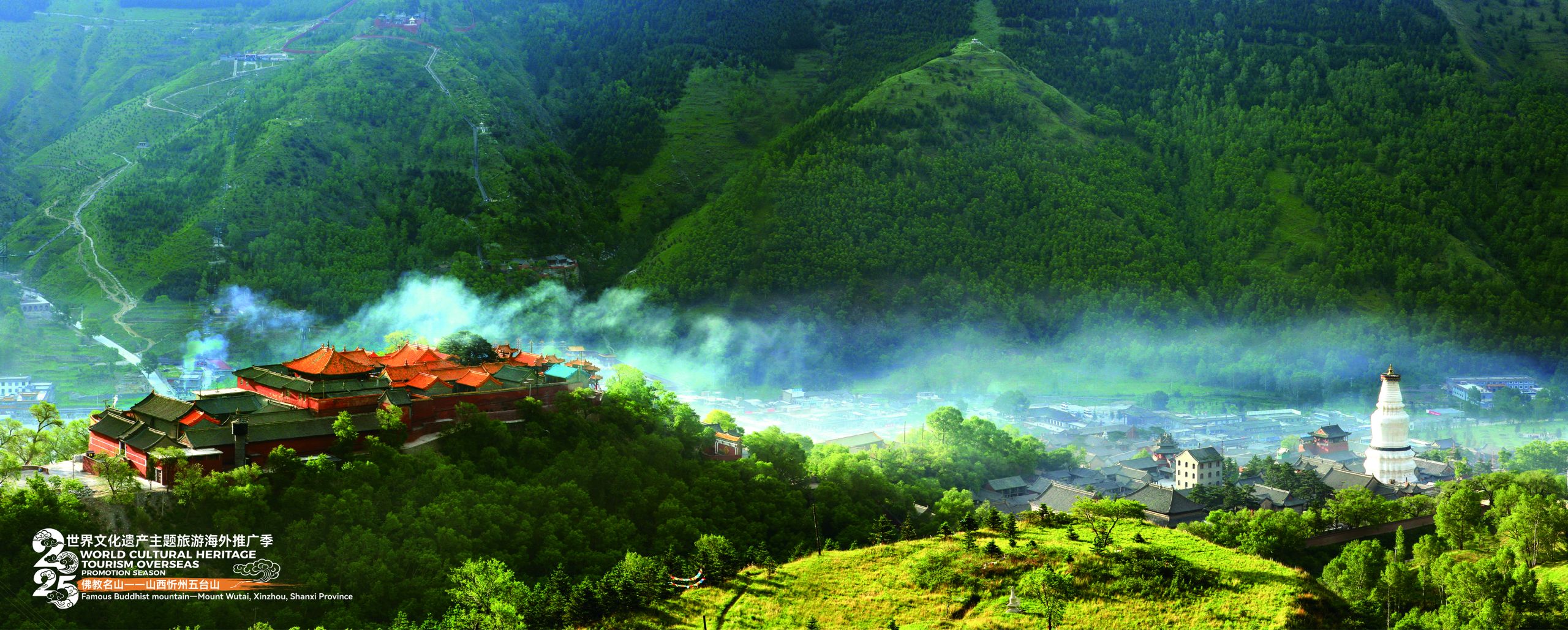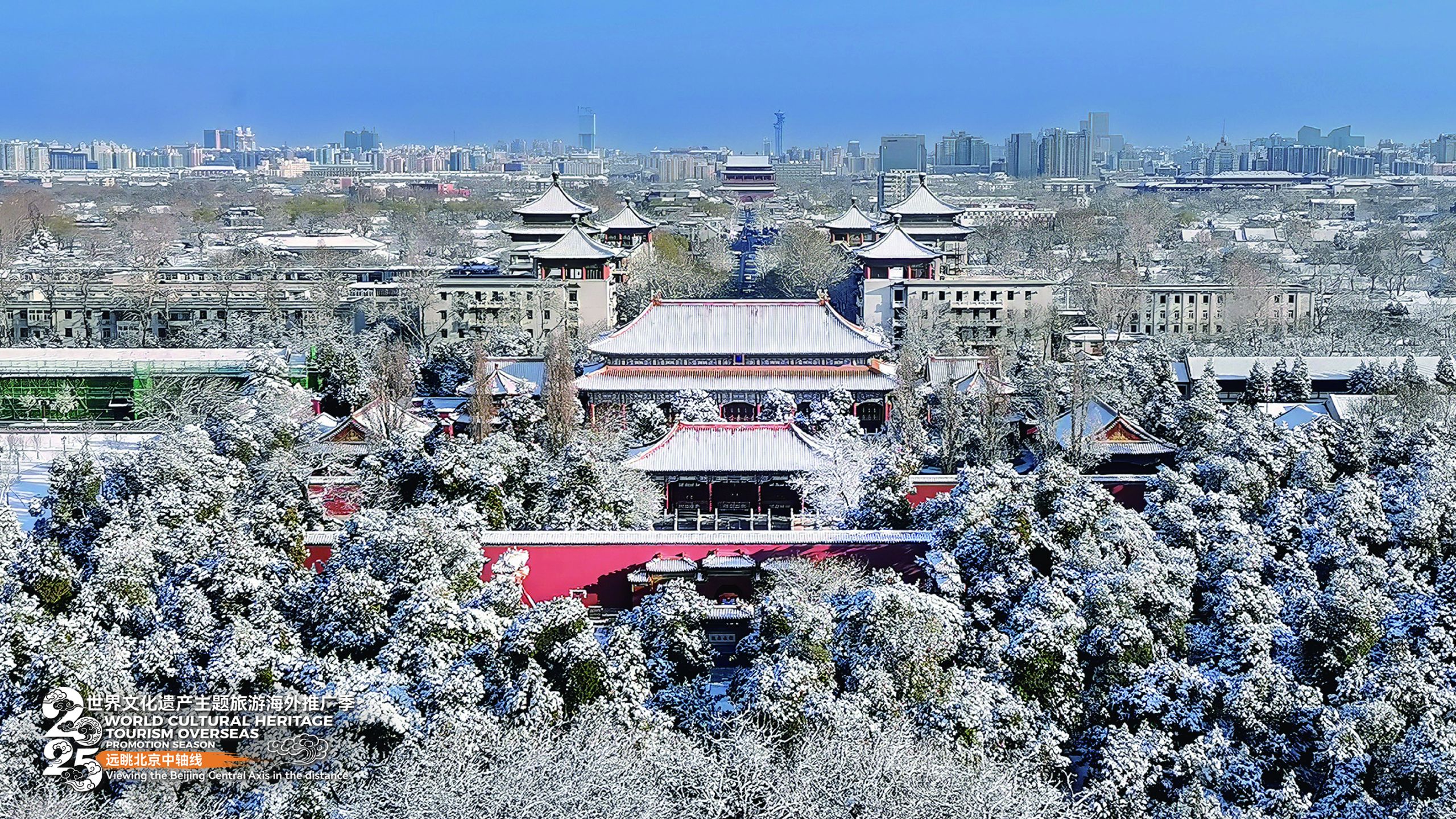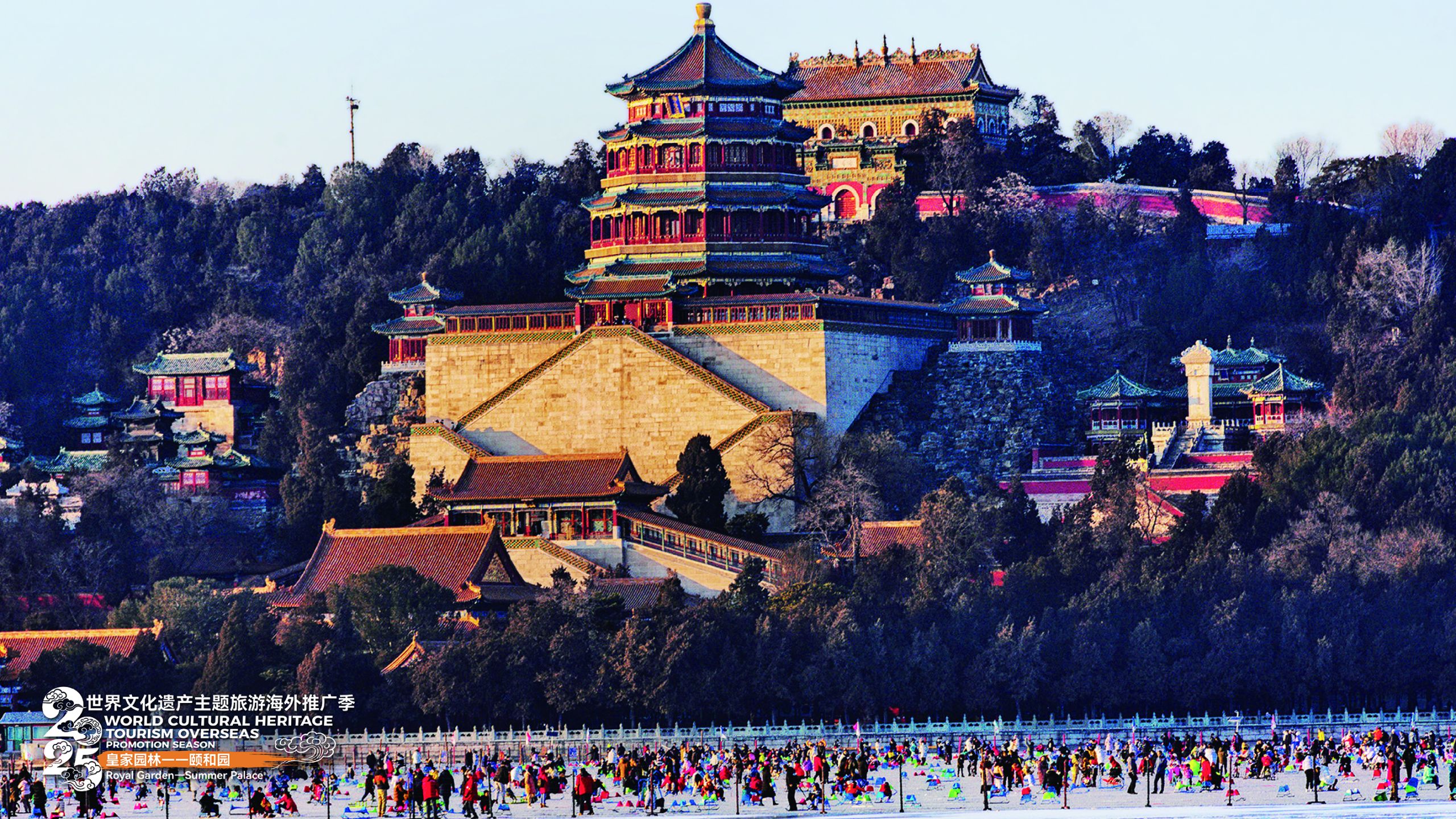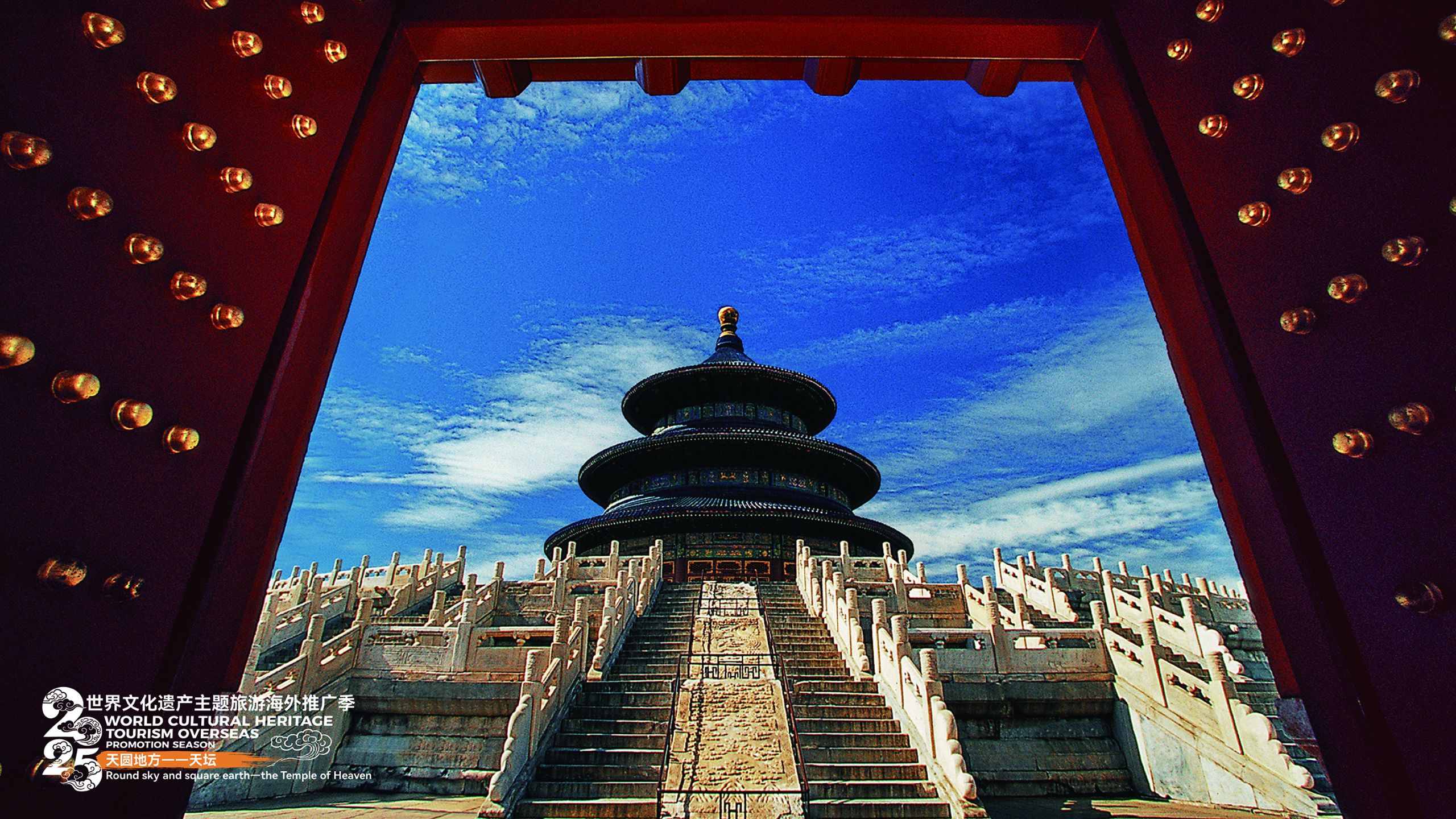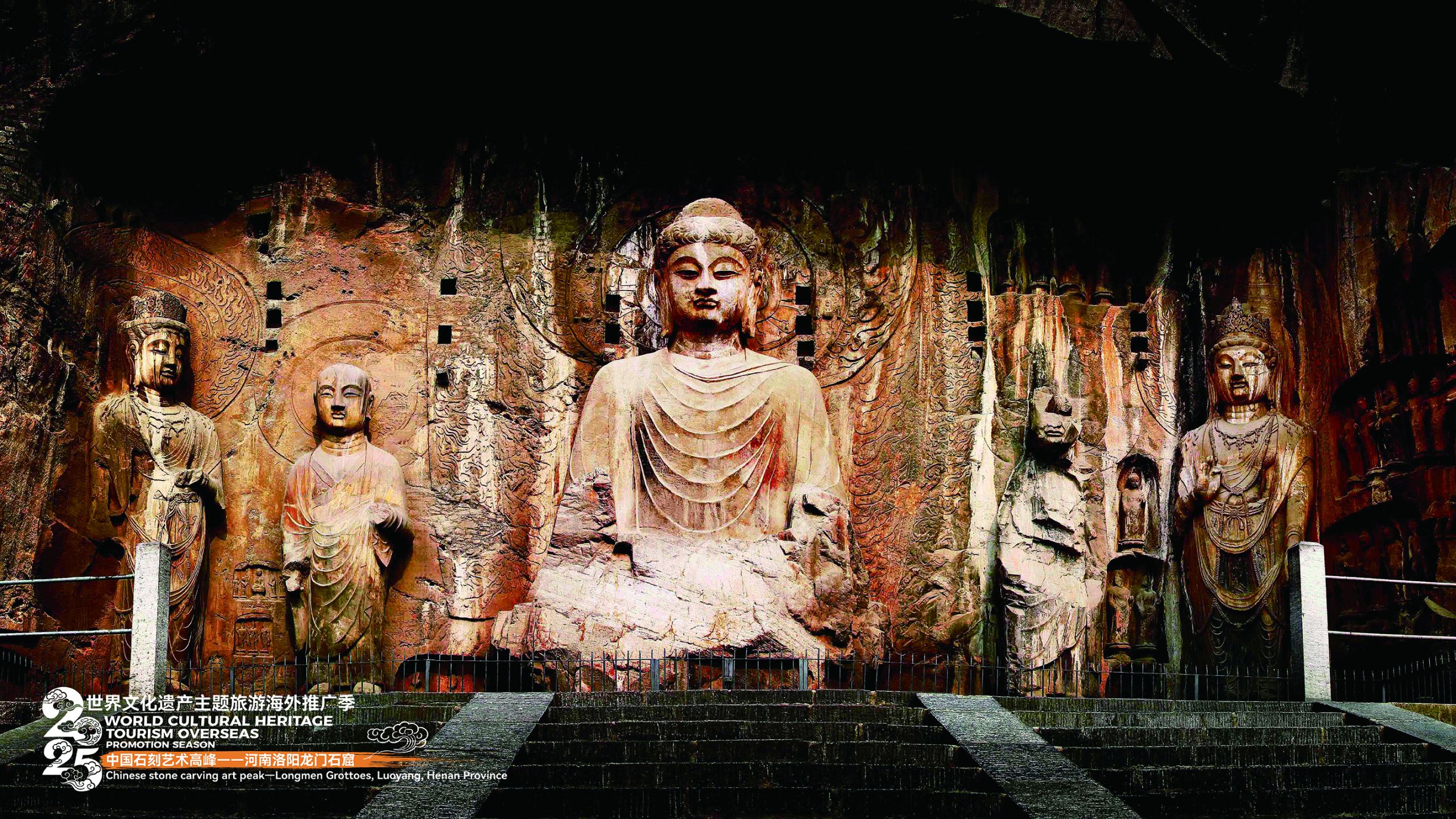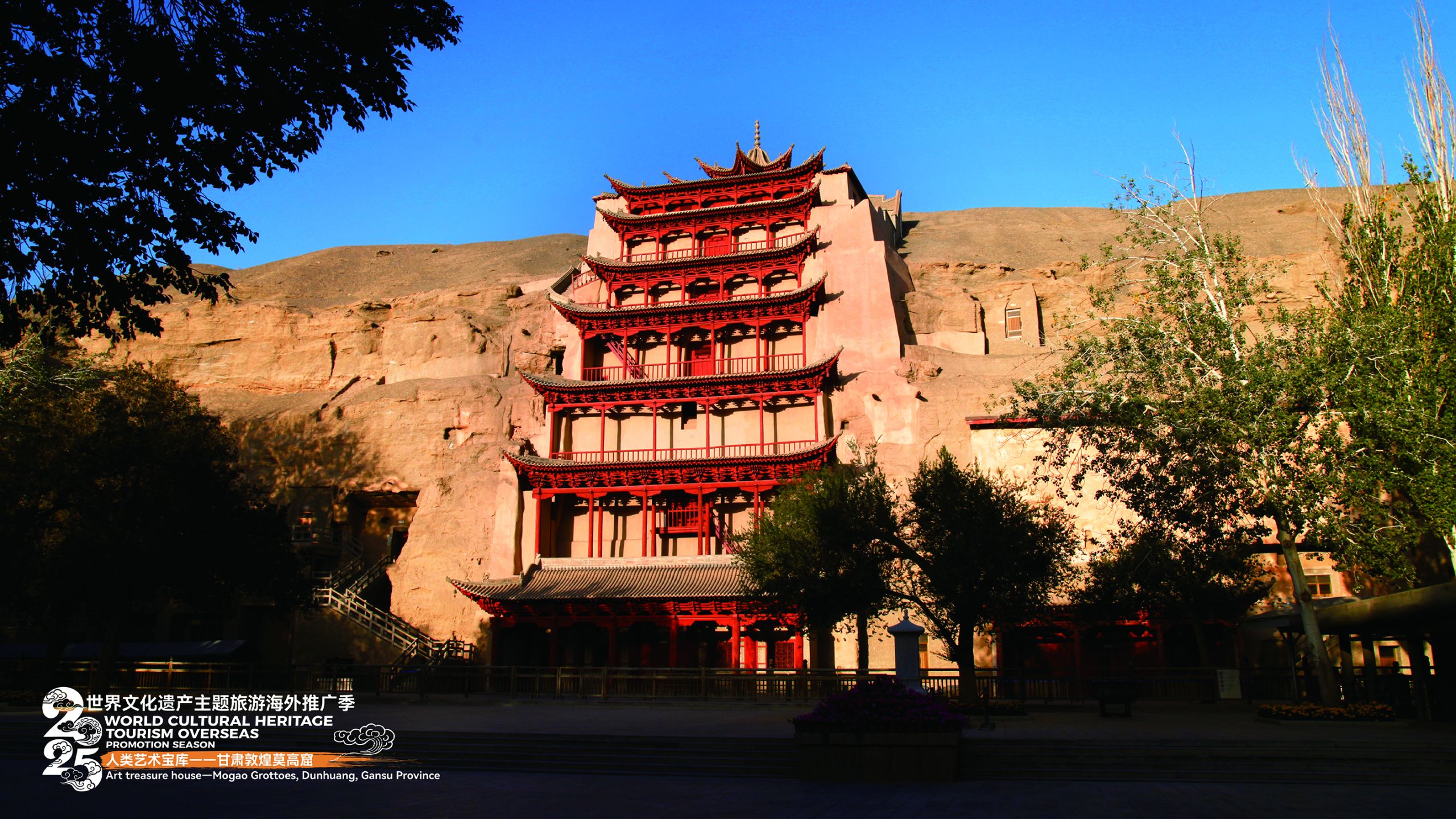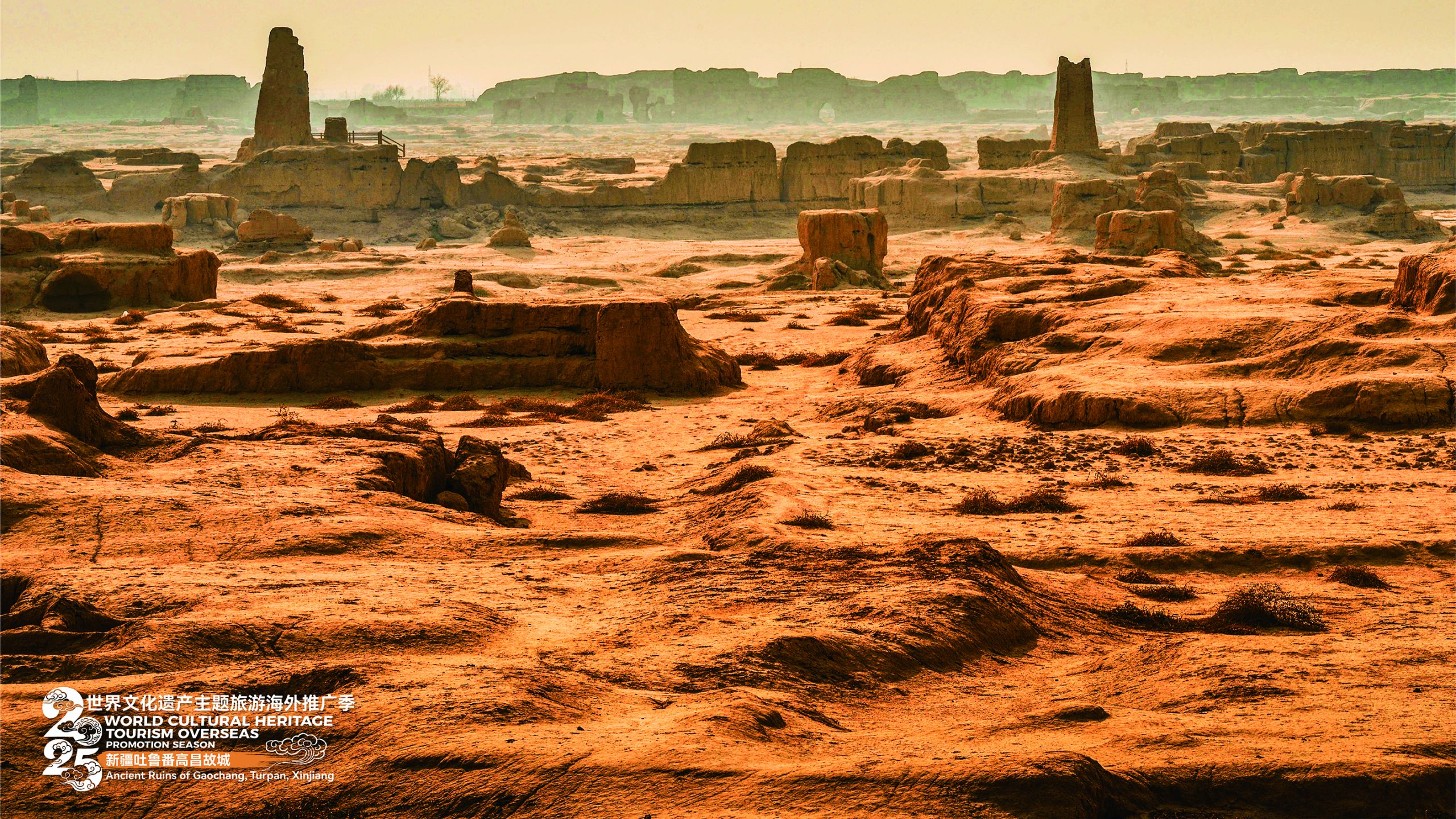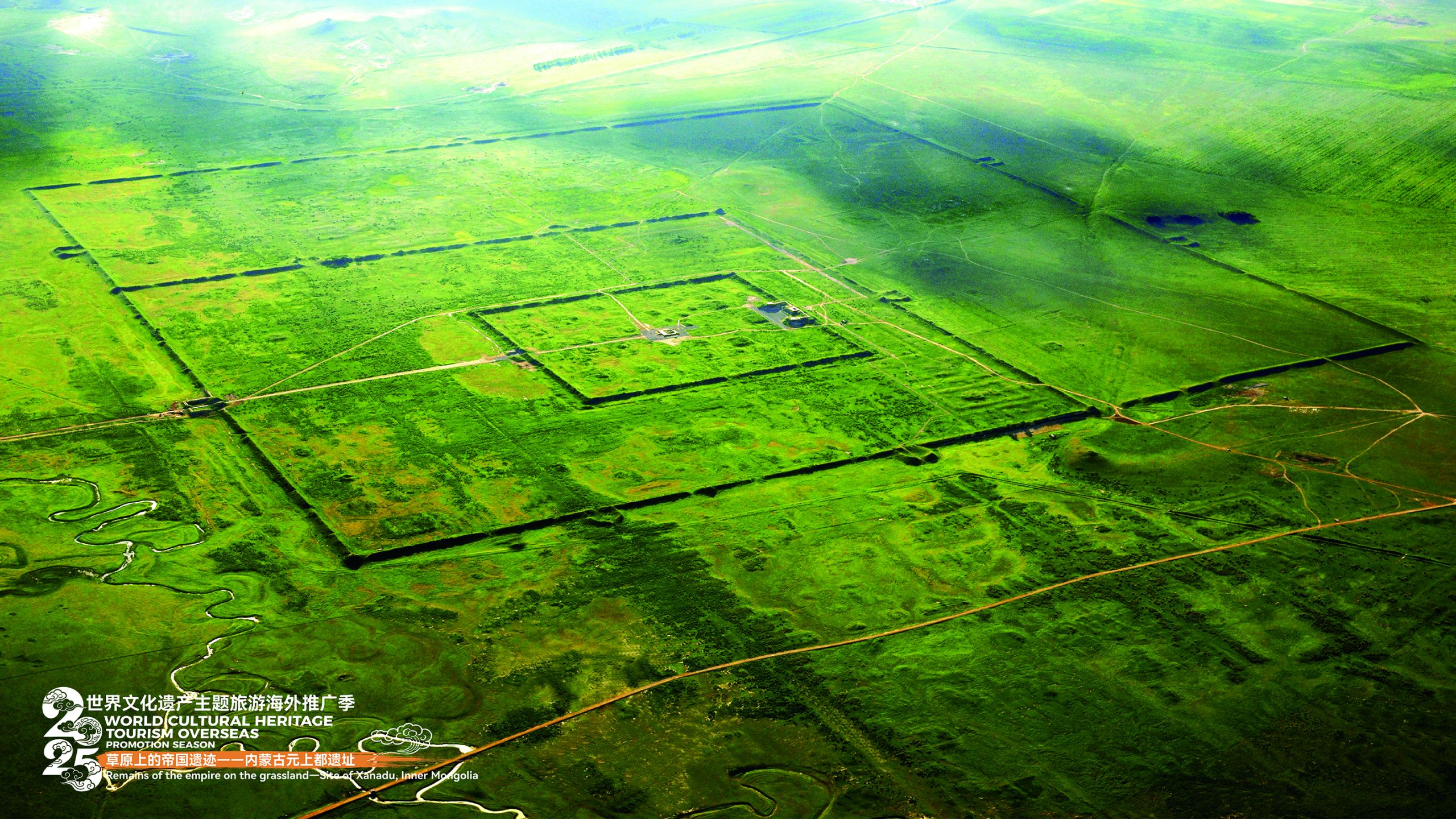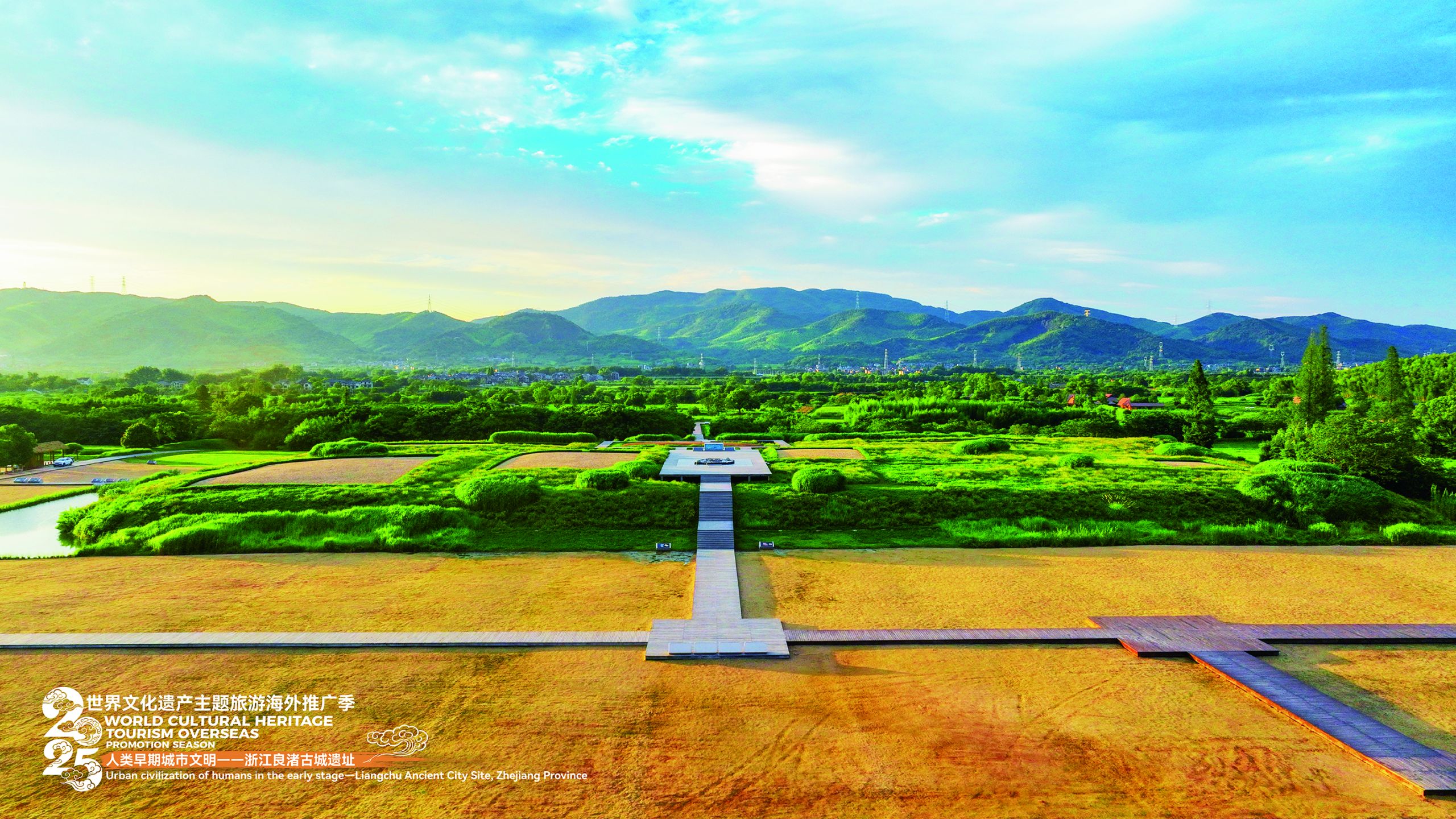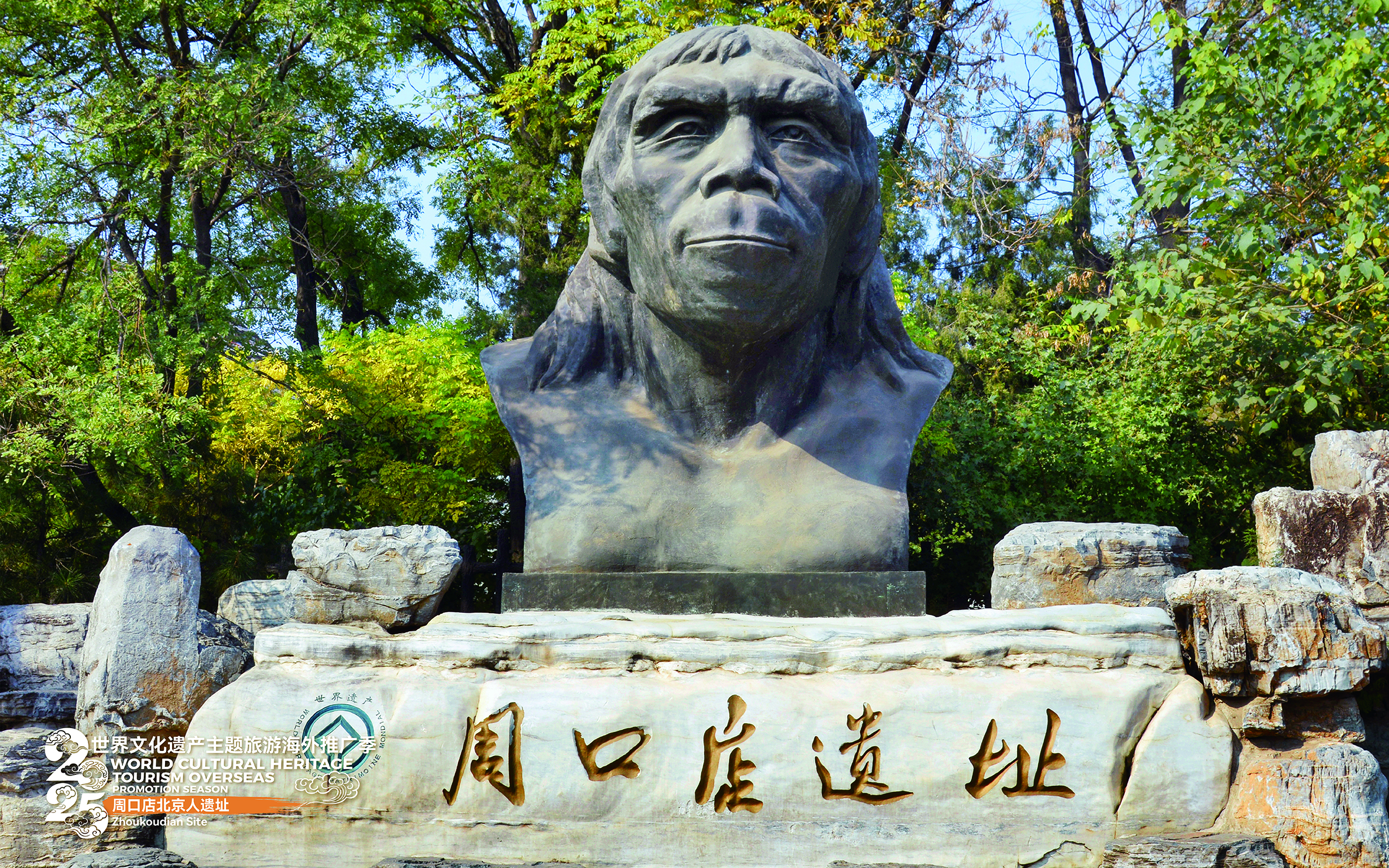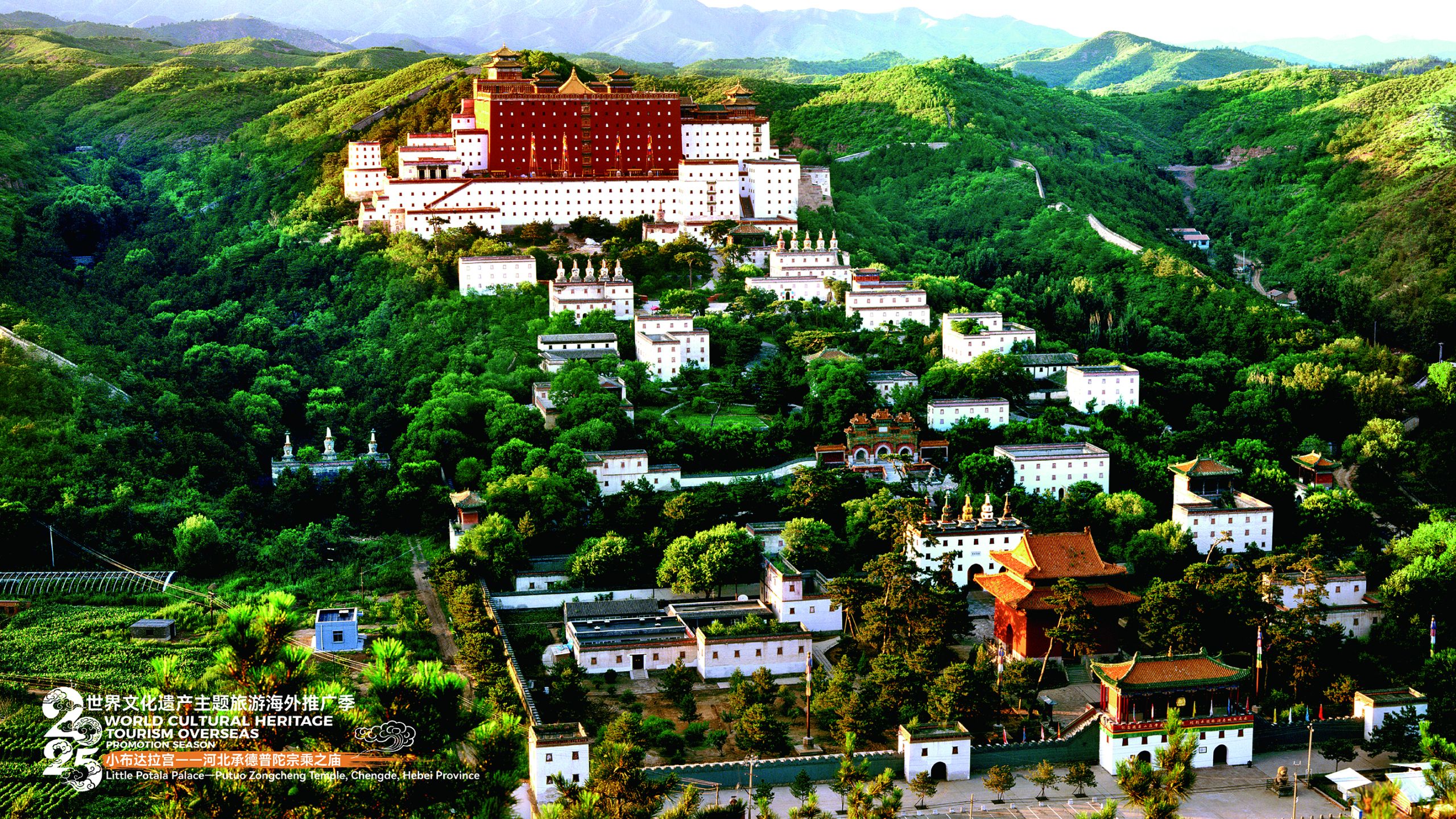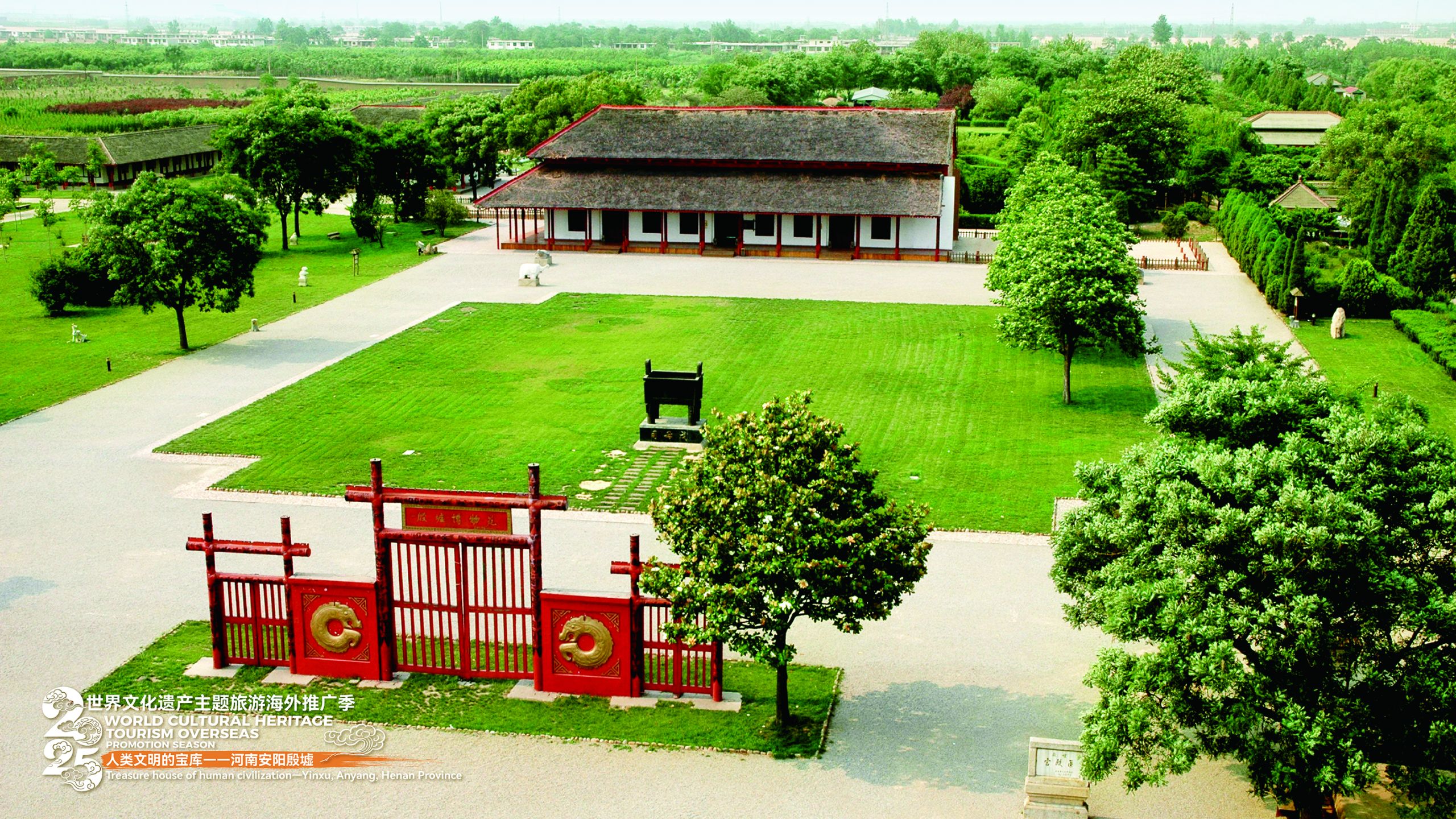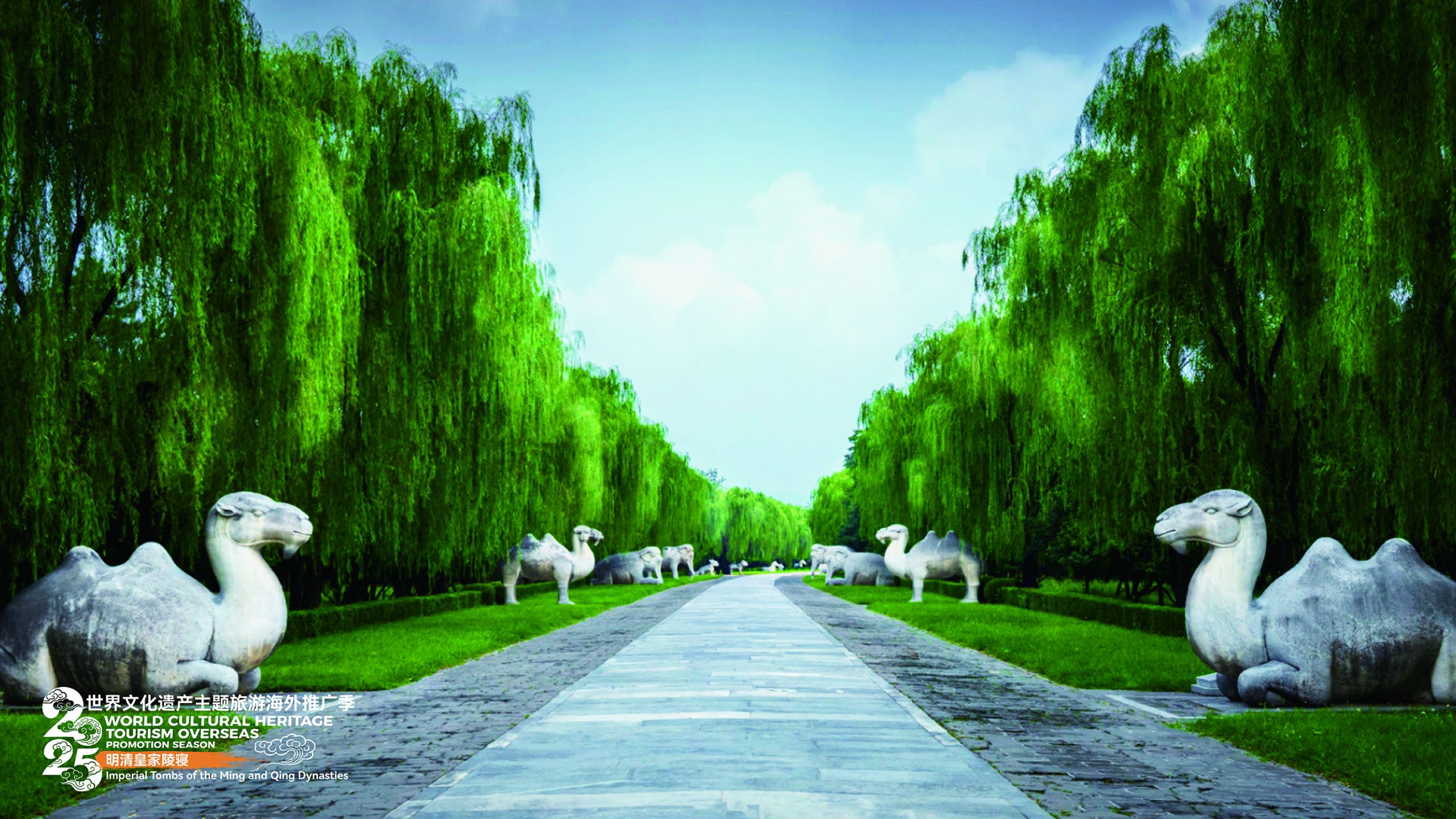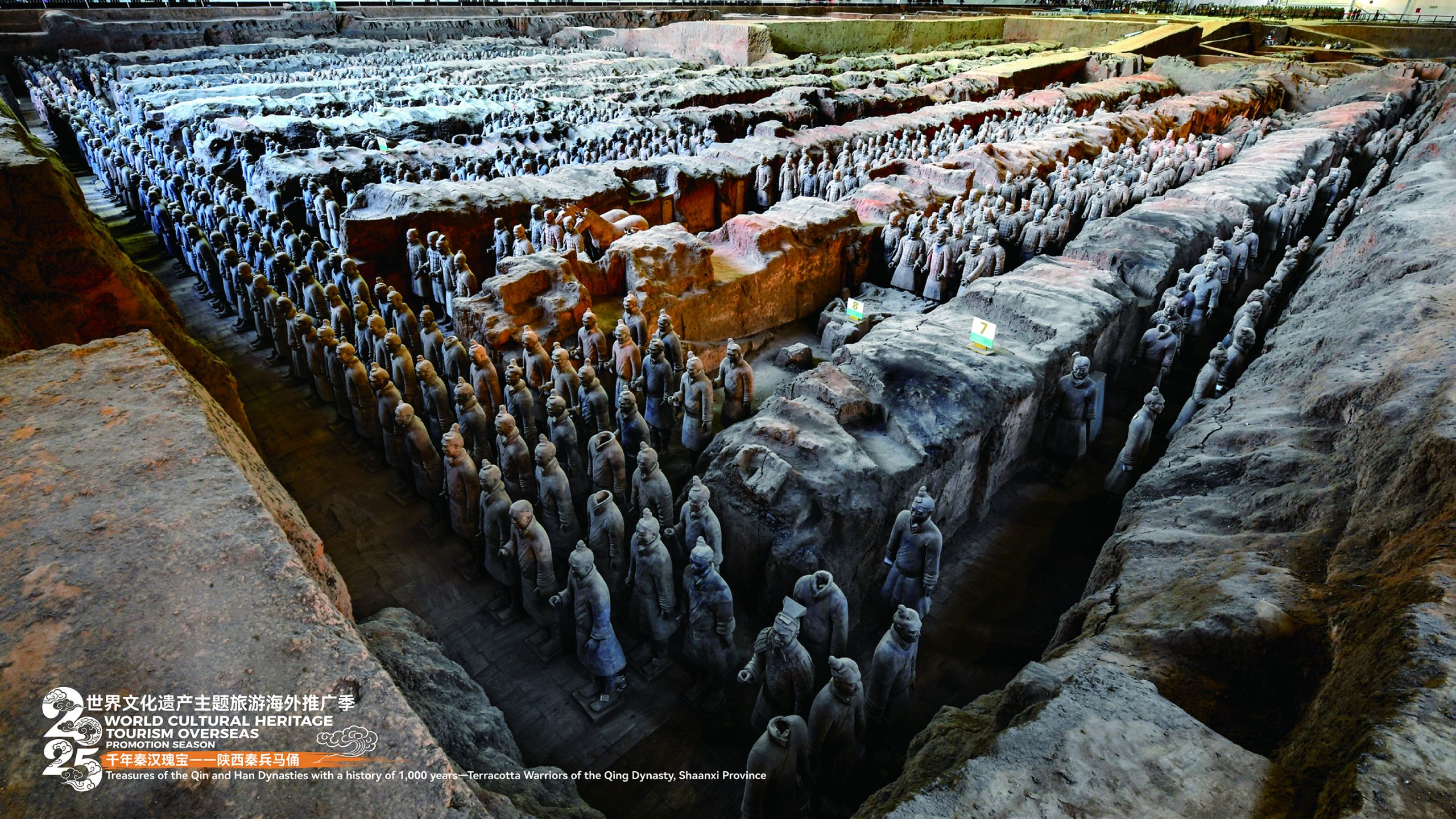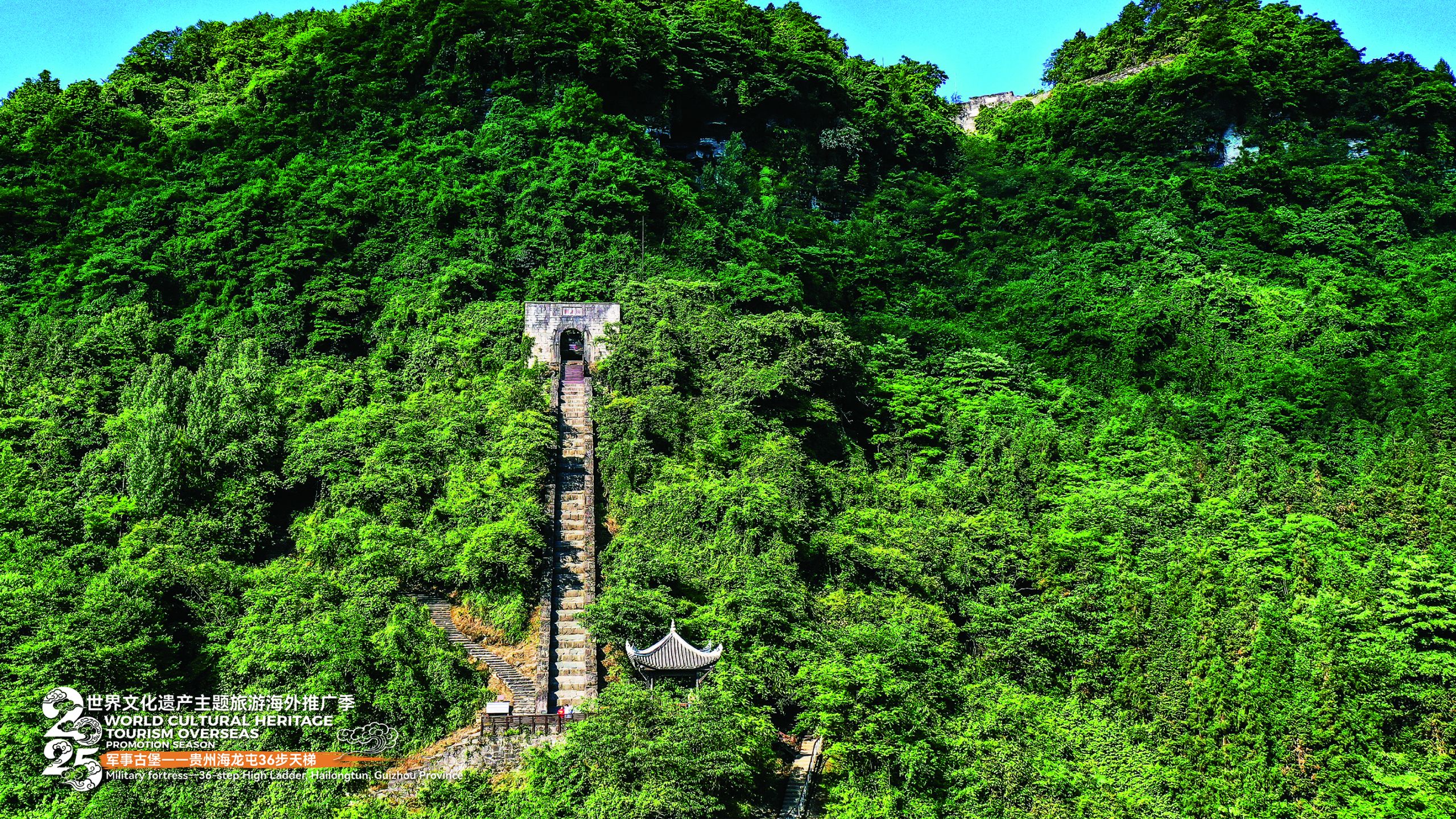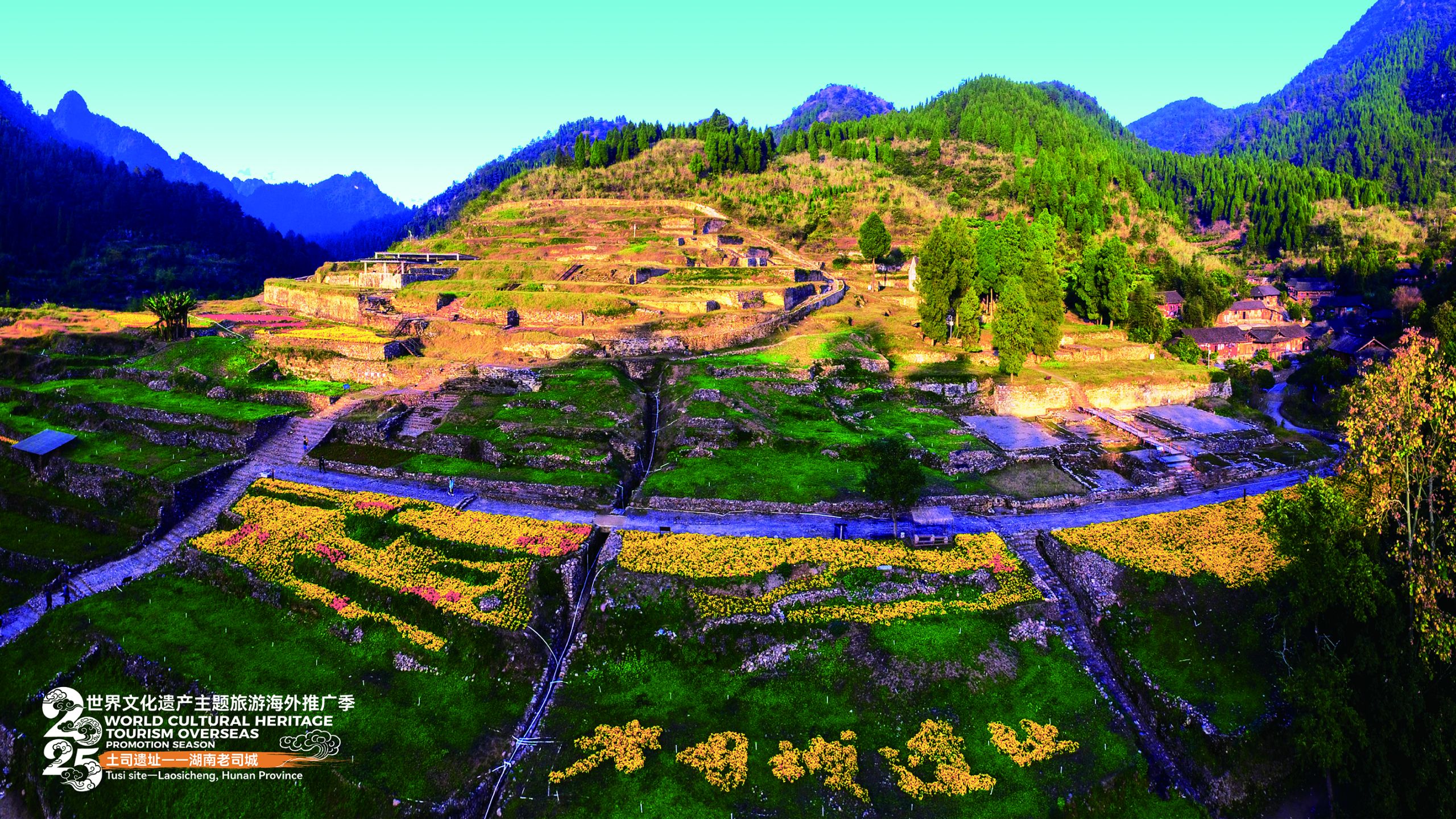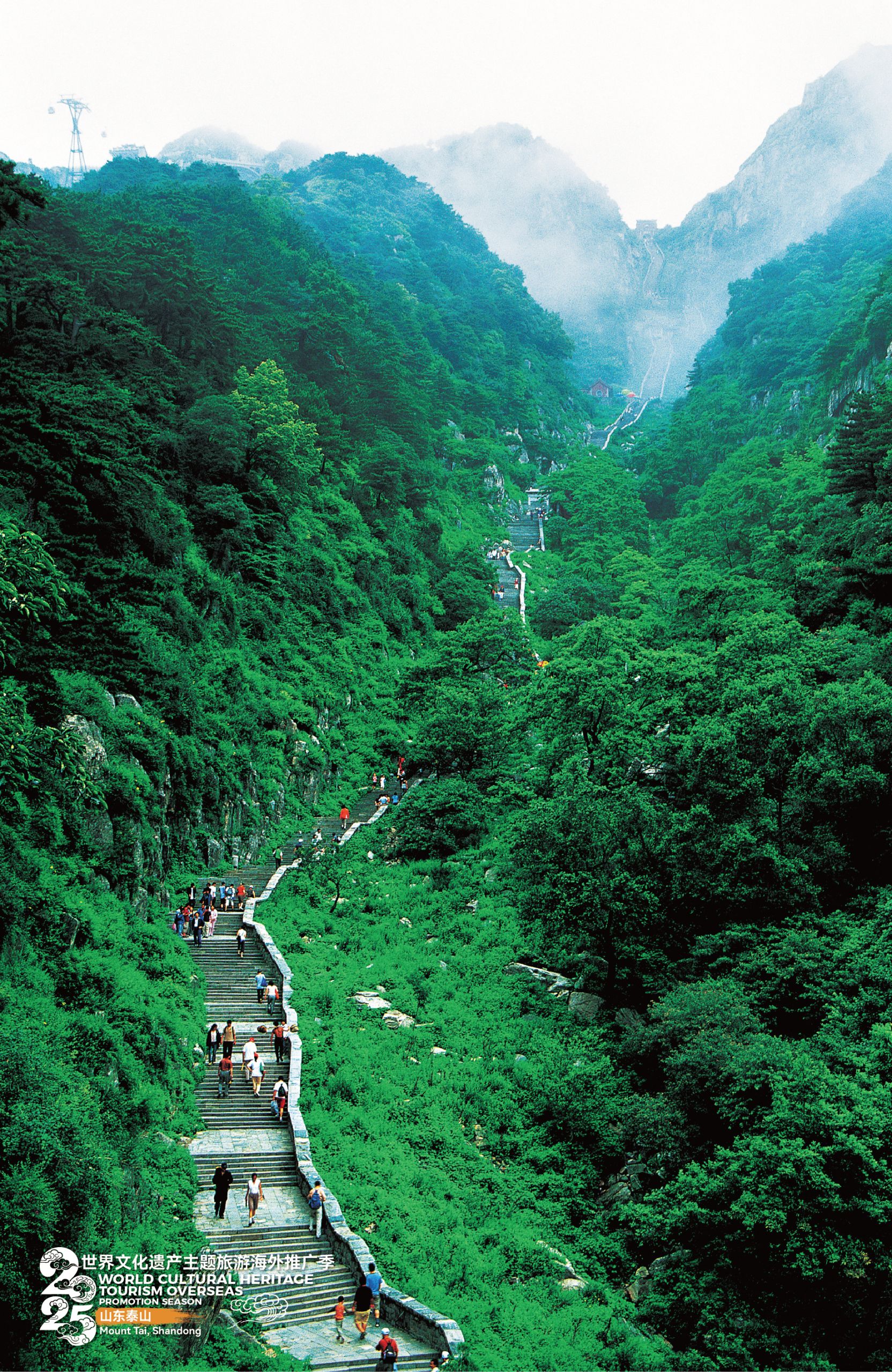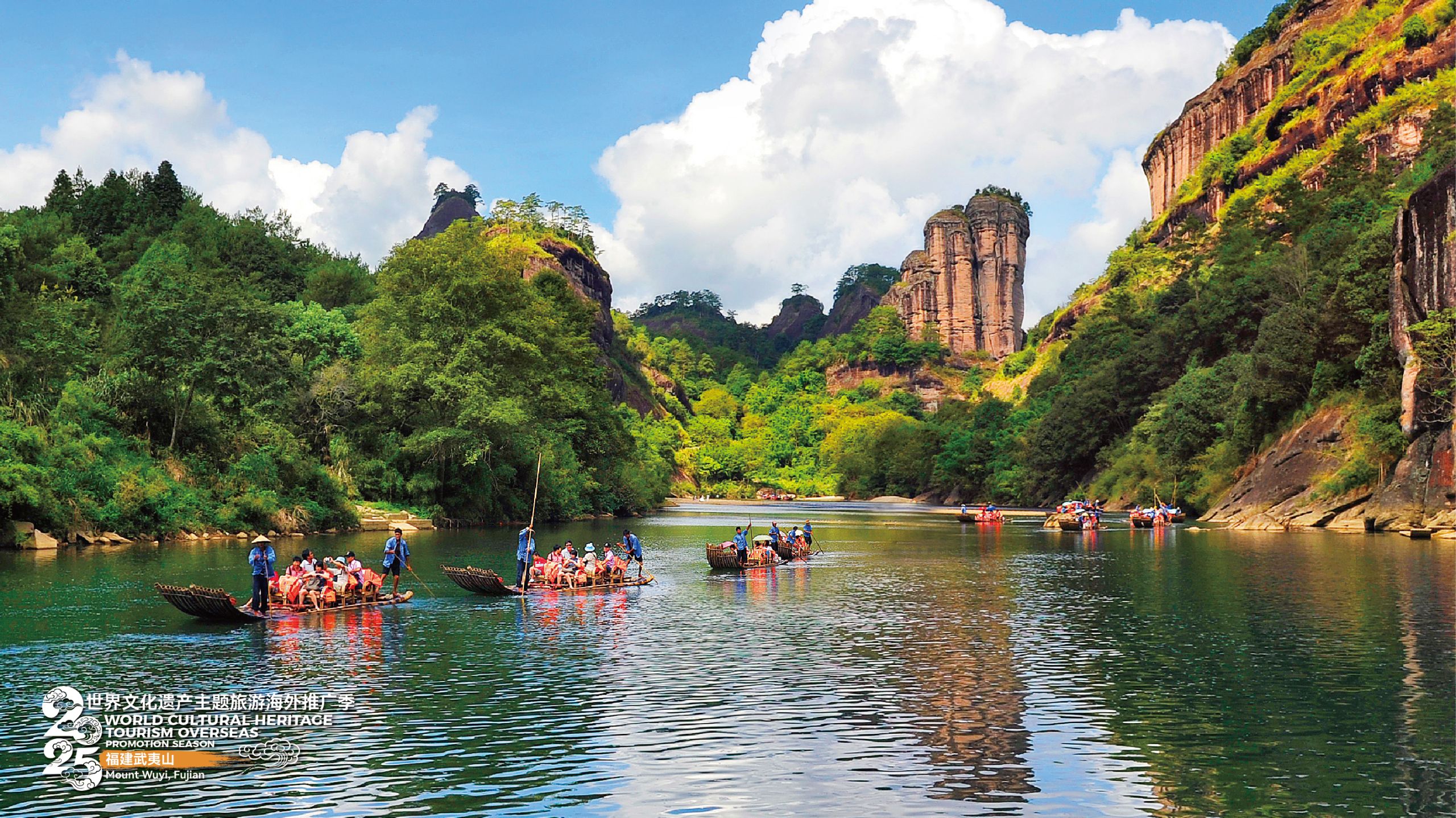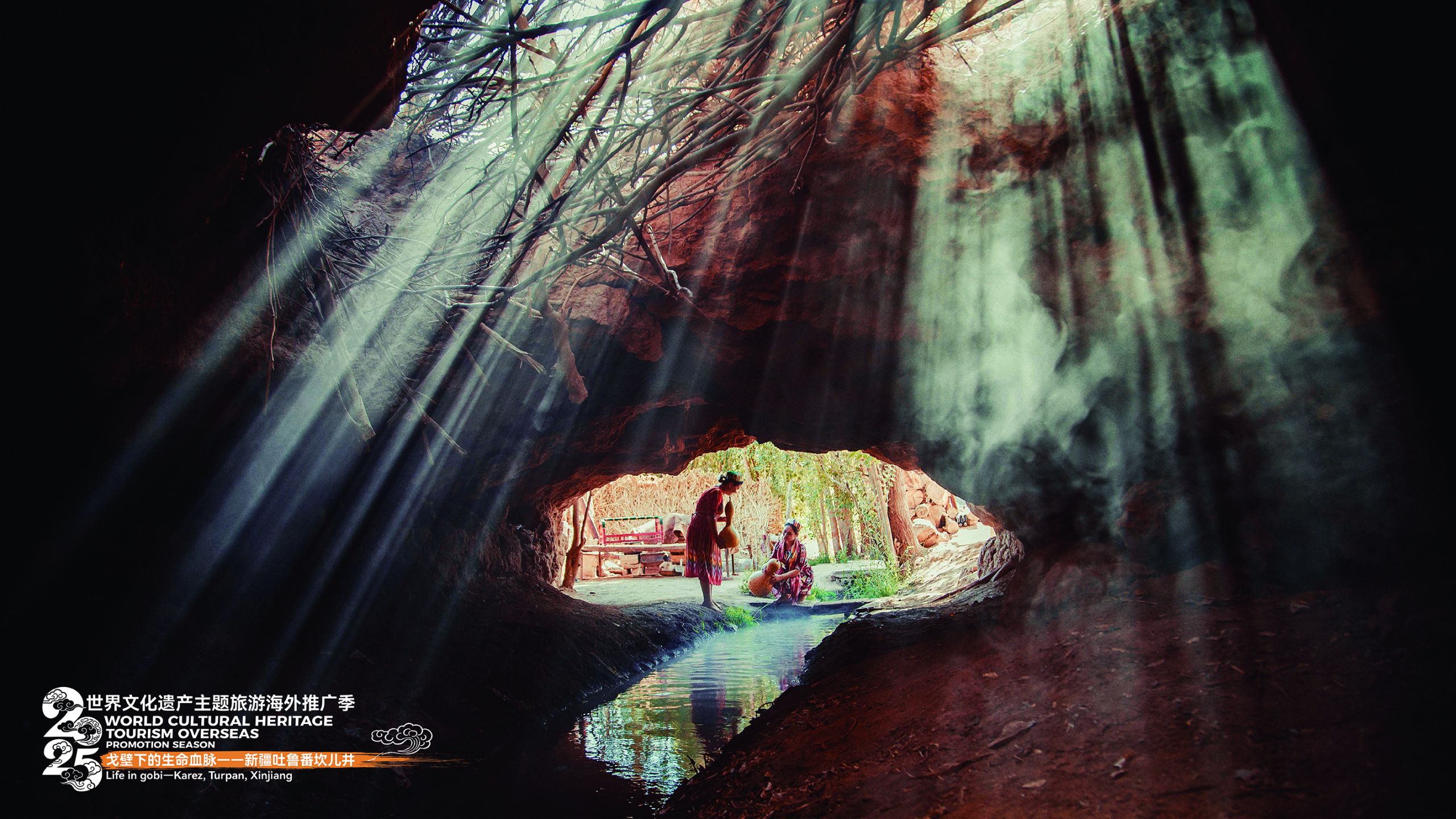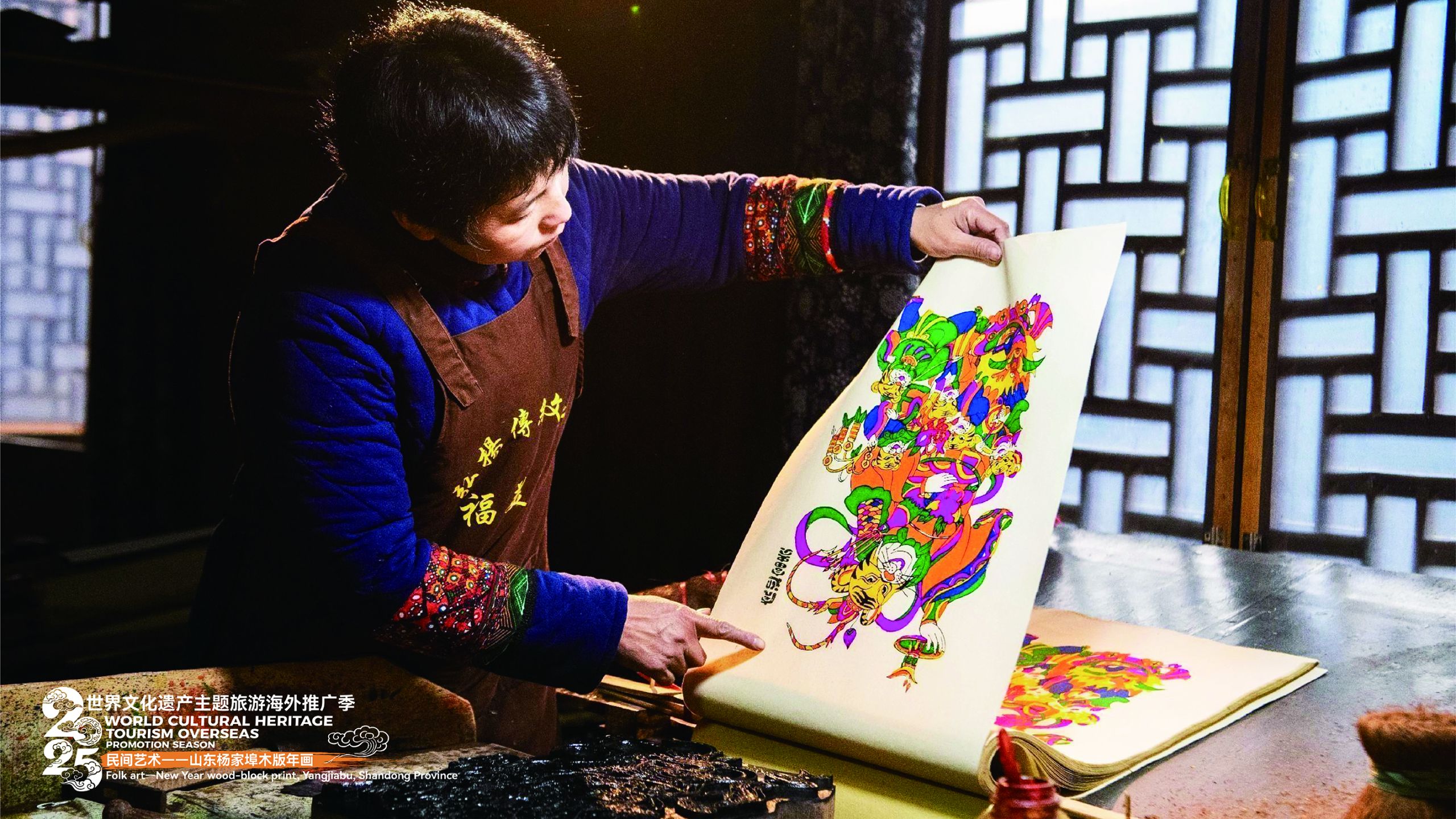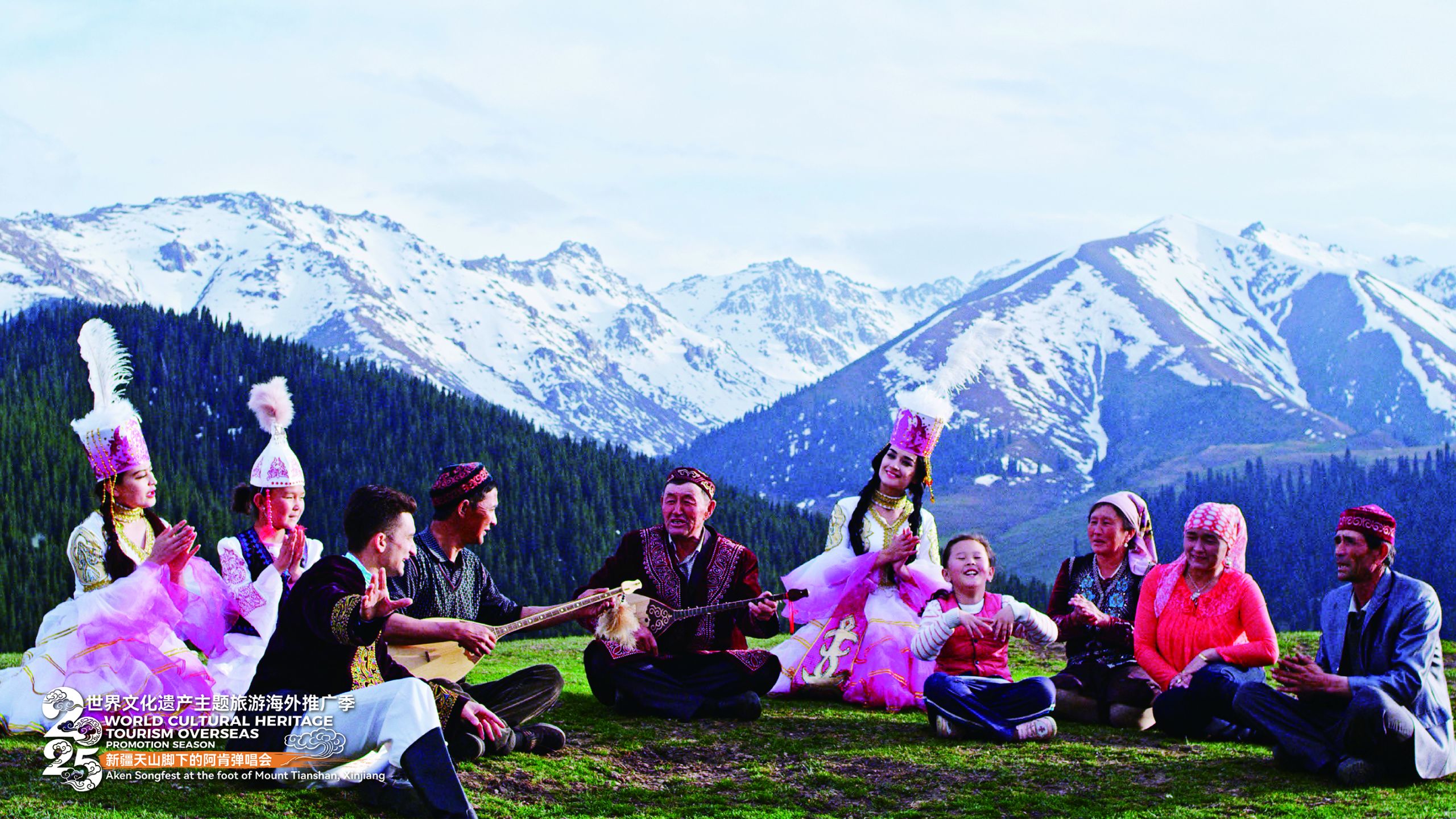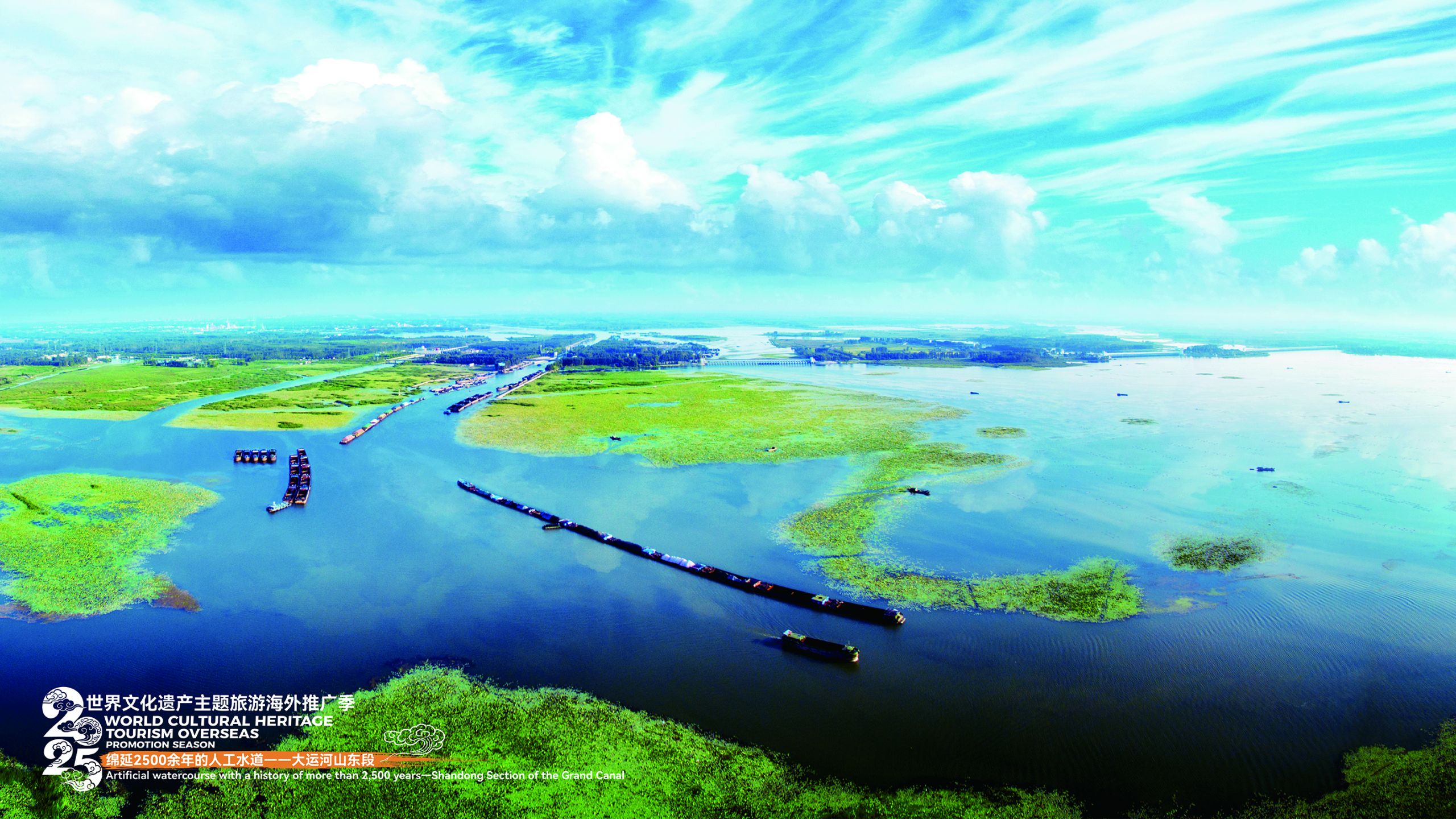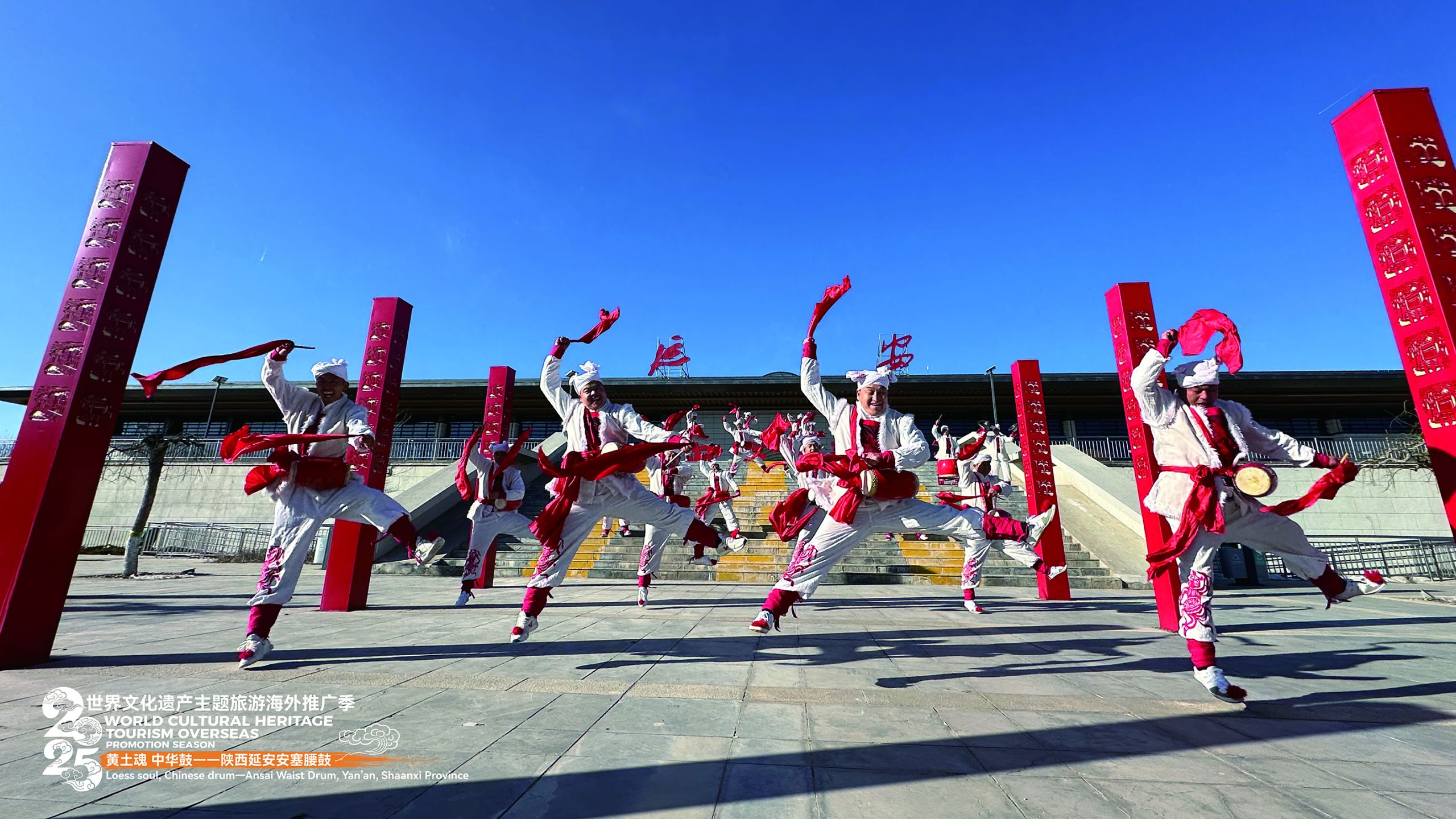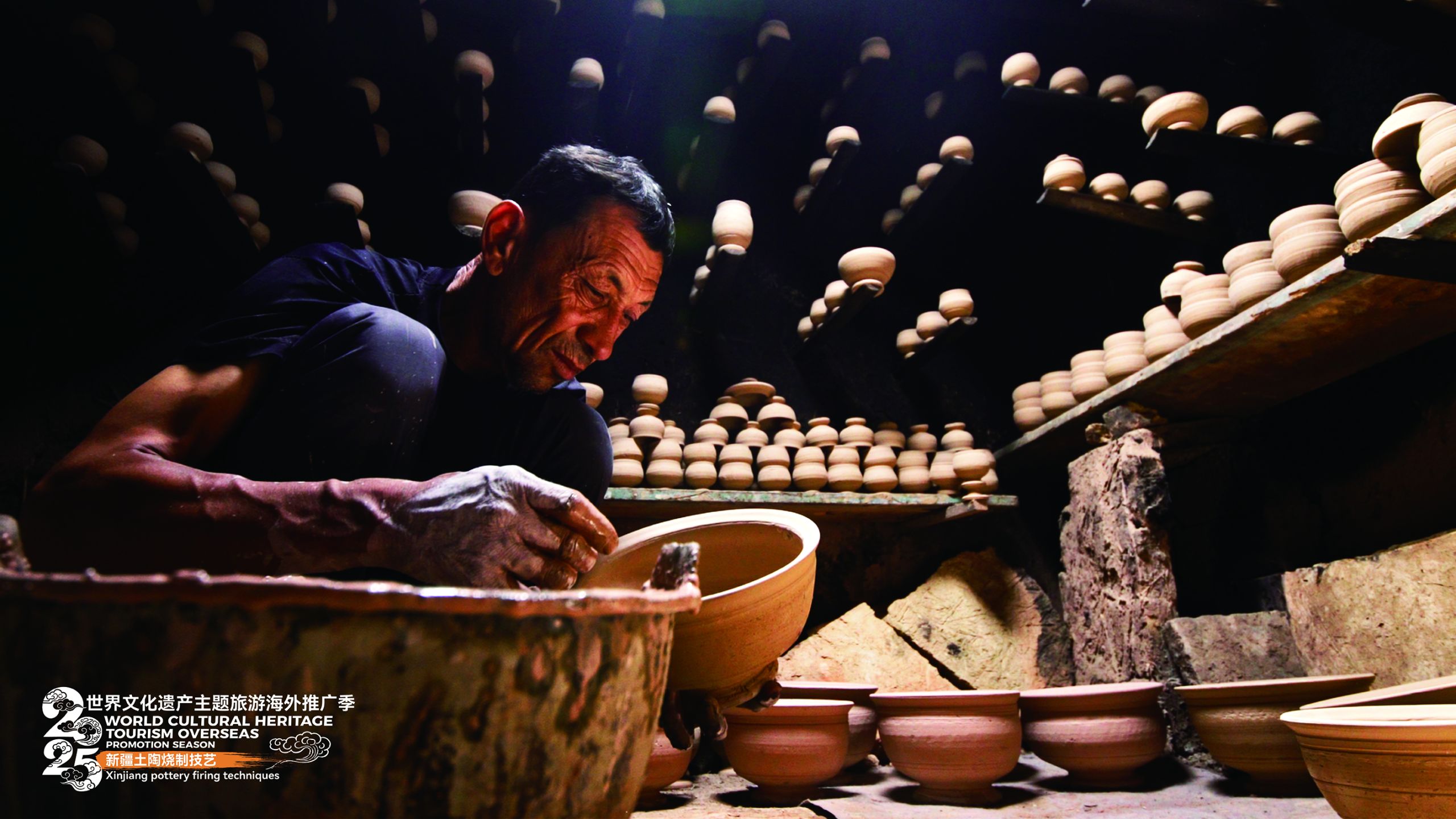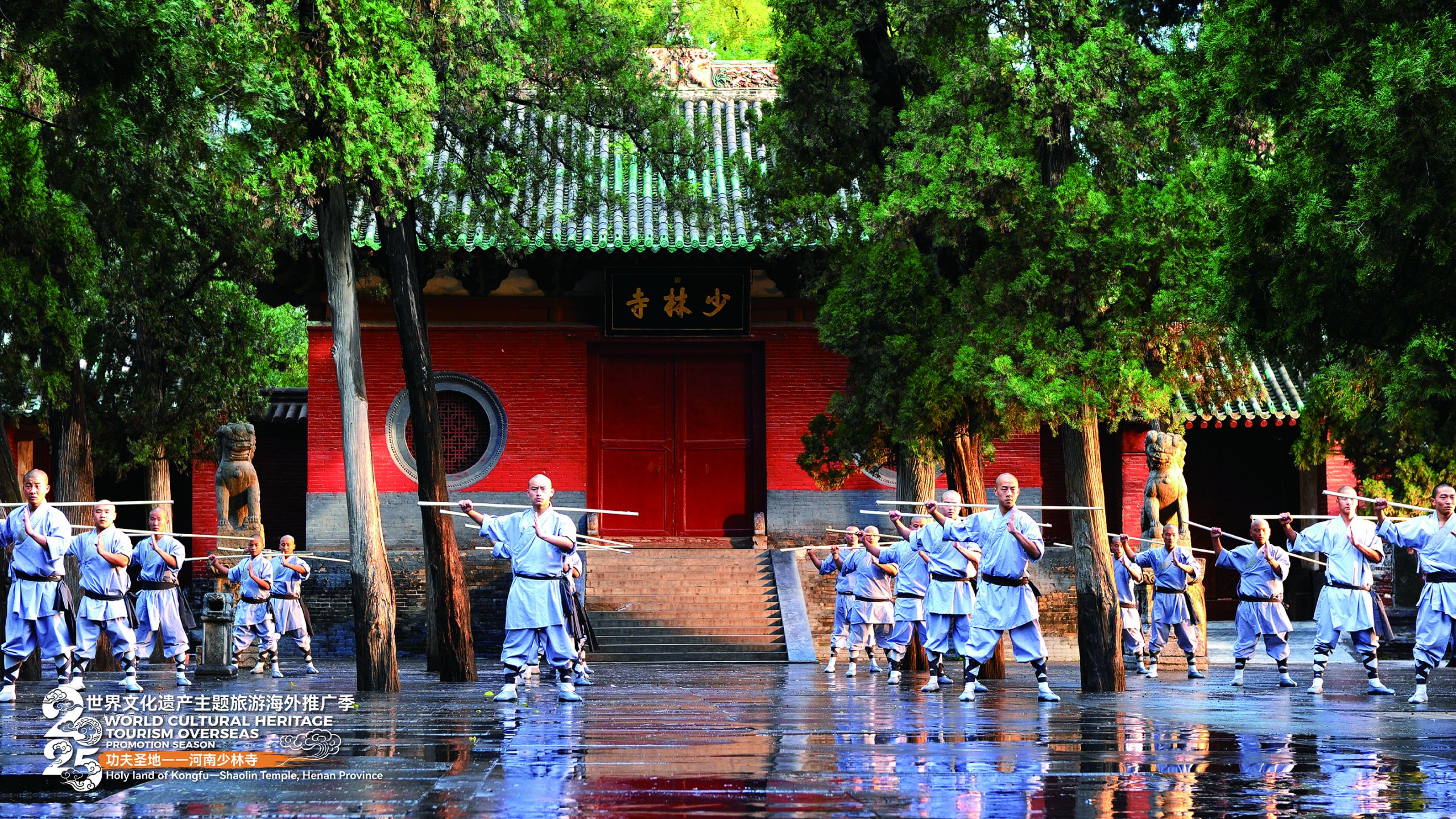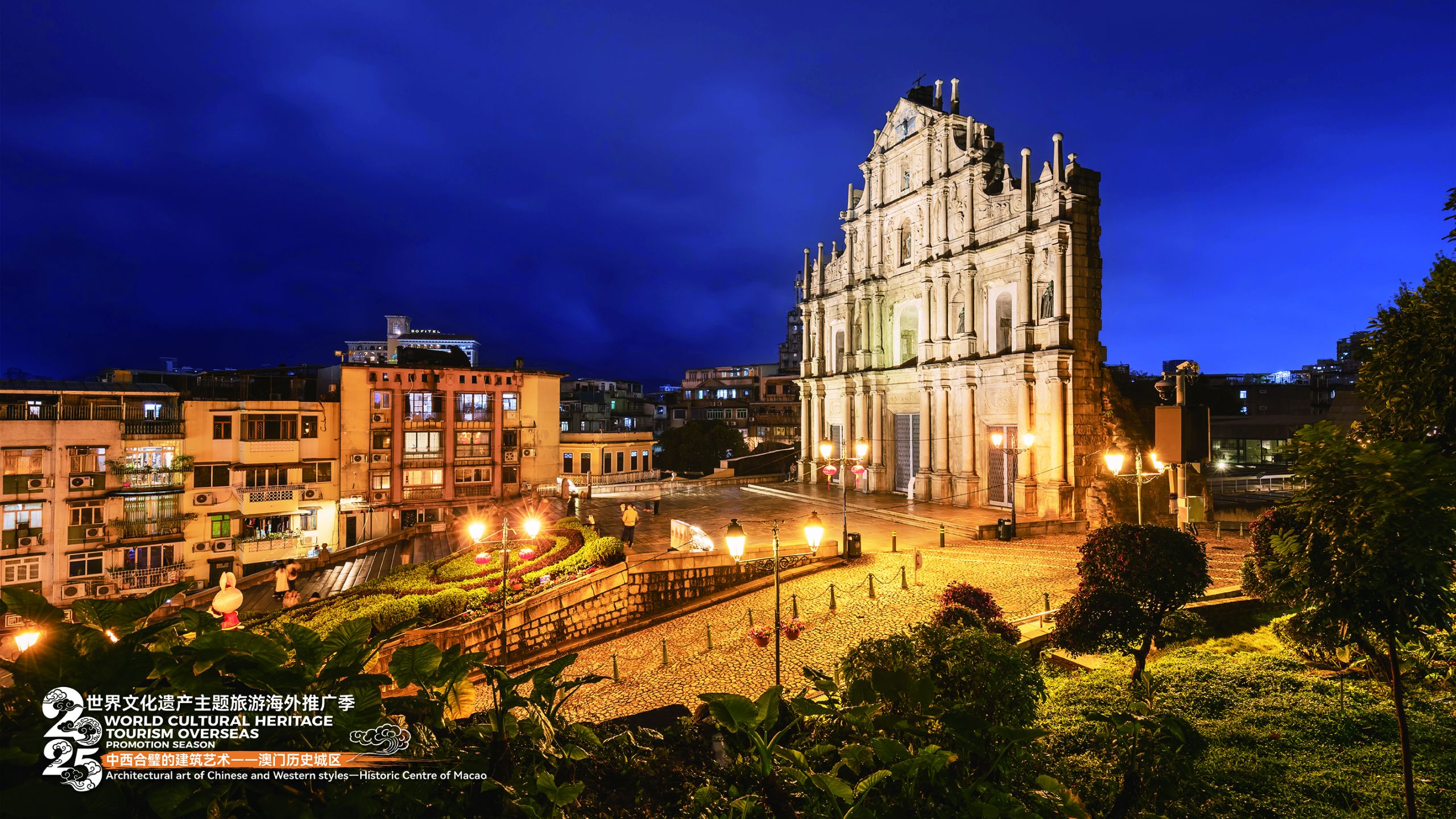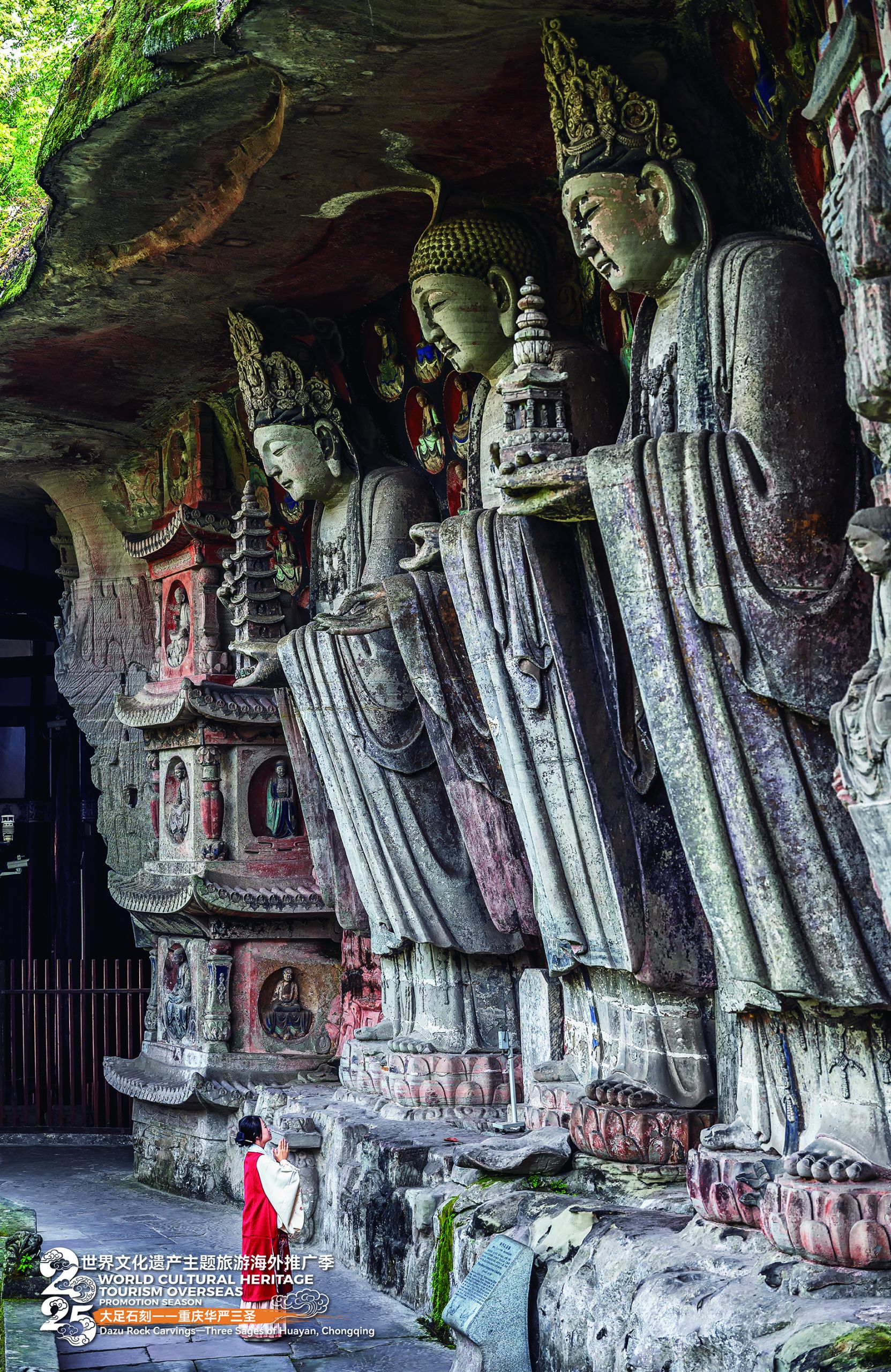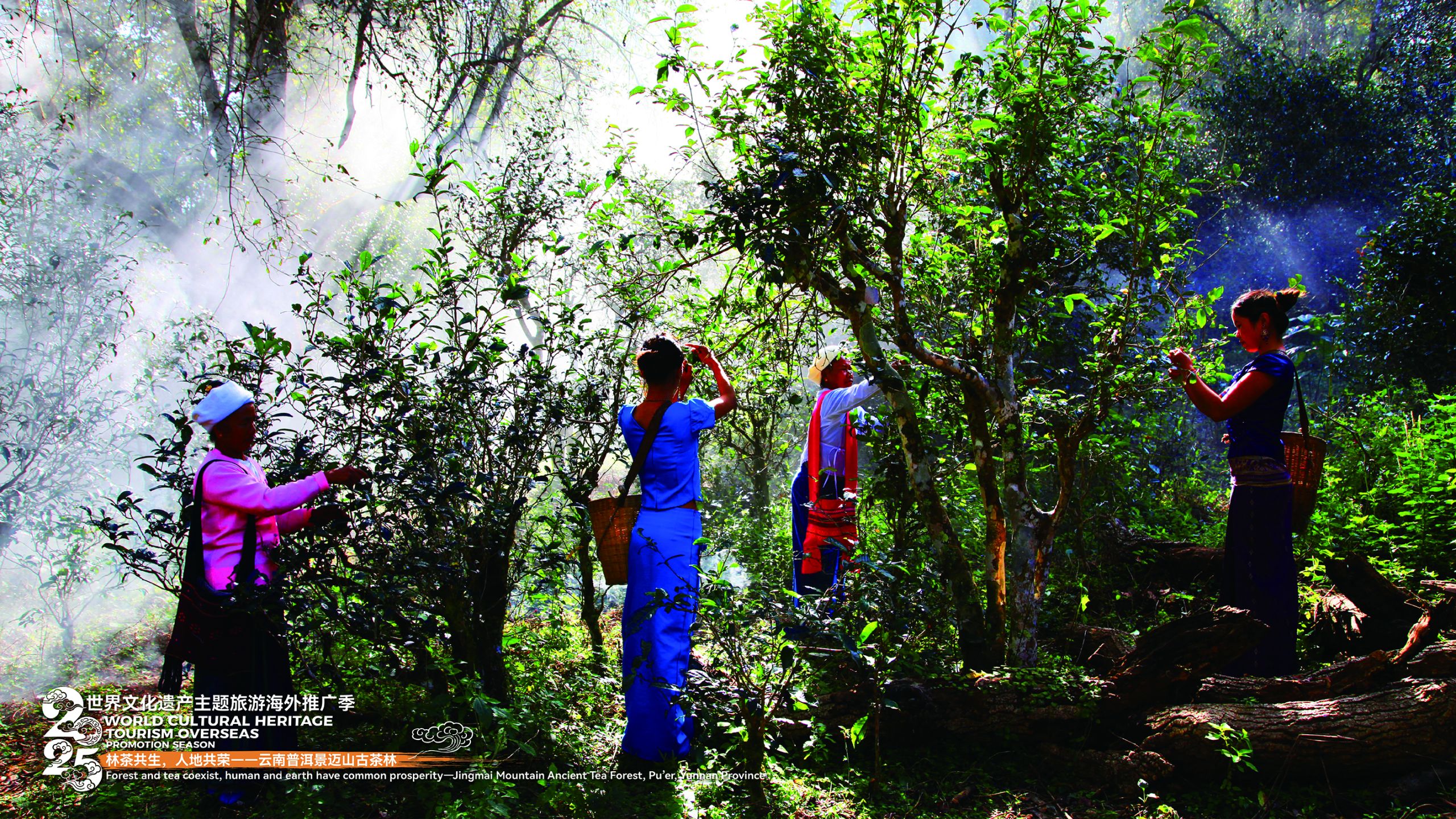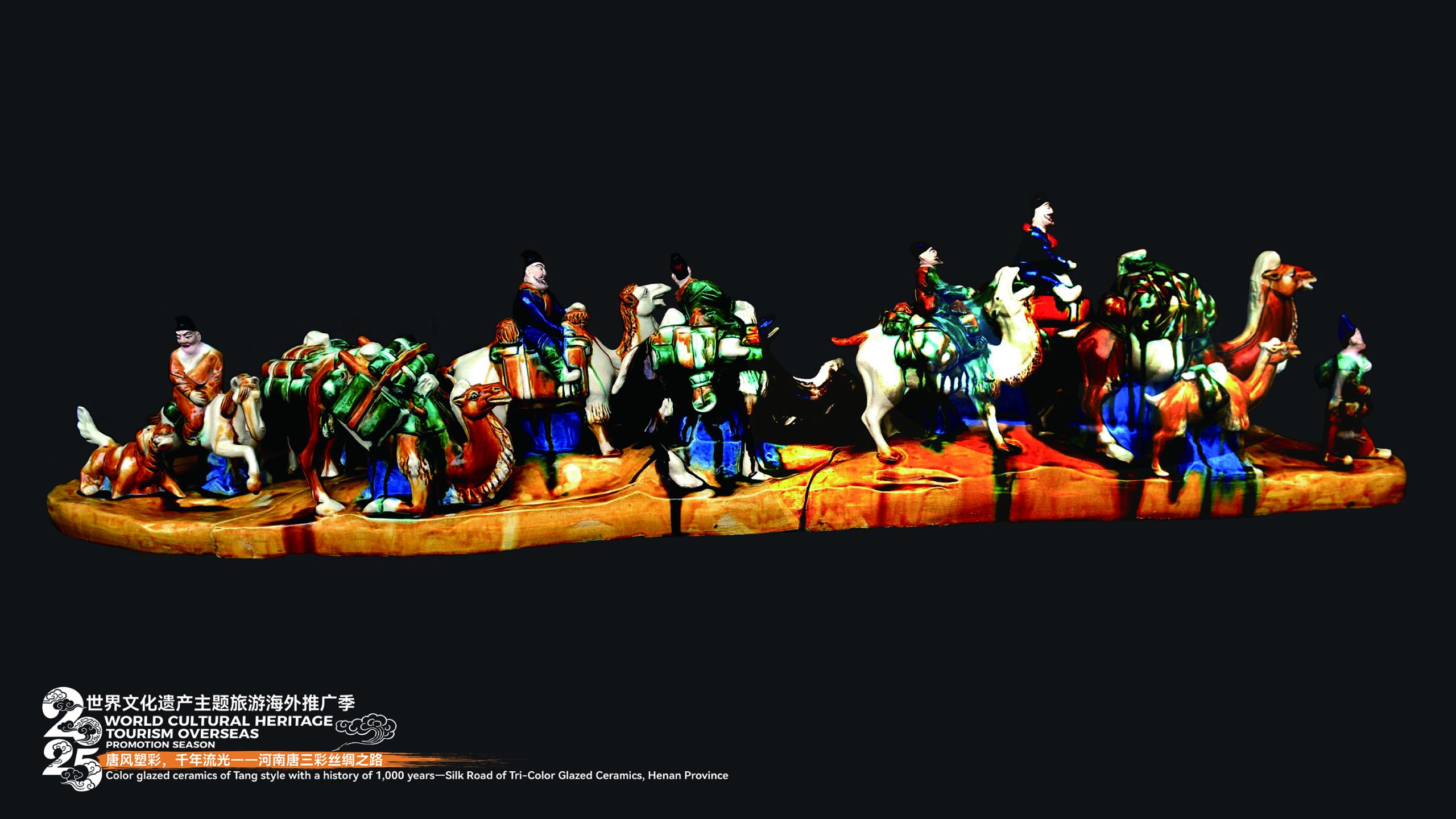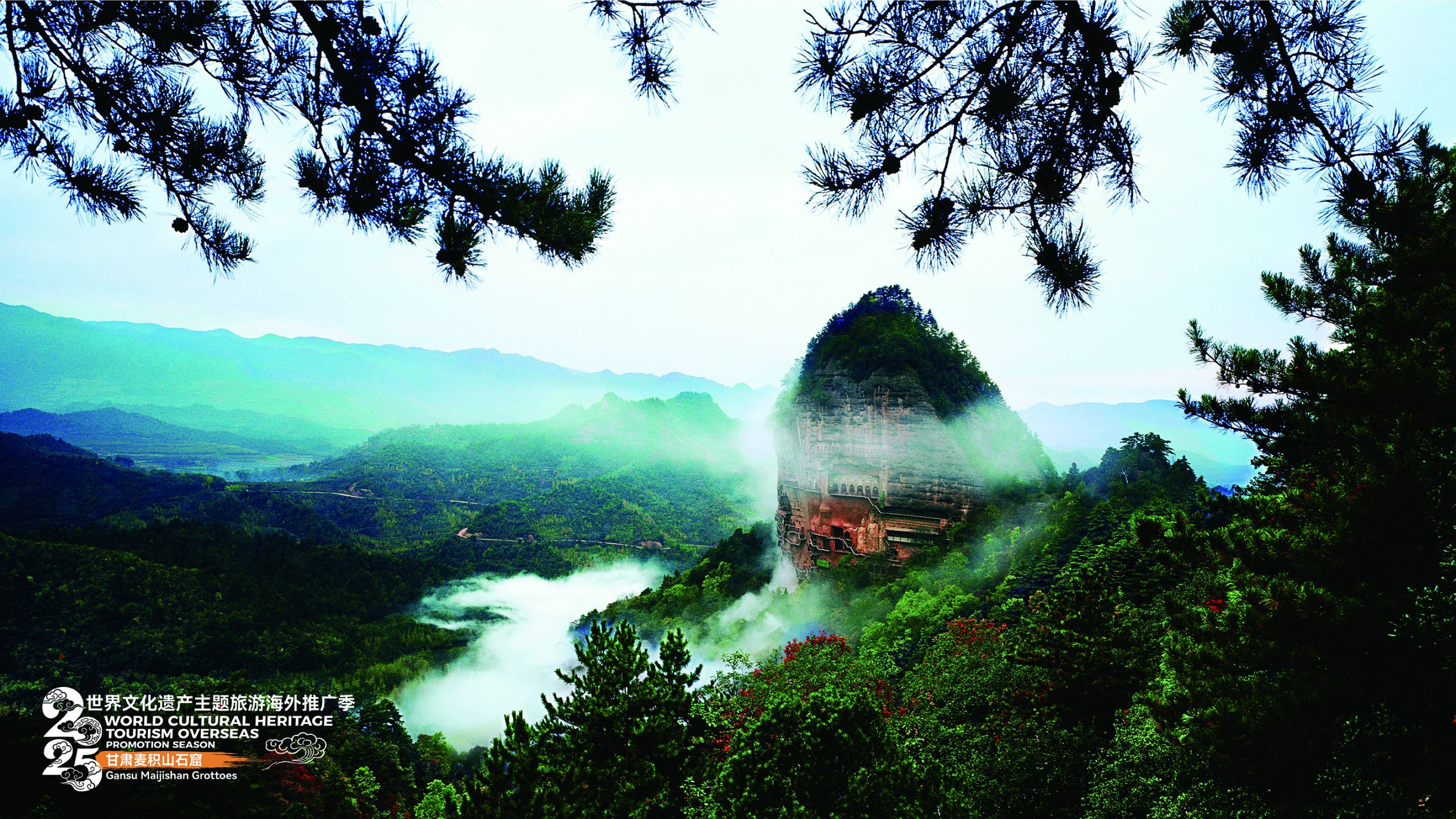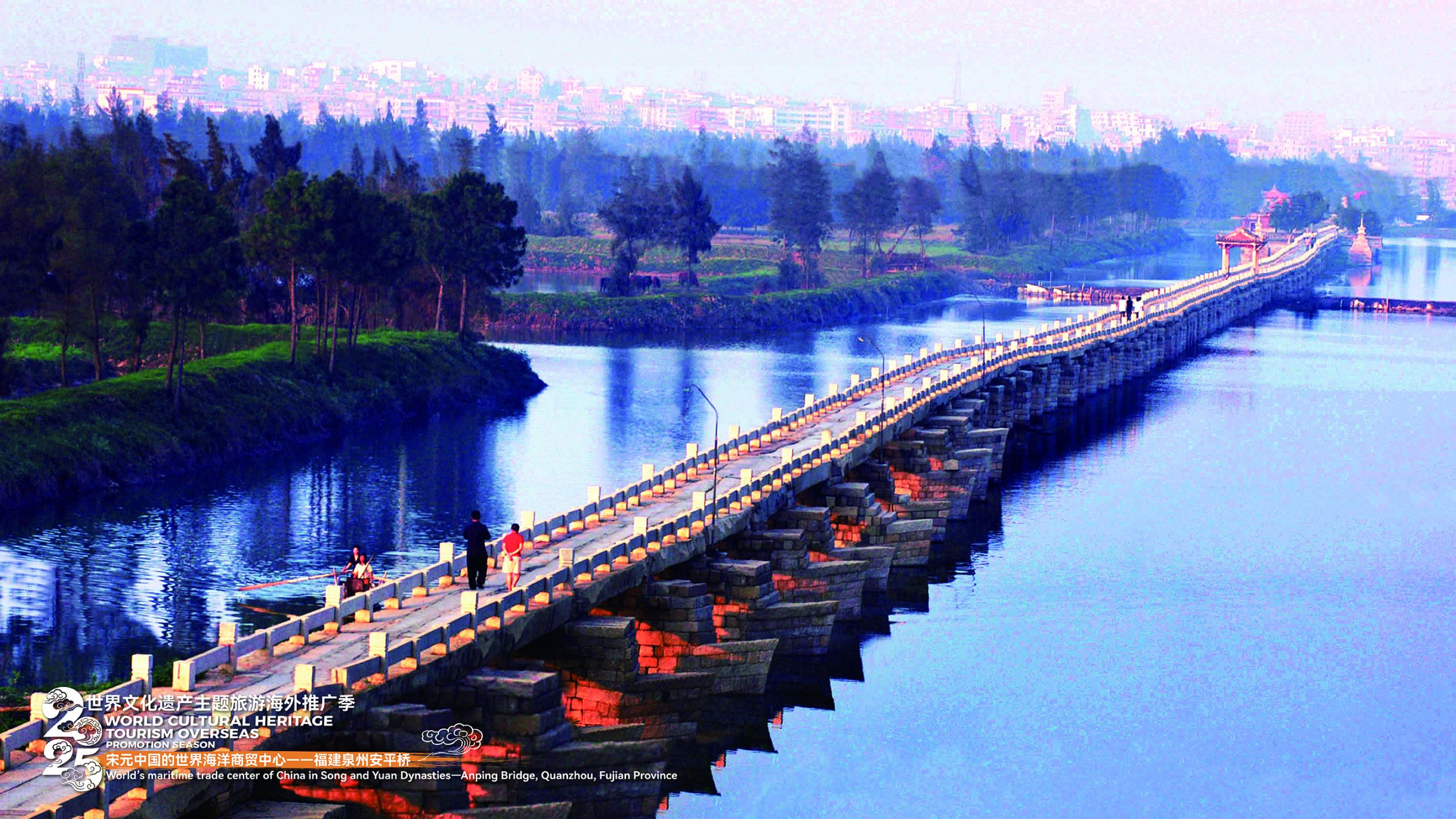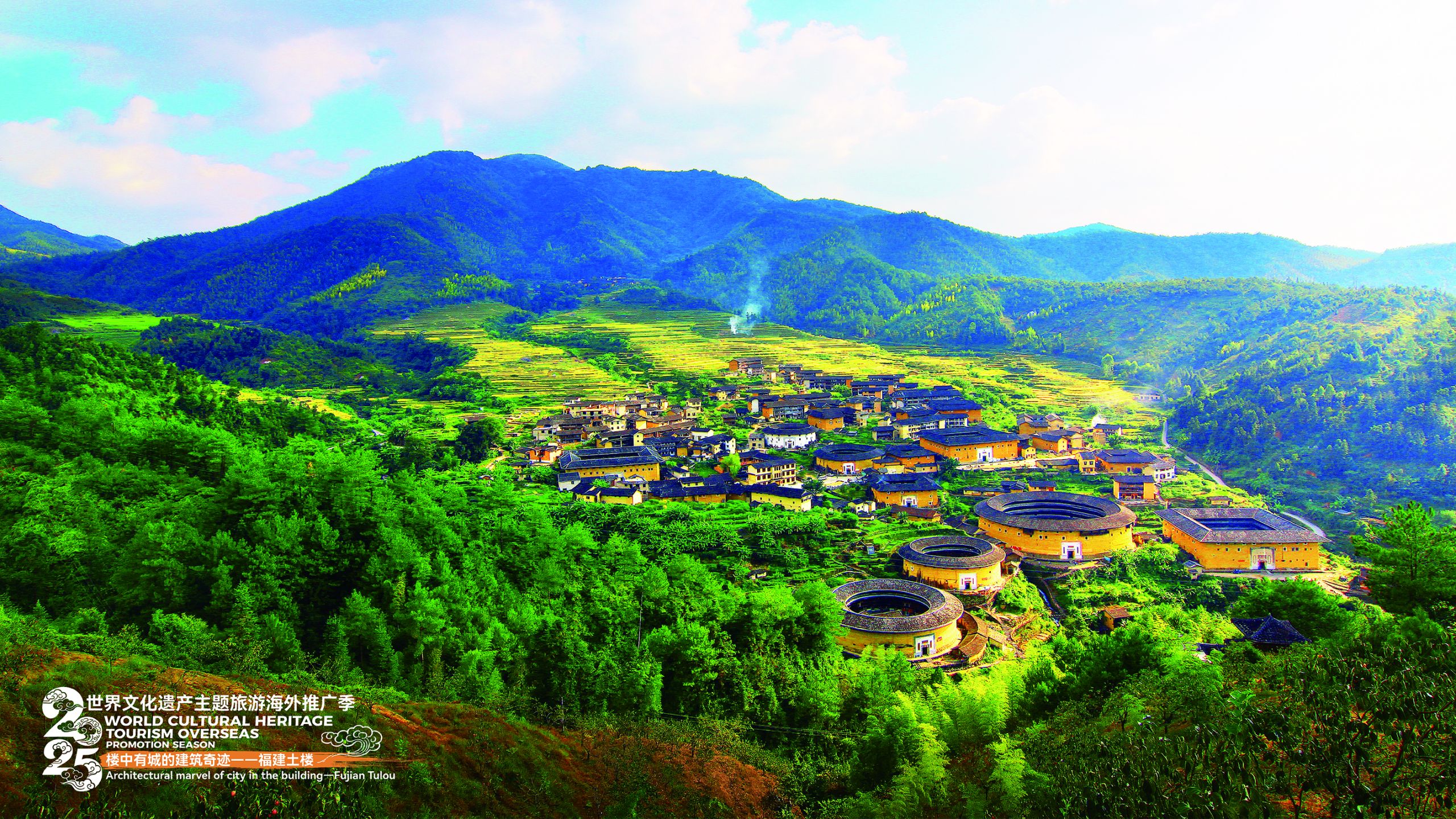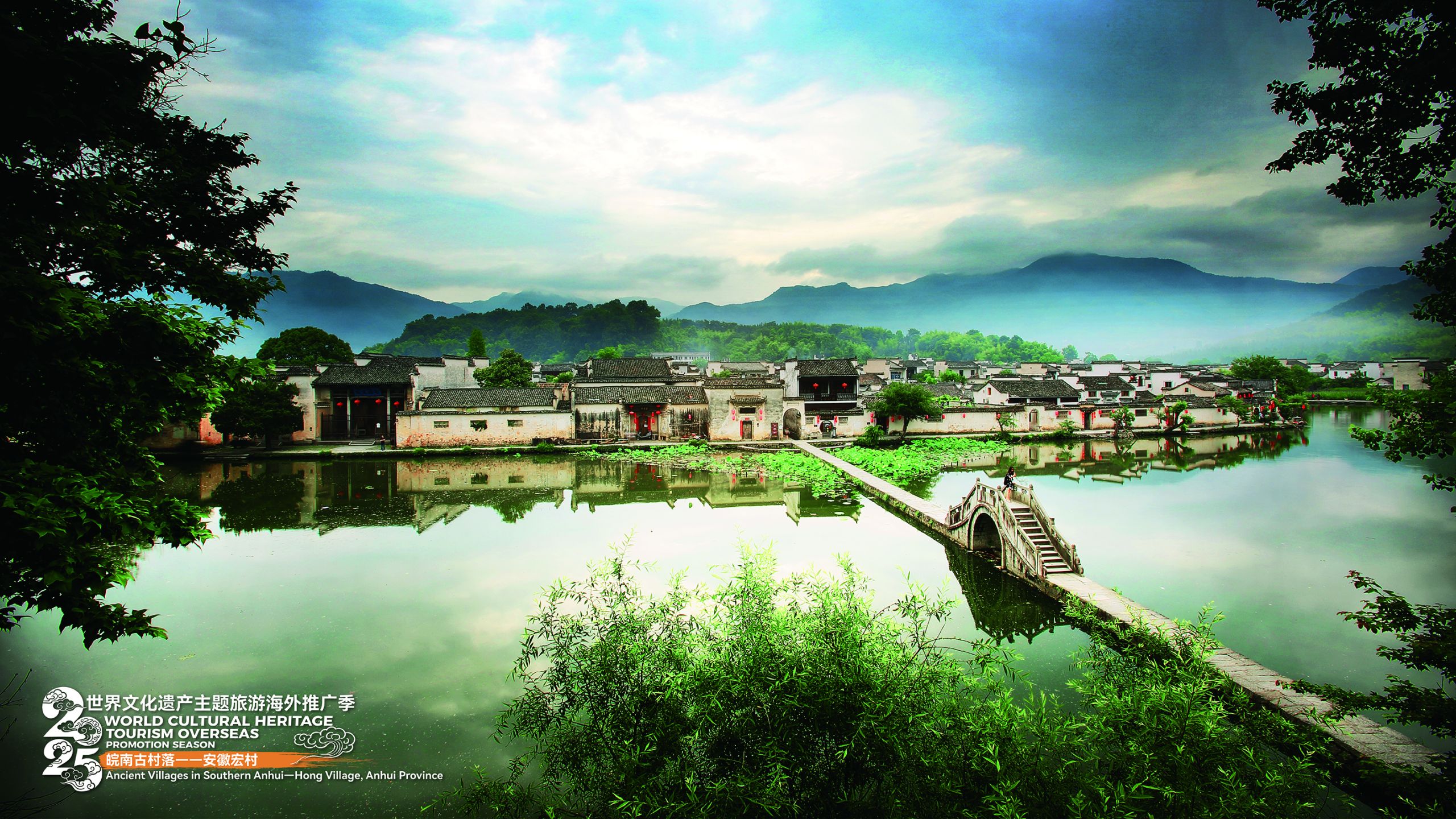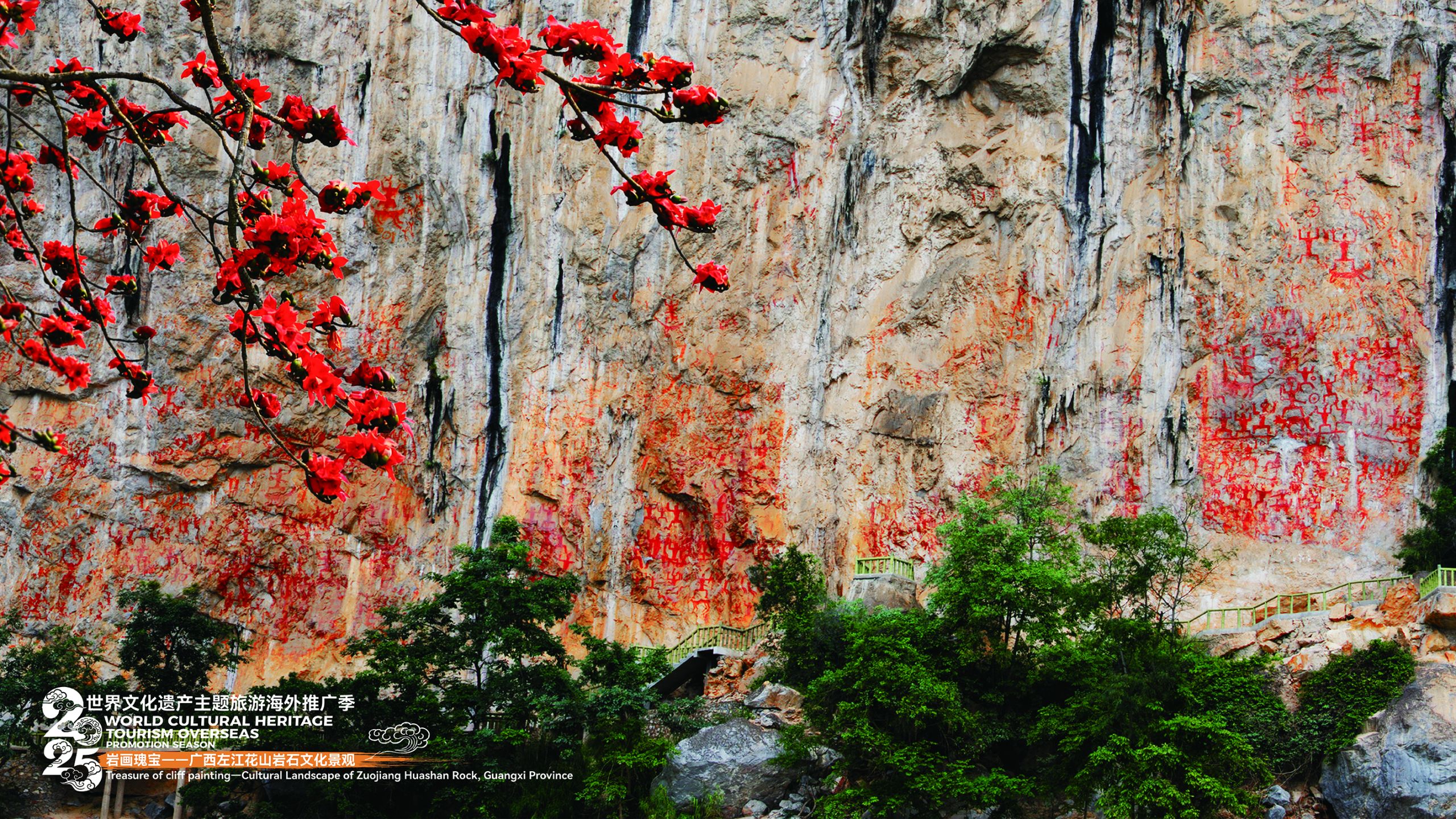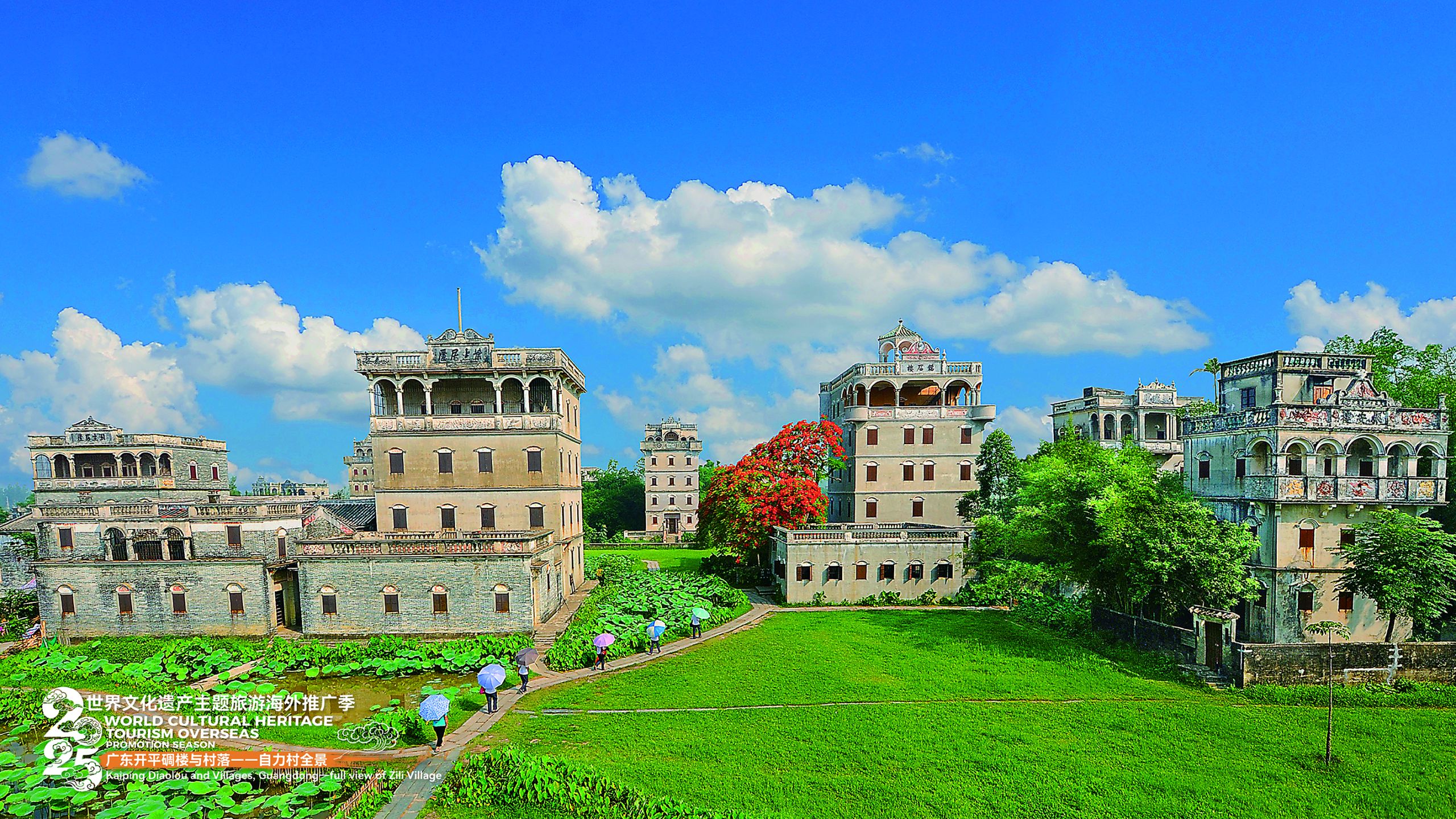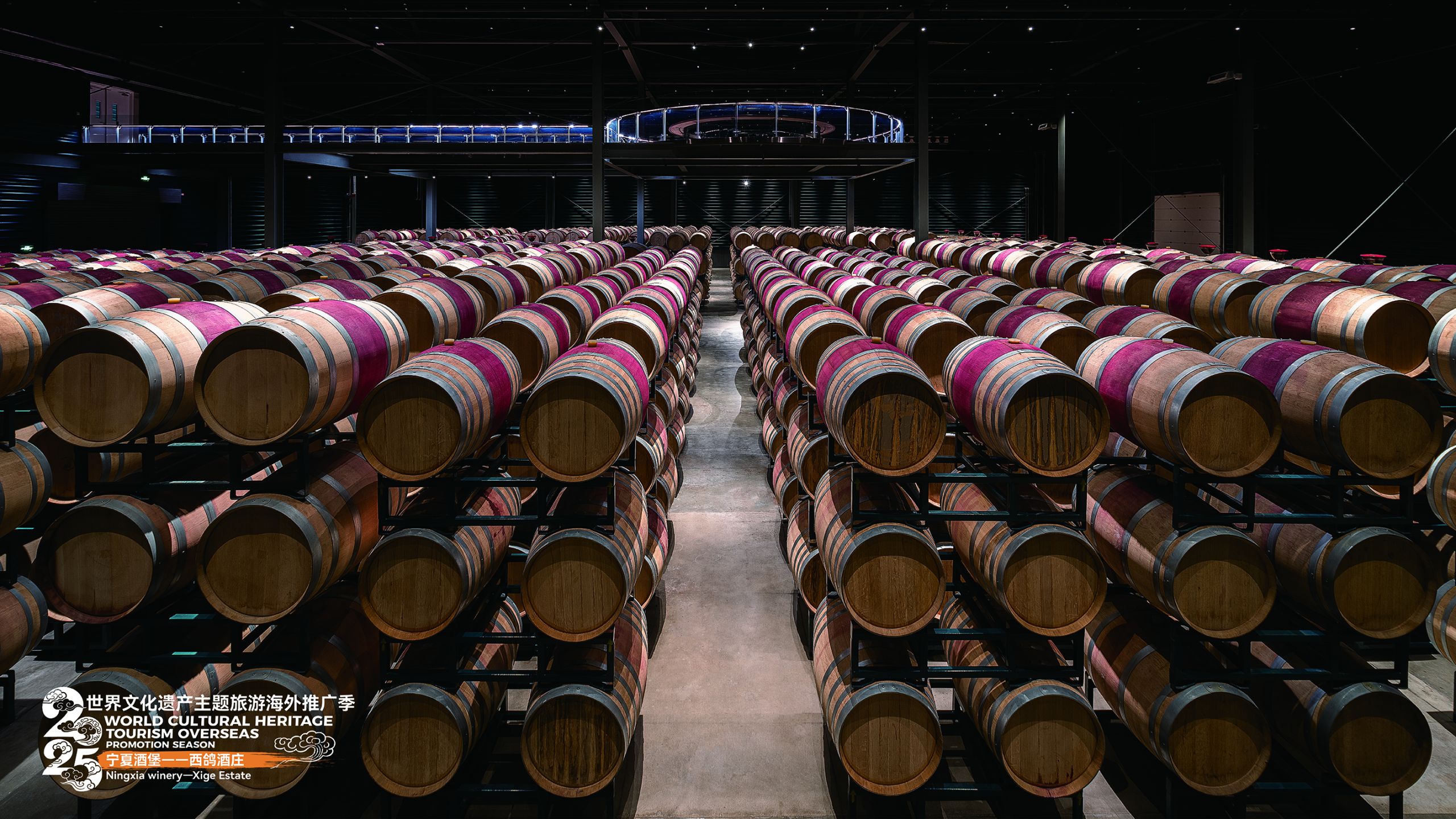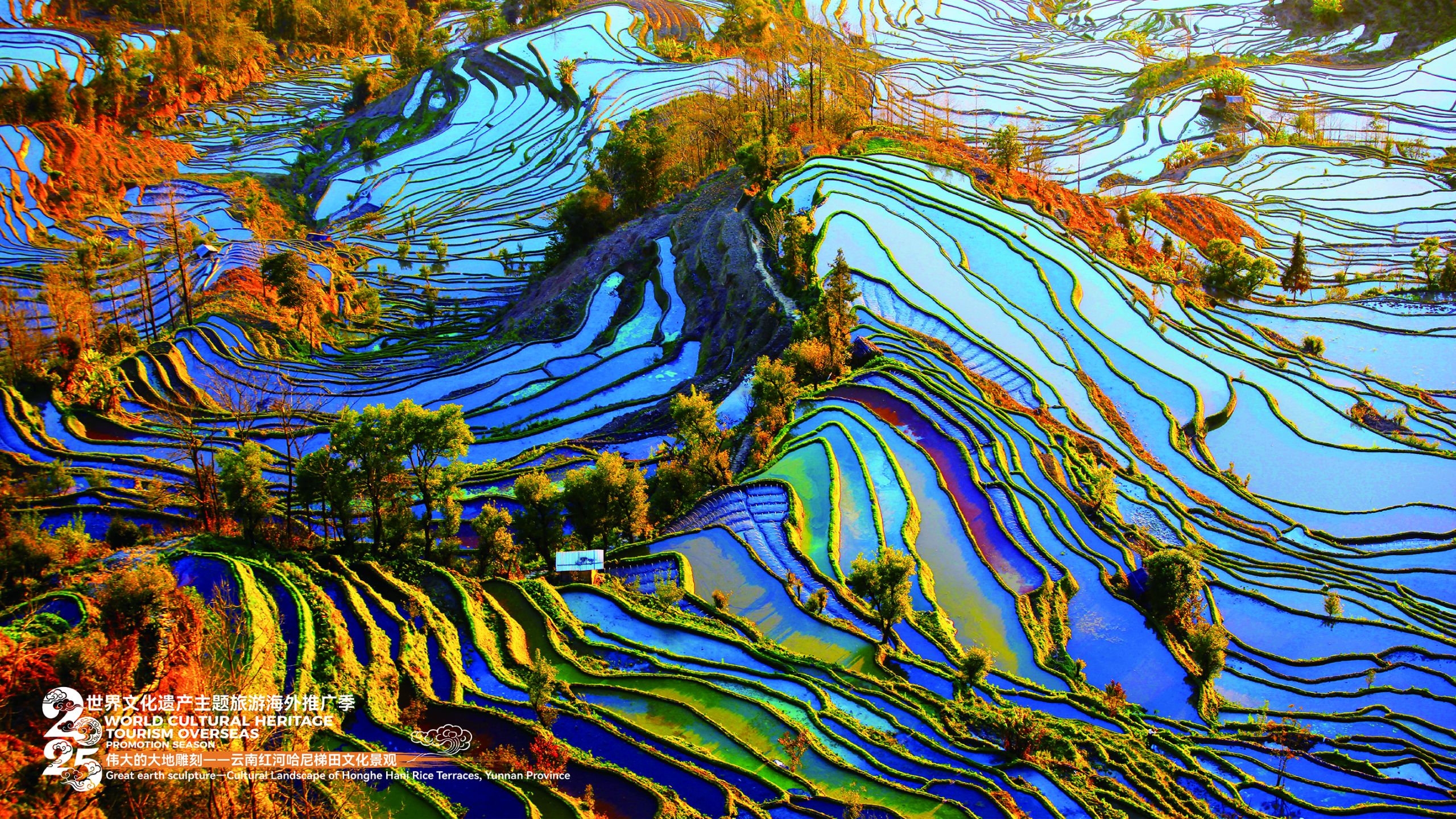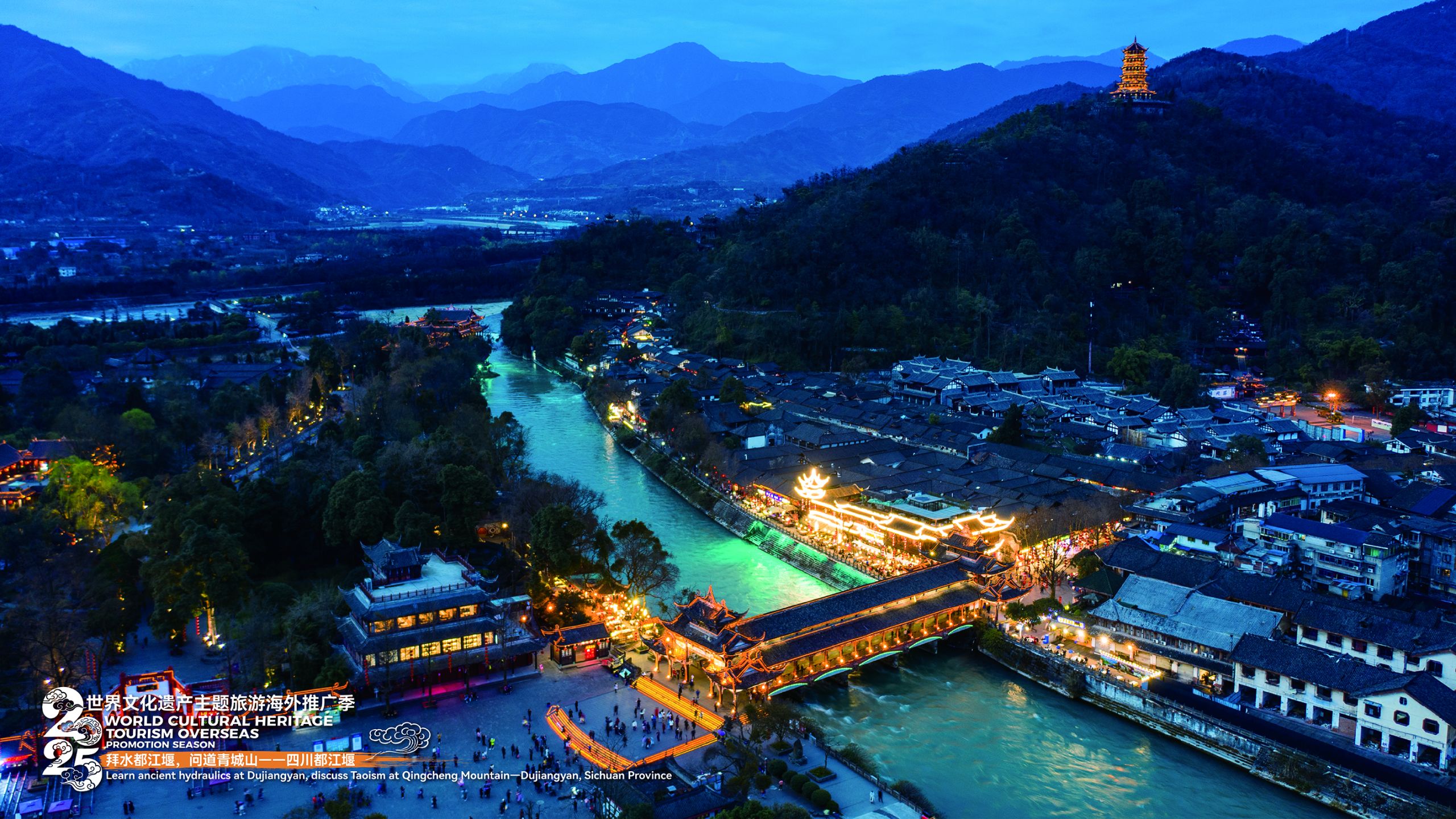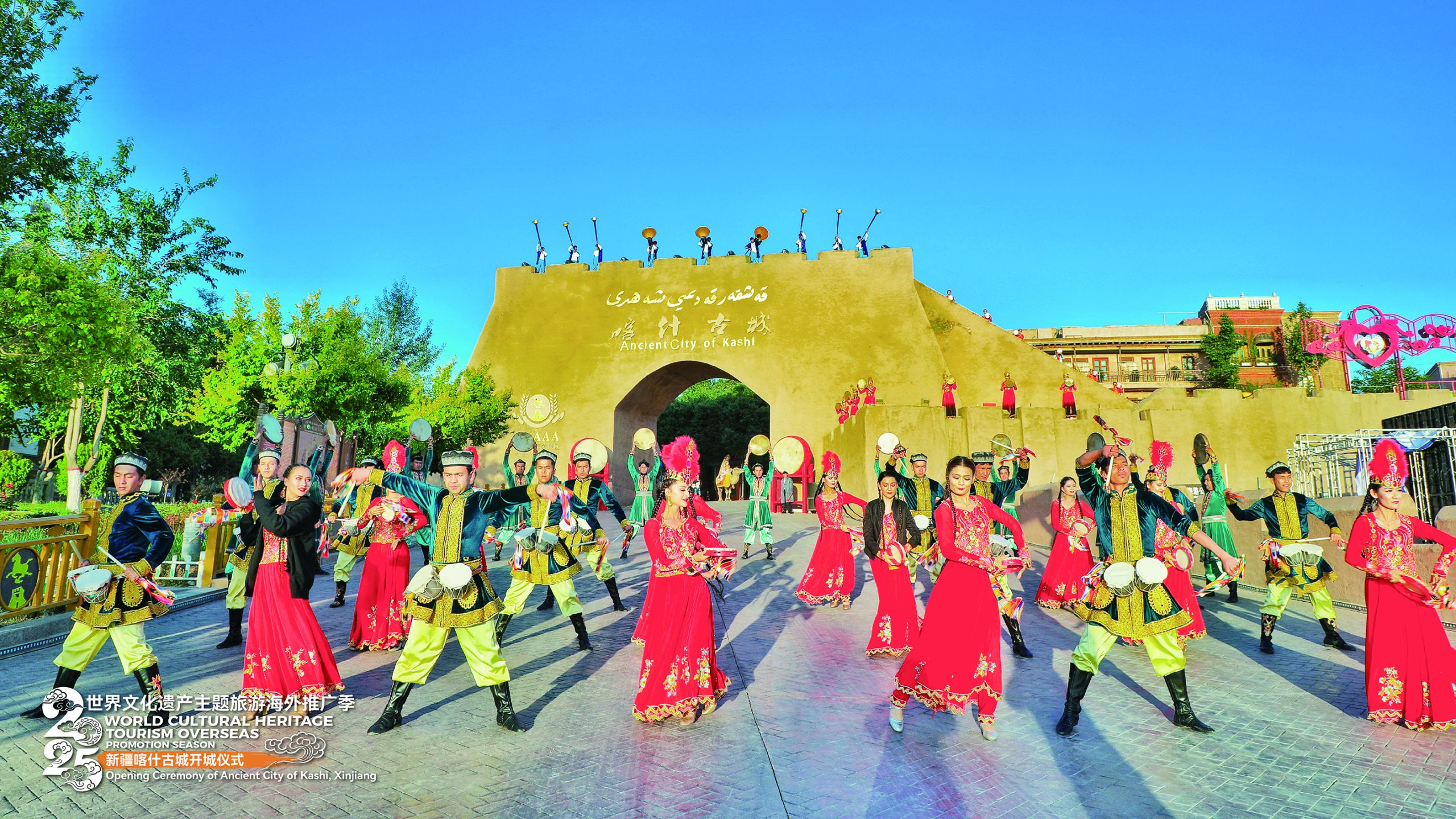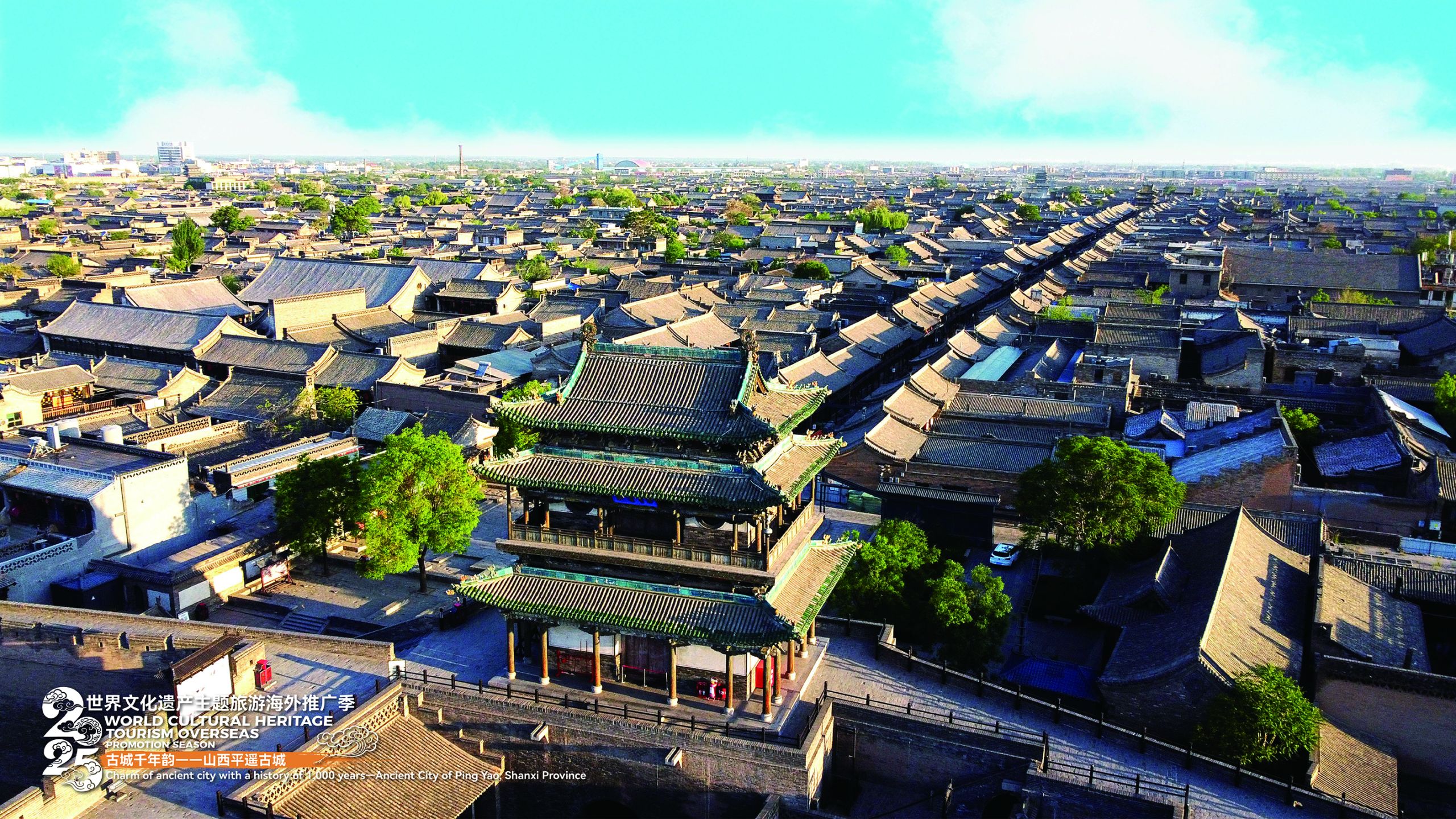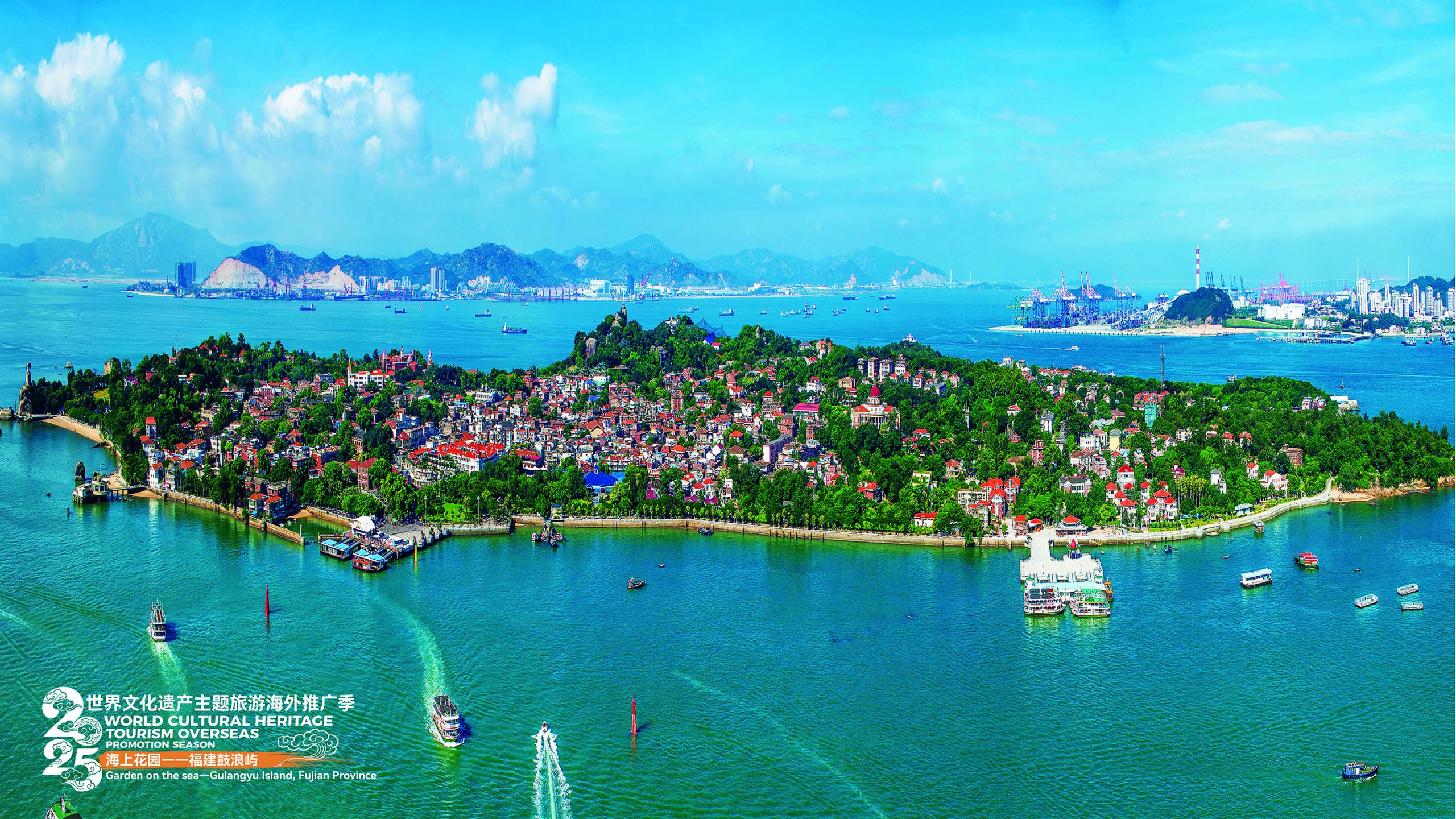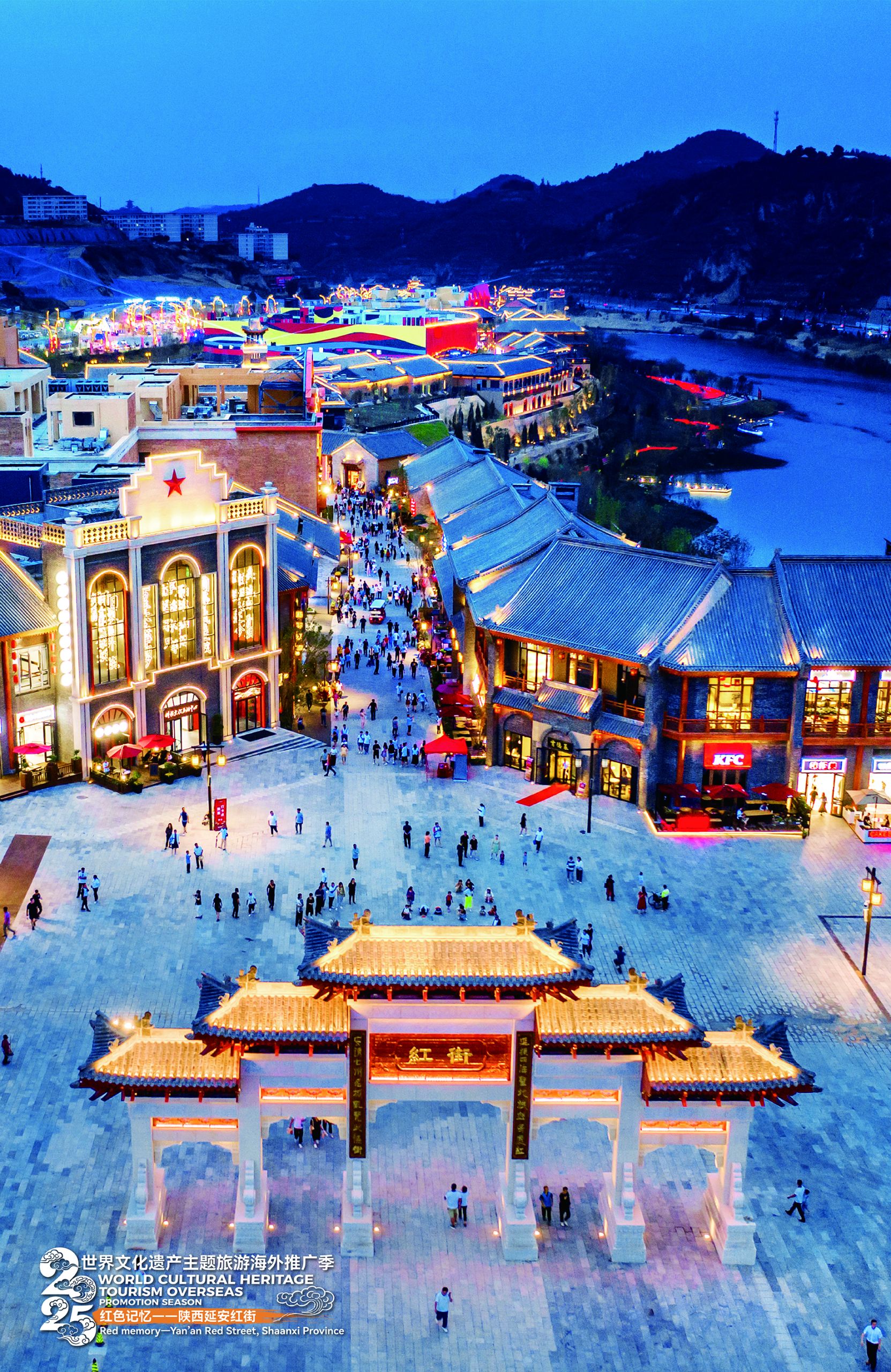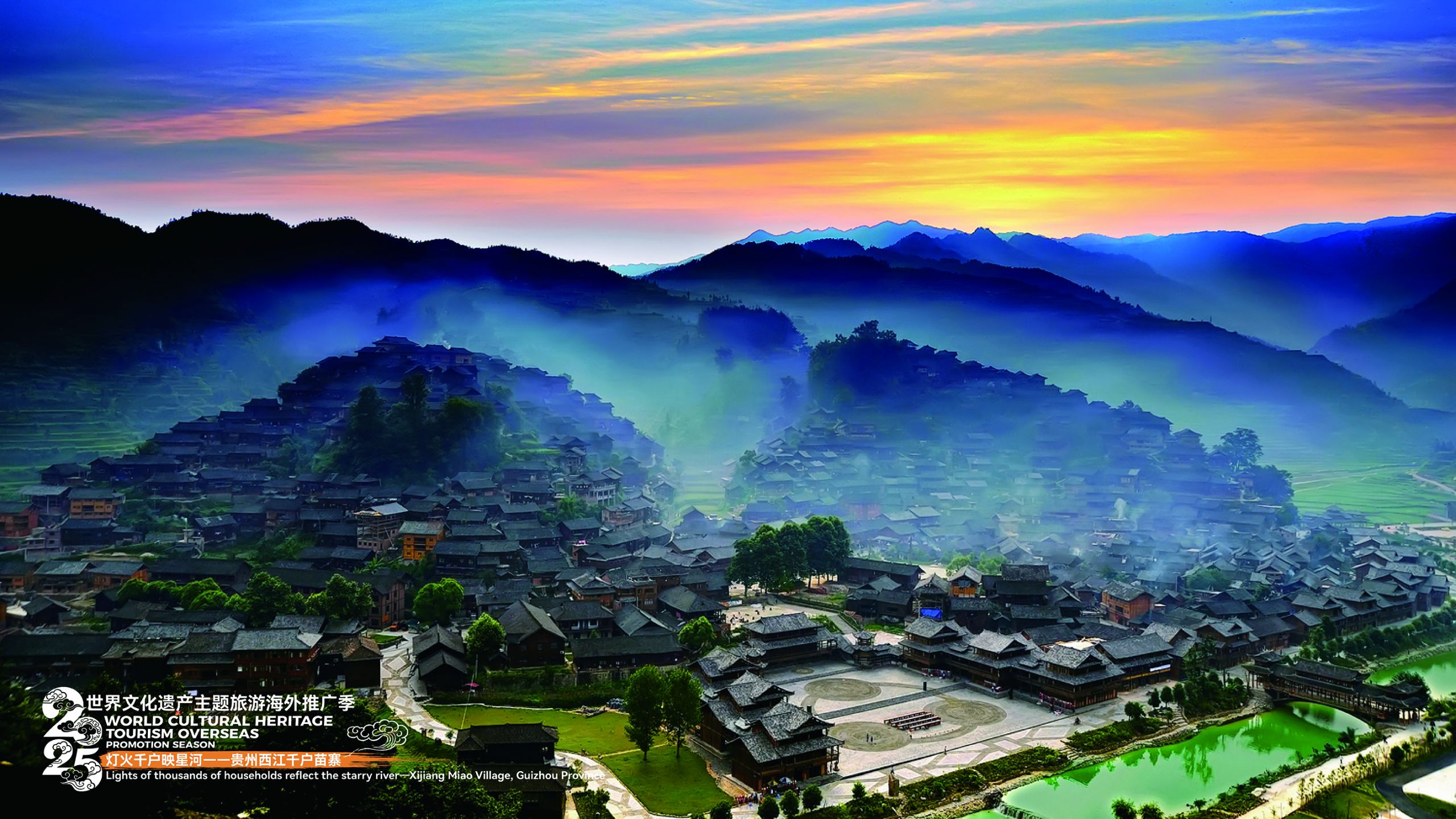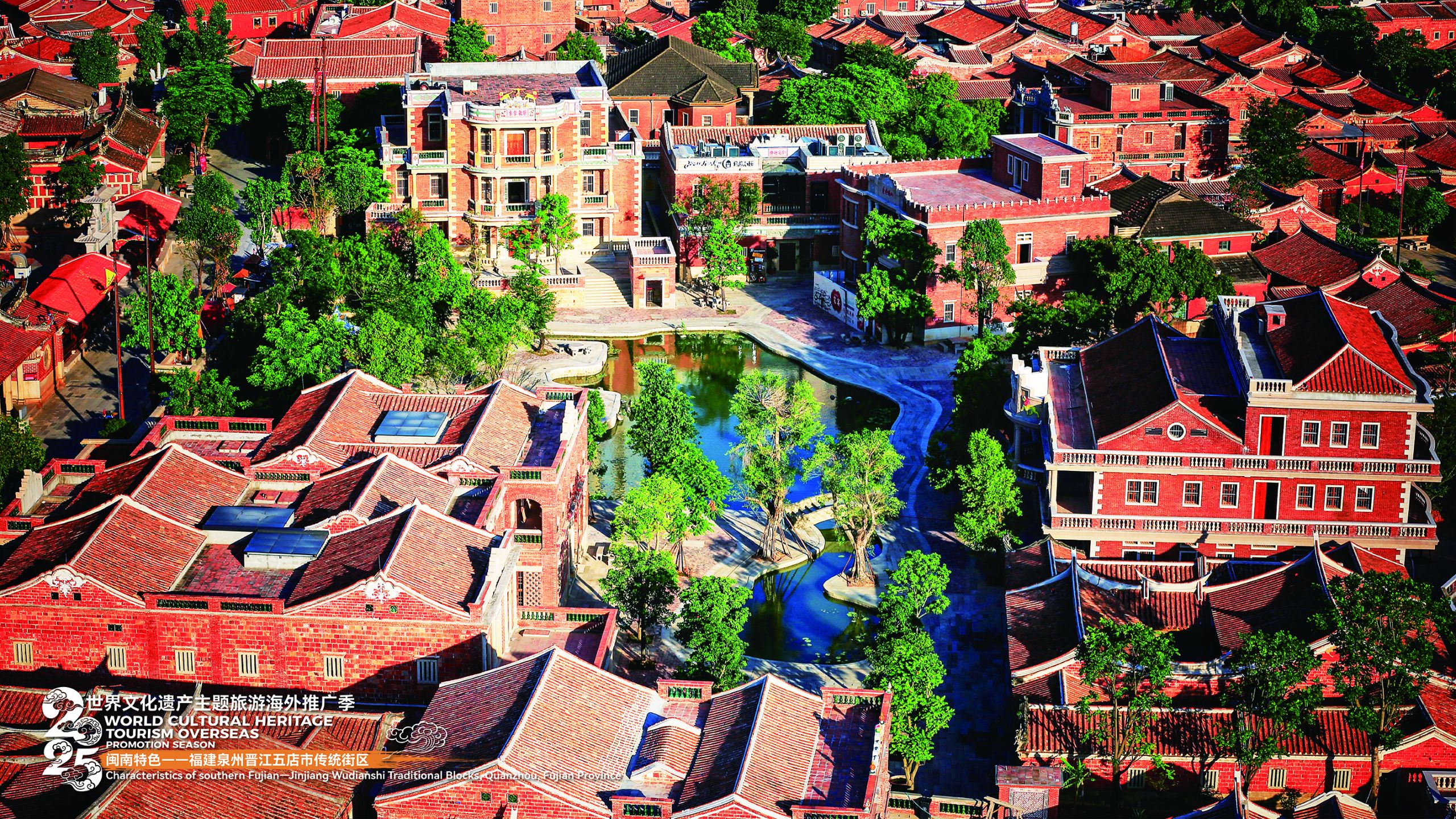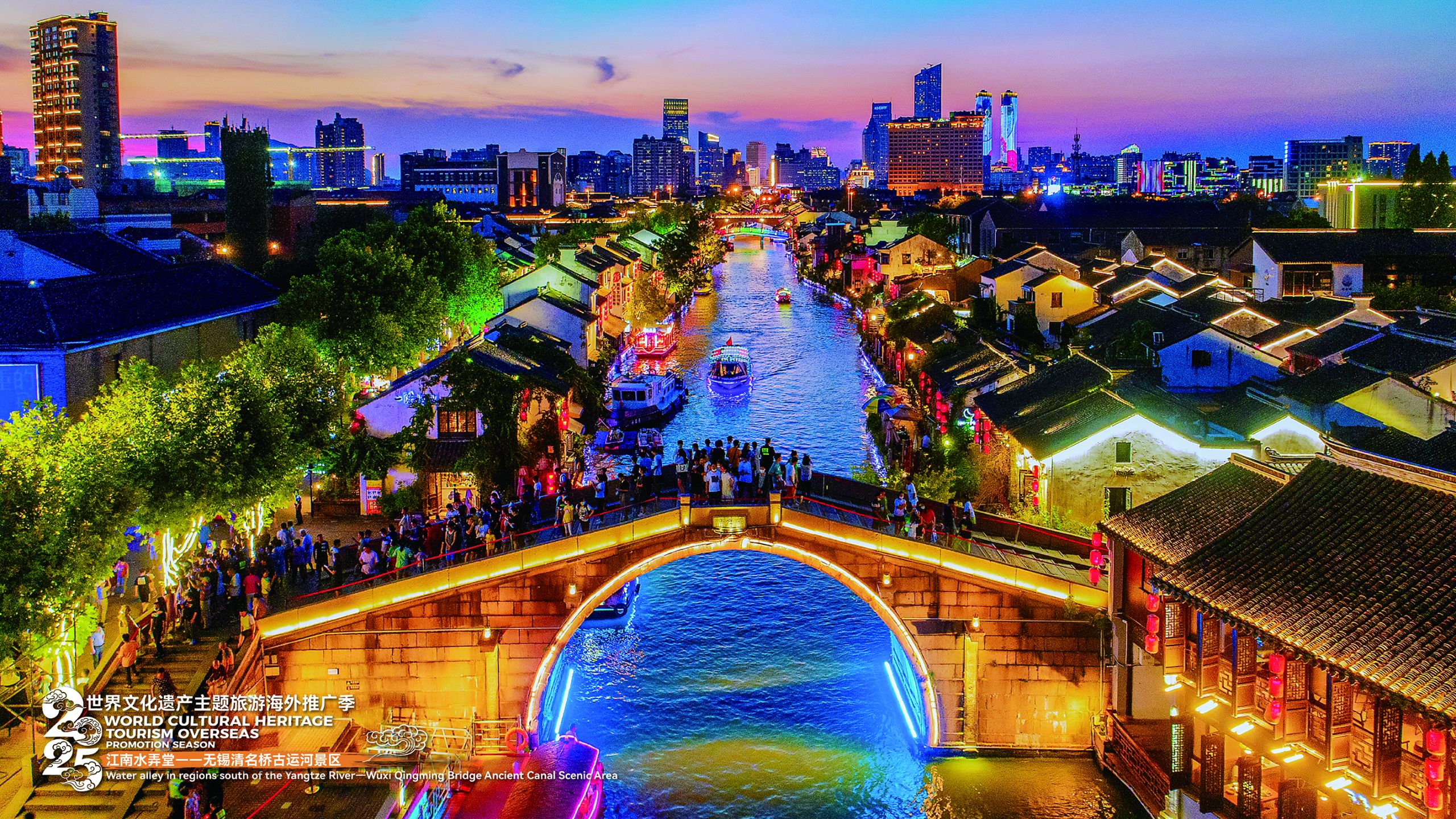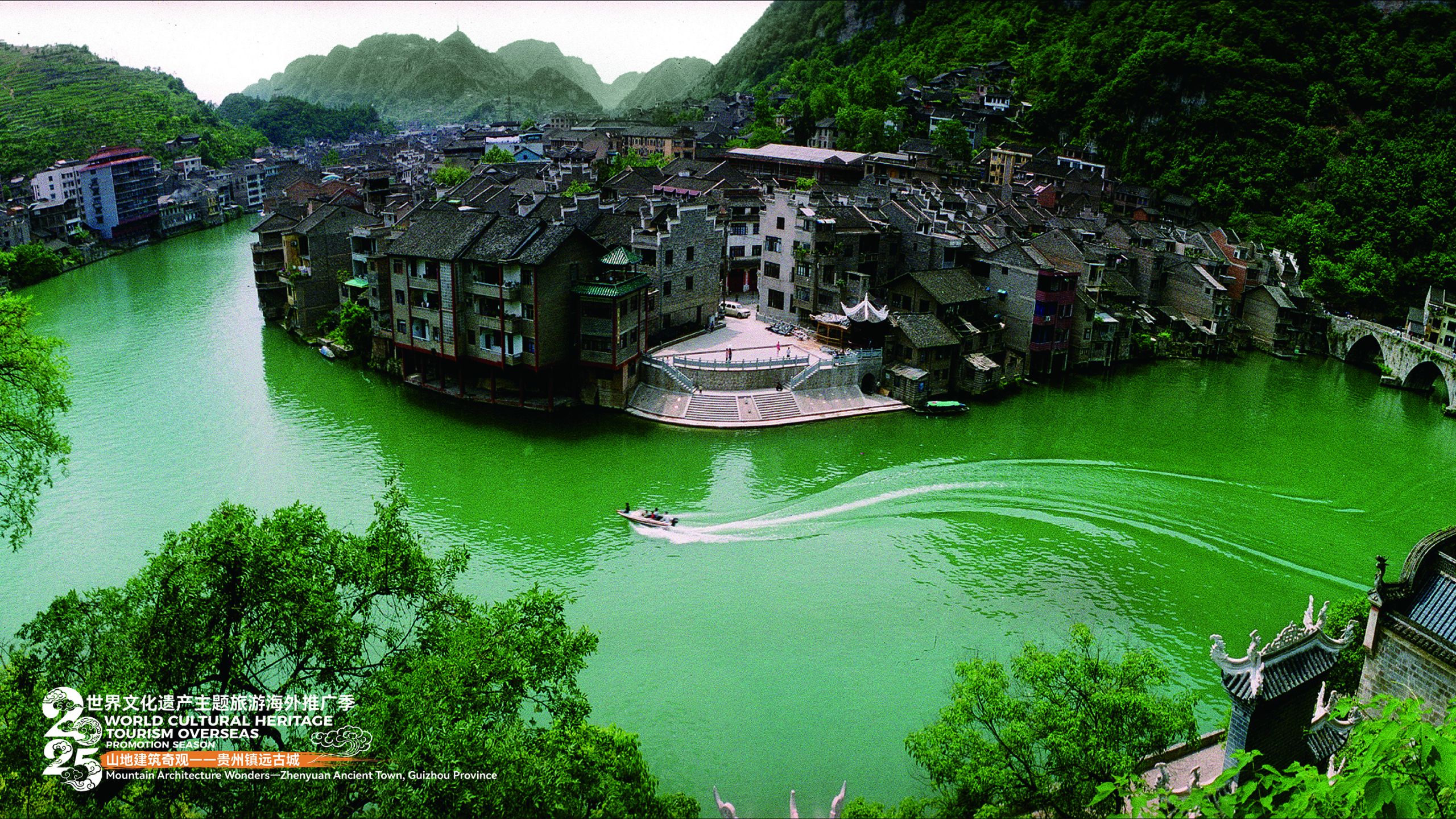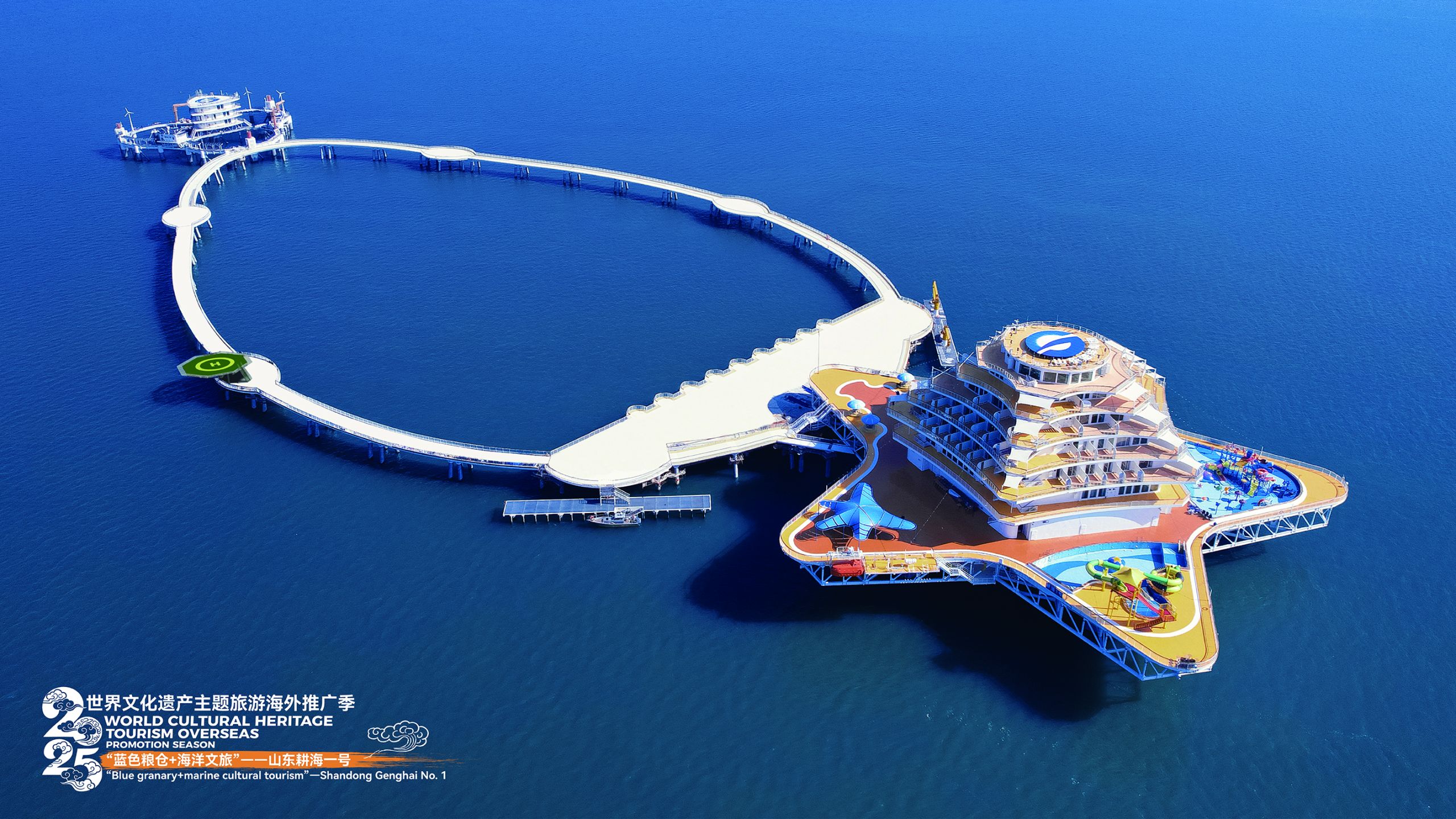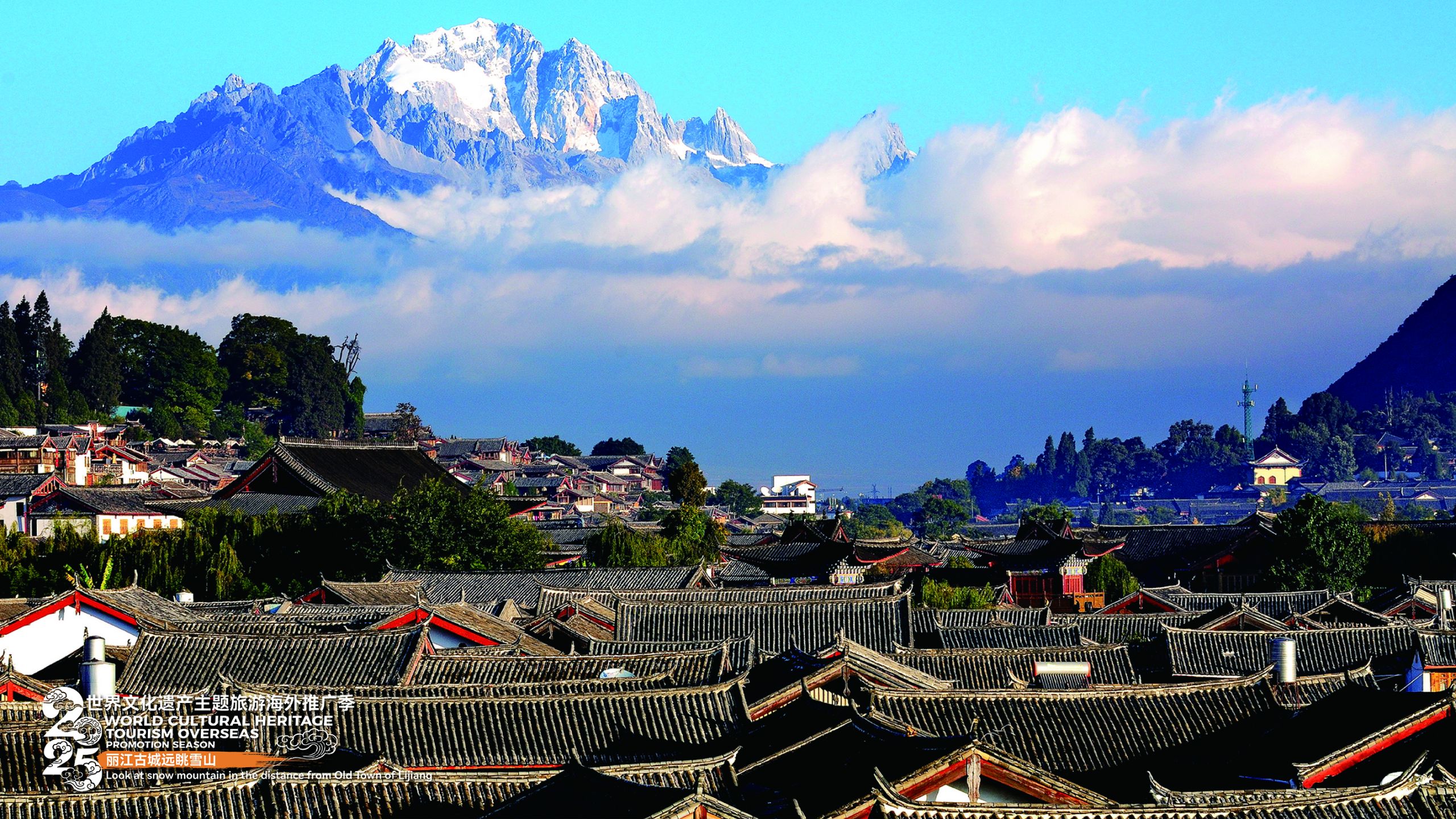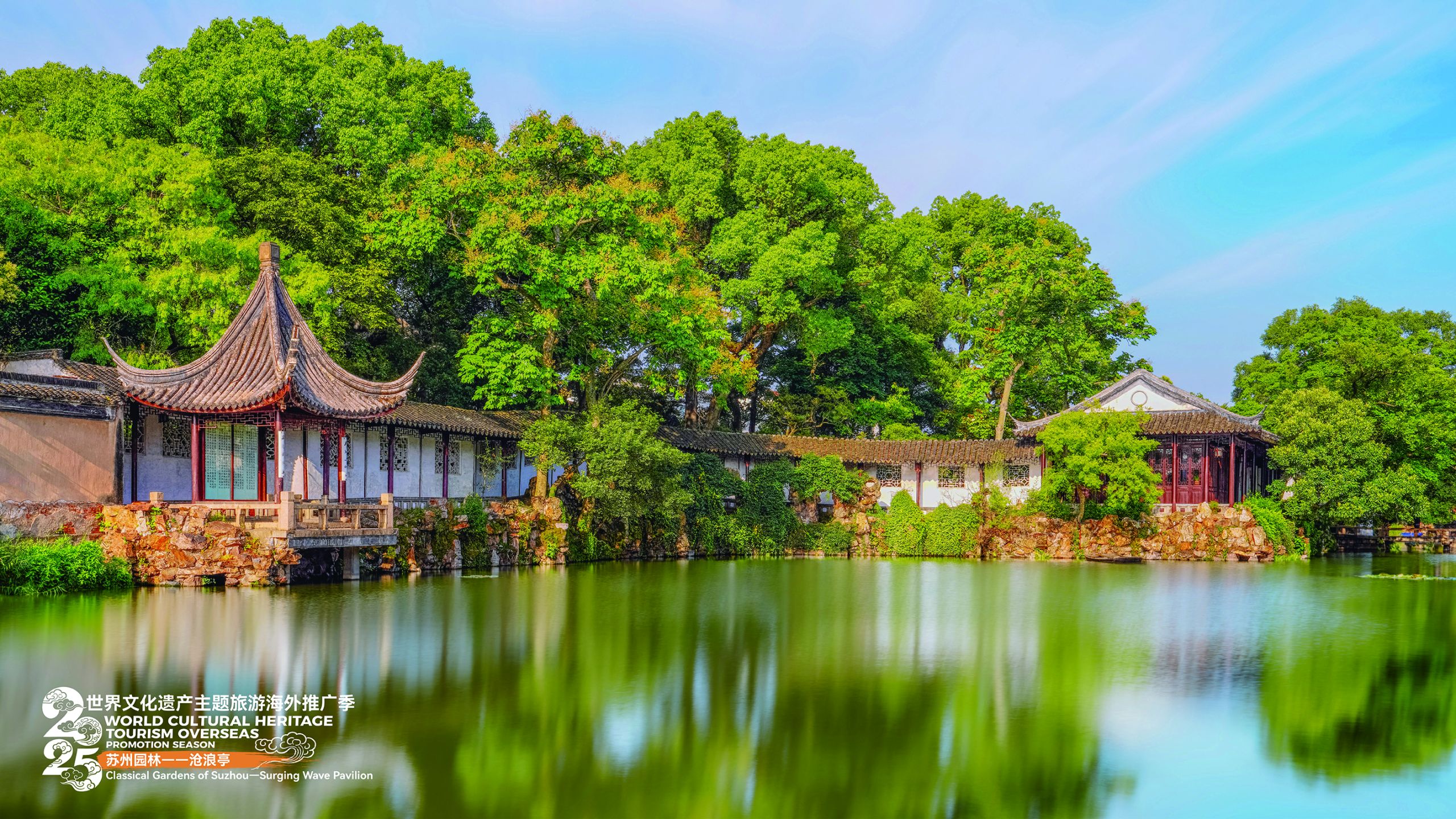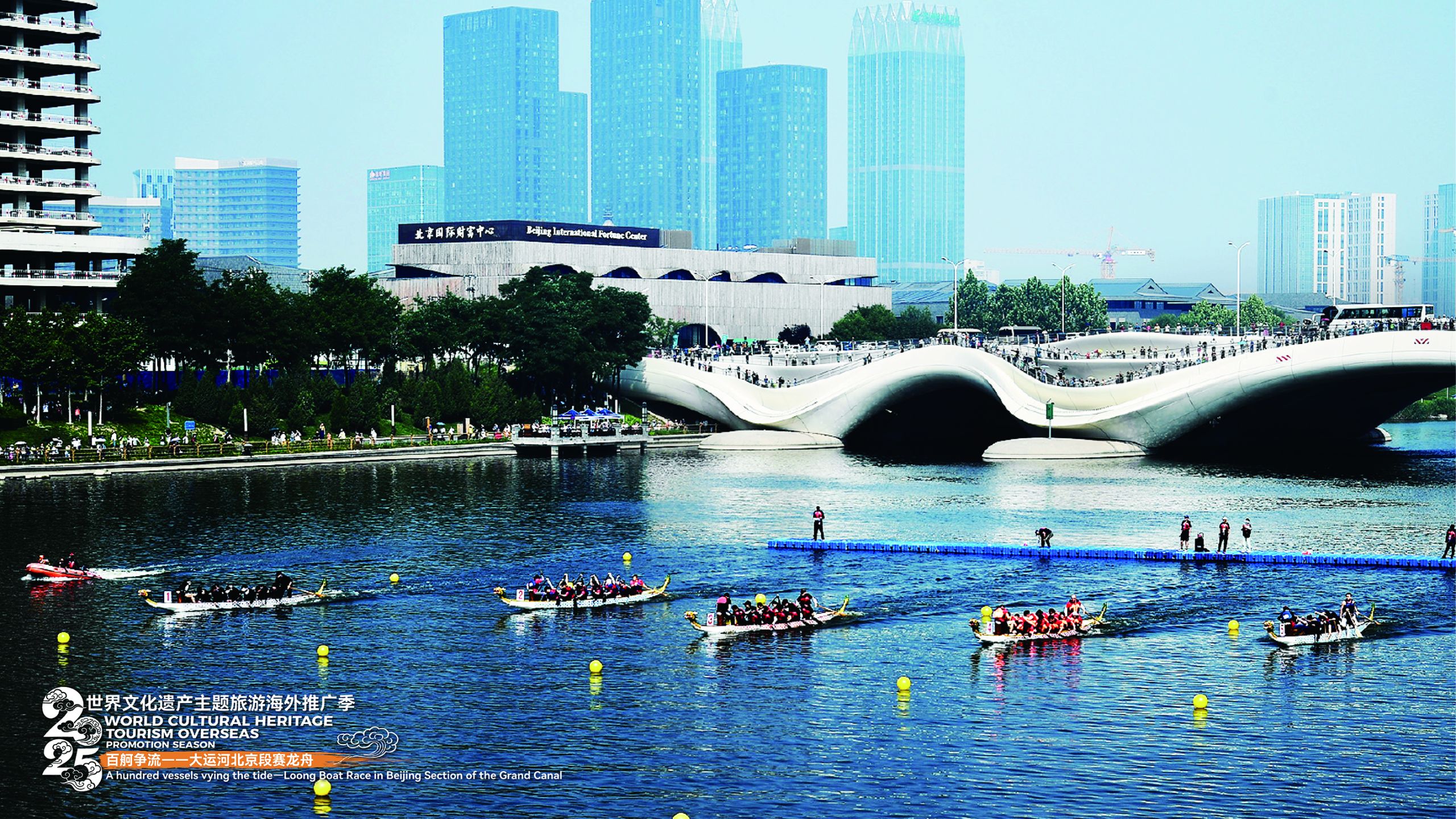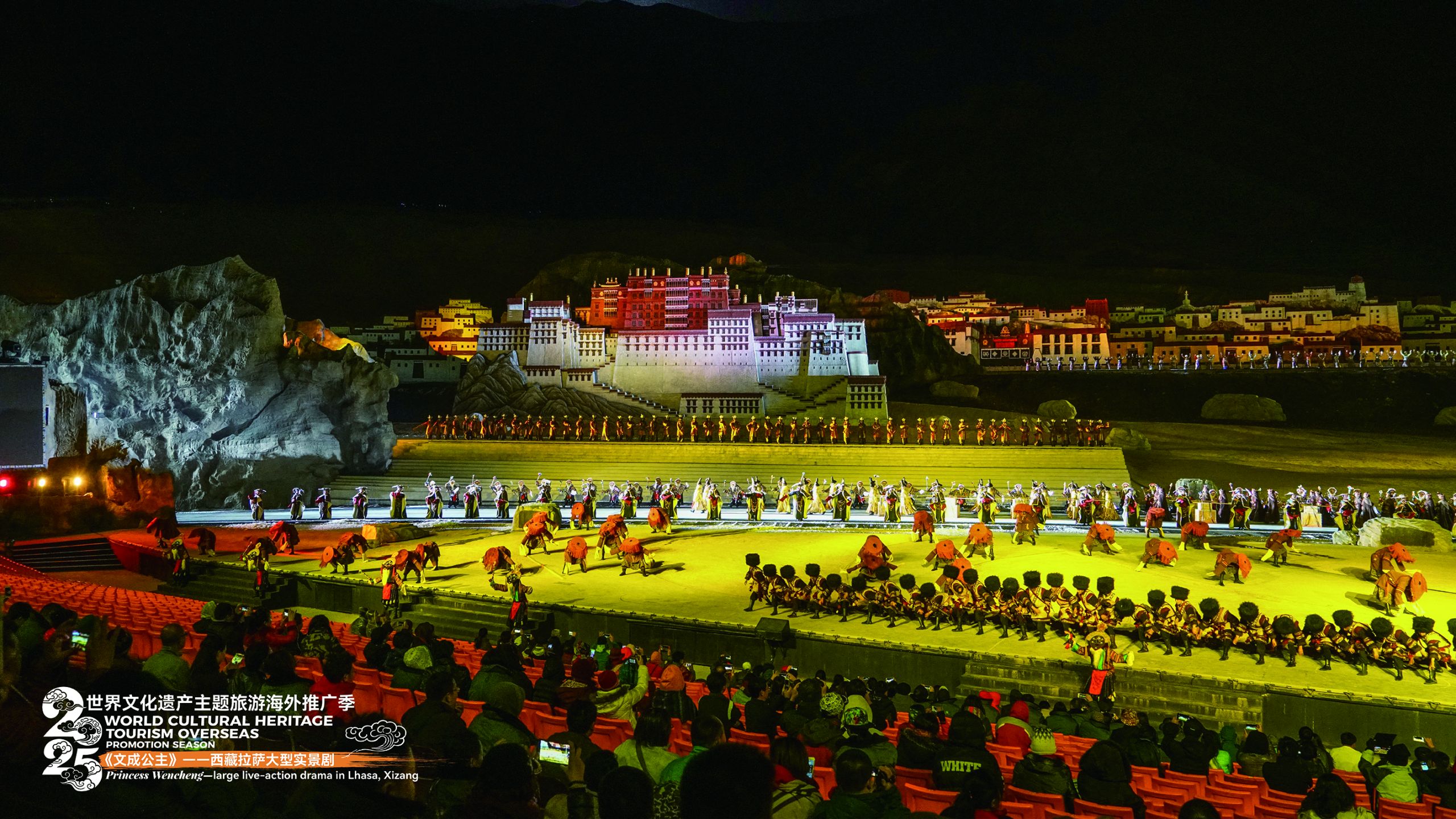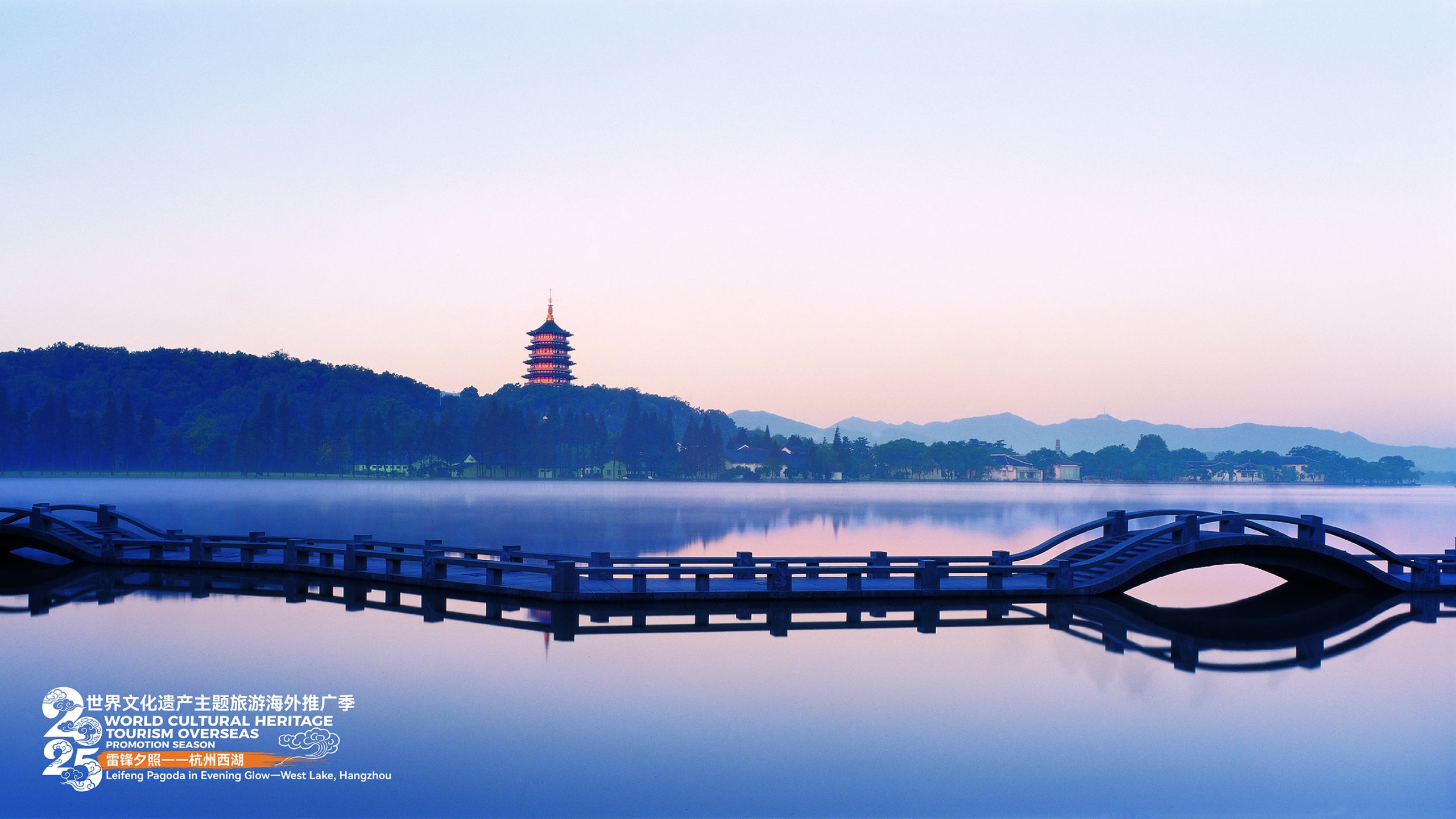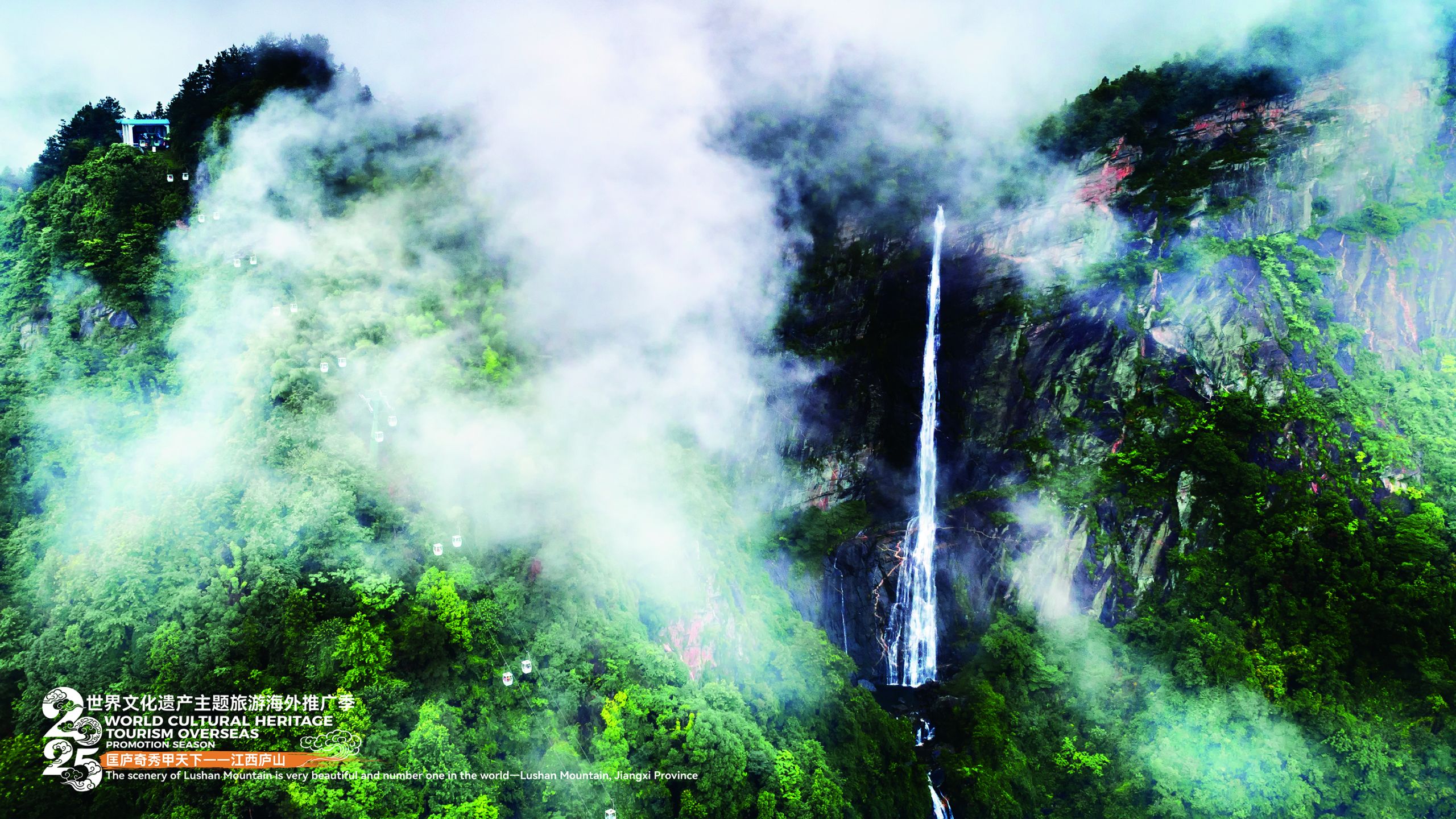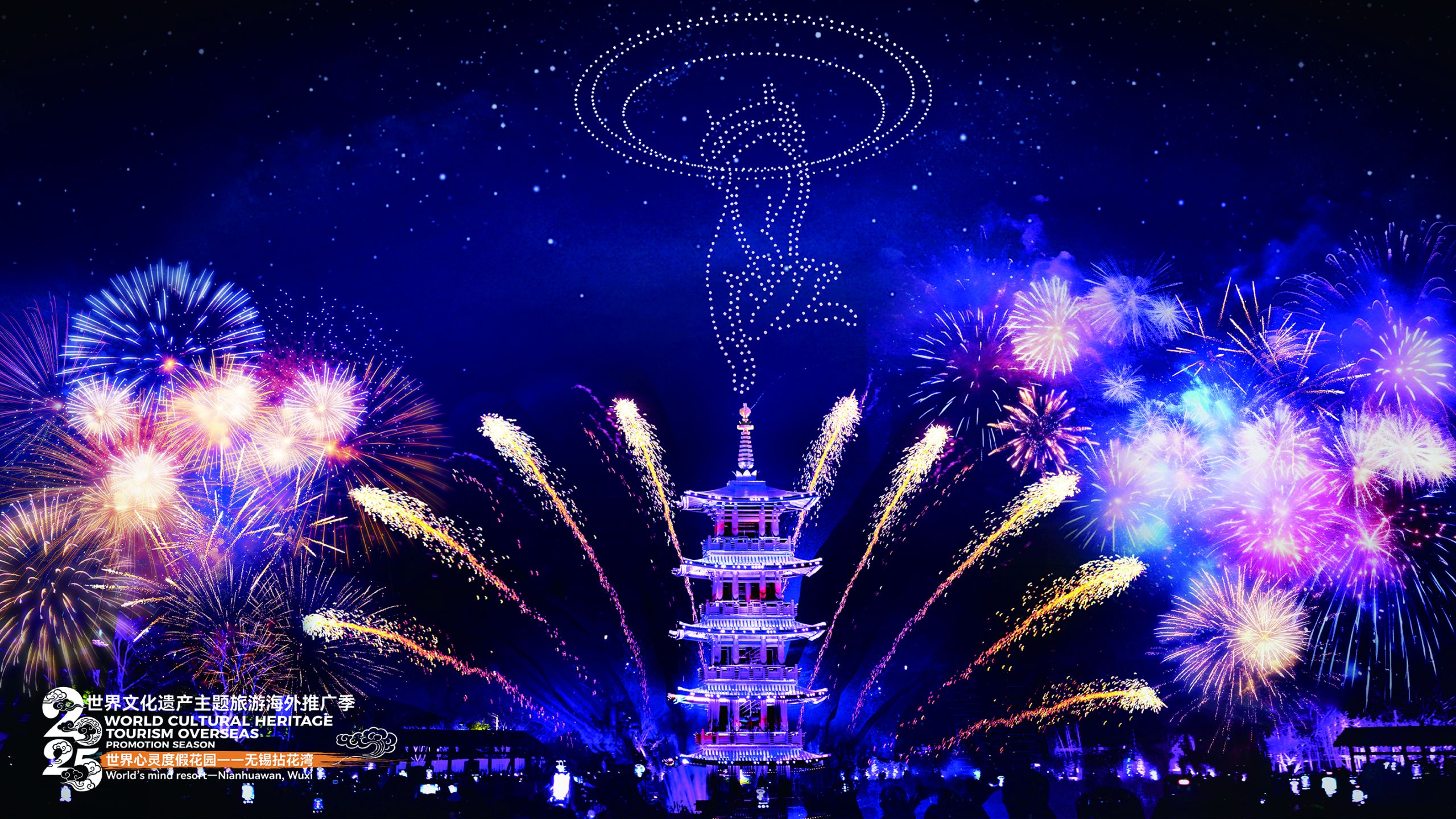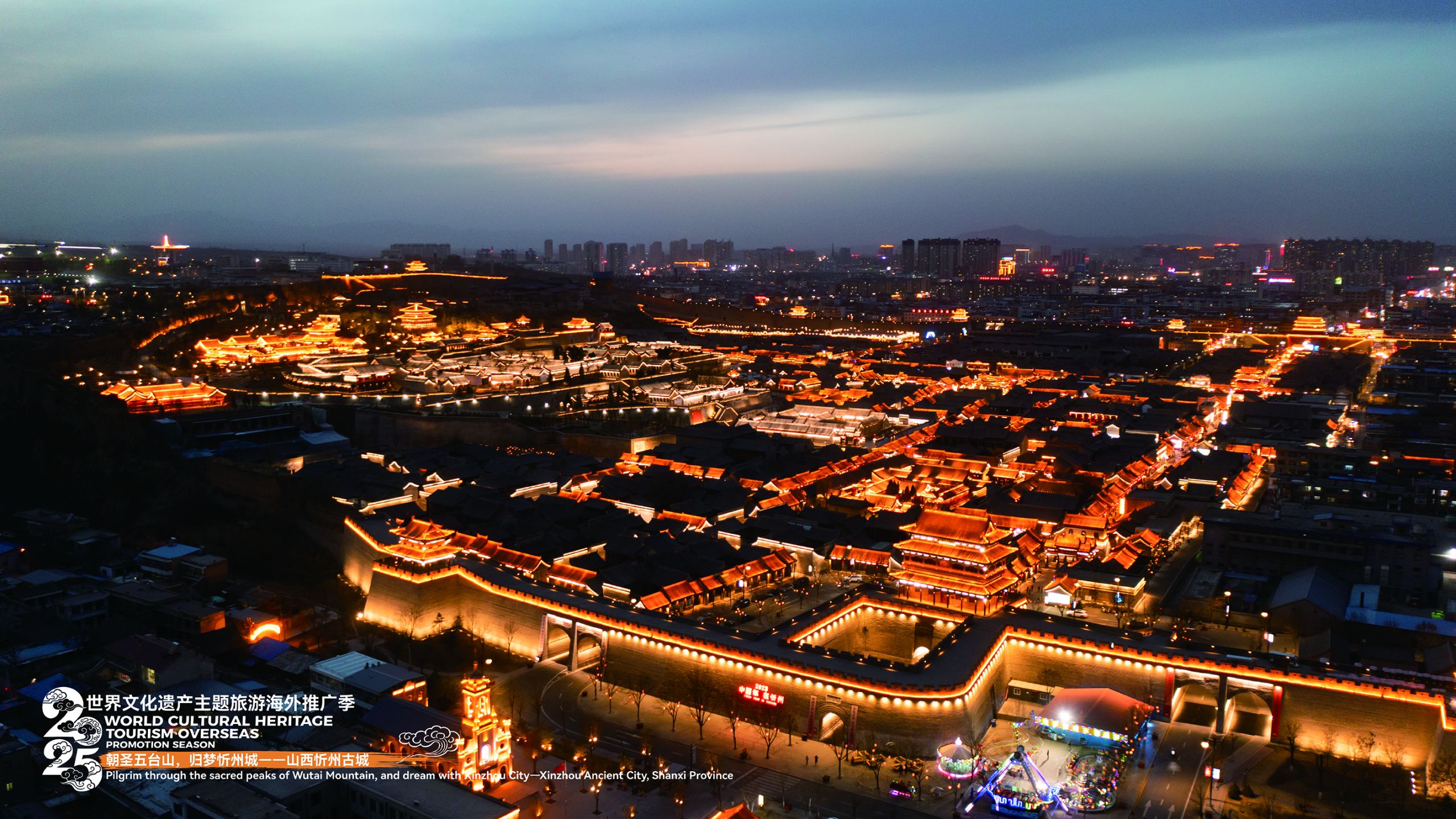Timeless Heritage | Photo Exhibition

Every world cultural heritage is a letter written by humans to the future. They are ancient symbols on the wall of stones or exquisite patterns in the palace, bearing the wisdom and glory of different civilizations. At present, China has 40 world cultural heritage sites, building a communication bridge between China and the world. These priceless cultural heritages are not only the foundation of the spiritual home of the Chinese nation, but also the common cultural wealth of all human beings, writing a magnificent chapter of diversity of human civilization.
Here, we will lead you to have a dialogue across time and space, have close contact with world cultural heritage in China, and deeply experience the unique local cultural characteristics and human landscape and abundant tourism resources. We look forward to attracting more international tourists to this ancient and attractive land to experience the convenient Chinese tourism services after constant optimization and start a journey of cultural exploration that purifies the soul.
Chapter 1: Inherit Ancient Charm with a History of 1000 Years
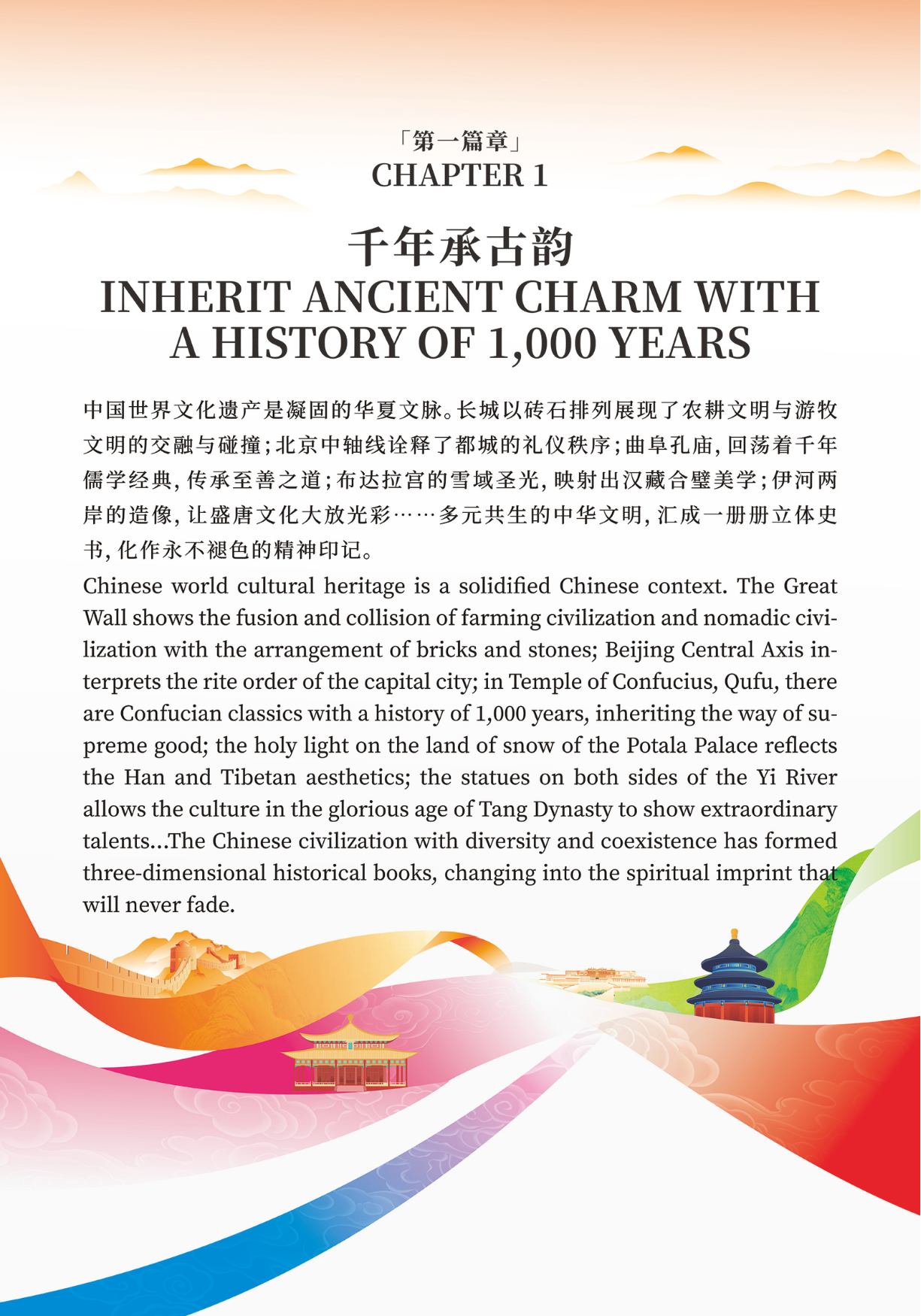
Chinese world cultural heritage is a solidified Chinese context. The Great Wall shows the fusion and collision of farming civilization and nomadic civilization with the arrangement of bricks and stones; Beijing Central Axis interprets the rite order of the capital city; in Temple of Confucius, Qufu, there are Confucian classics with a history of 1,000 years, inheriting the way of supreme good; the holy light on the land of snow of the Potala Palace reflects the Han and Tibetan aesthetics; the statues on both sides of the Yi River allows the culture in the glorious age of Tang Dynasty to show extraordinary talents…
The Chinese civilization with diversity and coexistence has formed three-dimensional historical books, changing into the spiritual imprint thai will never fade.
Chapter 2: Show Elegance and Talent with Culture
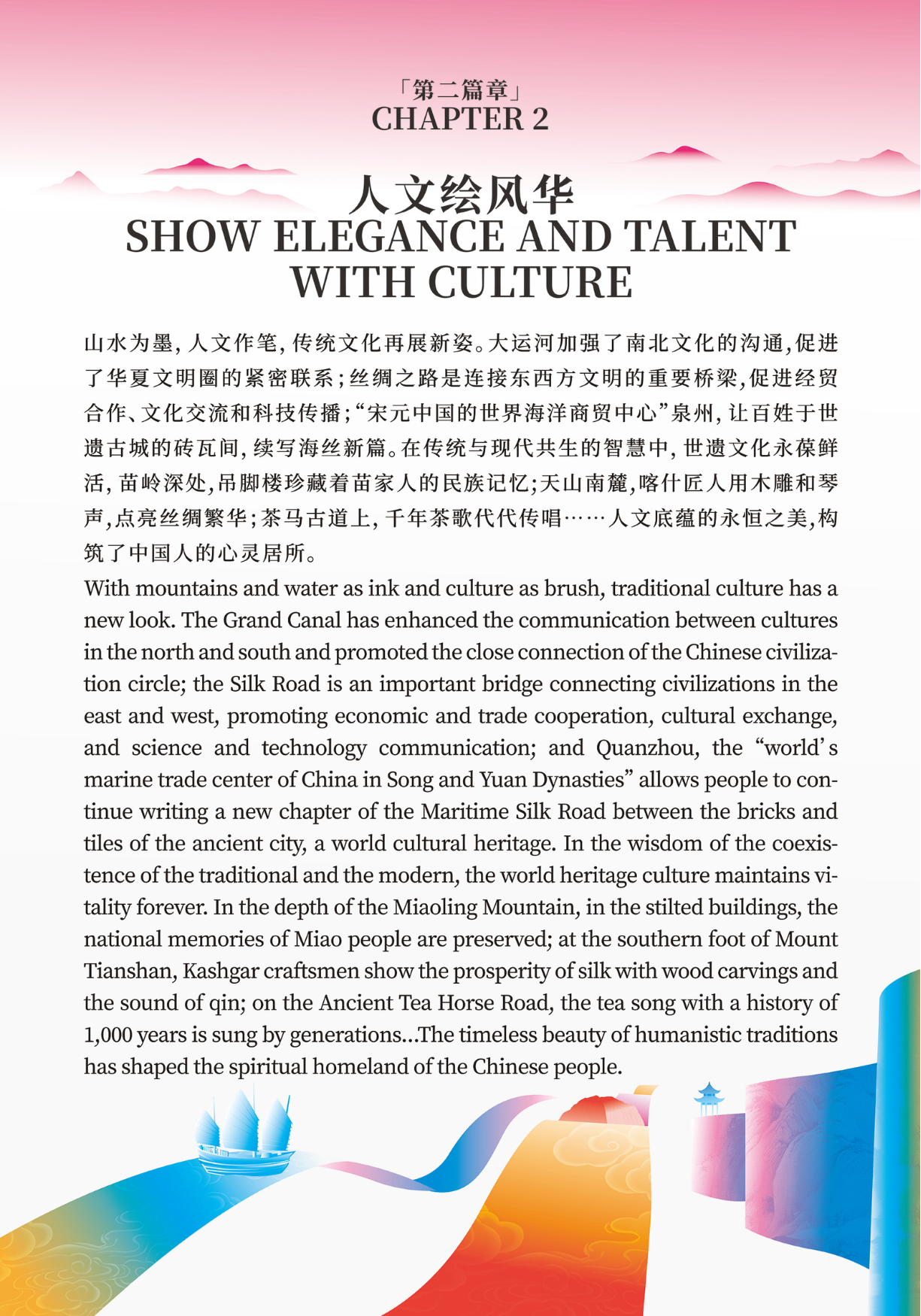
With mountains and water as ink and culture as brush, traditional culture has a new look. The Grand Canal has enhanced the communication between cultures in the north and south and promoted the close connection of the Chinese civilization circle; the Silk Road is an important bridge connecting civilizations in the east and west, promoting economic and trade cooperation, cultural exchange, and science and technology communication; and Quanzhou, the “world’s marine trade center of China in Song and Yuan Dynasties” allows people to continue writing a new chapter of the Maritime Silk Road between the bricks and tiles of the ancient city, a world cultural heritage. In the wisdom of the coexistence of the traditional and the modern, the world heritage culture maintains vitality forever.
In the depth of the Miaoling Mountain, in the stilted buildings, the national memories of Miao people are preserved; at the southern foot of Mount Tianshan, Kashgar craftsmen show the prosperity of silk with wood carvings and the sound of qin; on the Ancient Tea Horse Road, the tea song with a history of 1,000 years is sung by generations…The timeless beauty of humanistic traditions has shaped the spiritual homeland of the Chinese people.
Chapter 3: Enjoy a New Realm in Travel
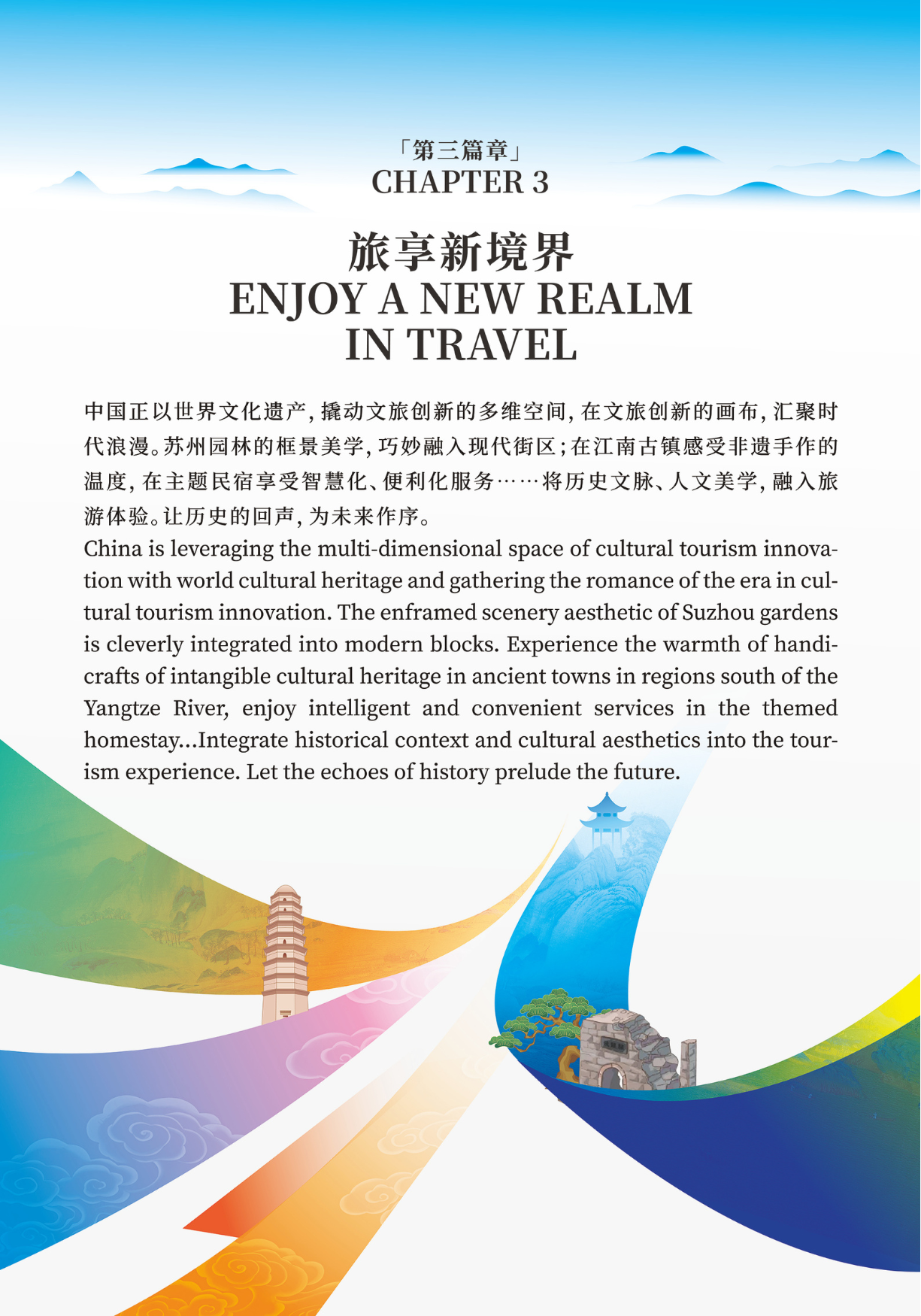
China is leveraging the multi-dimensional space of cultural tourism innovation with world cultural heritage and gathering the romance of the era in cultural tourism innovation. The enframed scenery aesthetic of Suzhou gardens is cleverly integrated into modern blocks. Experience the warmth of handicrafts of intangible cultural heritage in ancient towns in regions south of the Yangtze River, enjoy intelligent and convenient services in the themed homestay…Integrate historical context and cultural aesthetics into the tourism experience. Let the echoes of history prelude the future.
